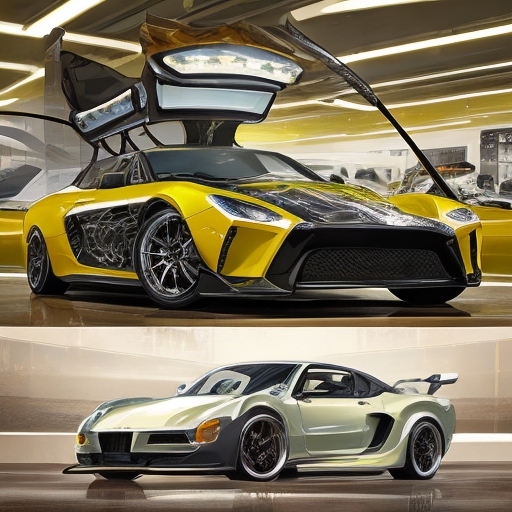
In the vast realm of transportation, the terms “car” and “automobile” are often used interchangeably, prompting curiosity about whether they hold any true differences. Let’s embark on a comprehensive exploration to unravel the nuances between these seemingly synonymous concepts and delve into whether there’s a significant distinction between them.
Introduction:
At the heart of any discussion regarding transportation lies the importance of grasping the fundamental terminology that underpins the vast array of vehicles traversing our roads and highways. A vehicle serves as a multifaceted term, encapsulating a diverse spectrum of machinery engineered for the purpose of transportation. From the towering presence of massive trucks hauling goods across continents to the humble efficiency of agricultural tractors tilling fields, vehicles embody the ingenuity of human engineering in motion. Even at the other end of the scale, the nimble agility of bicycles and the sleek speed of motorcycles find their place within this expansive category. In essence, vehicles serve as the tangible manifestations of human ingenuity, designed to navigate the varied landscapes of our lives.
However, within the broad umbrella of vehicles, a distinct subset emerges: the automobile. Defined by its primary function of transporting passengers, an automobile represents a specialized form of vehicular innovation, emphasizing personal mobility and convenience. Unlike the utilitarian nature of many other vehicles, automobiles prioritize the comfort and safety of their occupants, offering an enclosed space tailored for human travel. This distinction underscores the evolution of transportation from a purely utilitarian endeavor to one centered around individual needs and preferences. As such, while every automobile falls under the category of vehicles, not all vehicles can claim the designation of automobiles, as they lack the specific focus on passenger transportation inherent to the latter.
Thus, in delineating between vehicles and automobiles, we discern not only a semantic difference but also a conceptual one. Vehicles encompass a broad array of machinery designed for transportation purposes, spanning a diverse range of functions and forms. On the other hand, automobiles represent a subset within this classification, distinguished by their primary focus on ferrying passengers from one point to another. Understanding this foundational distinction allows us to navigate the landscape of transportation with clarity, appreciating the nuanced role that each category plays in shaping our daily lives and societal structures.
Exploring Cars: Personalized Transportation Solutions: When we speak of cars, we typically envision passenger vehicles meticulously crafted for personal transportation needs. They come in diverse shapes and sizes, catering to various preferences and lifestyles. From compact hatchbacks designed for urban maneuverability to elegant sedans exuding luxury and sophistication, and rugged SUVs built for versatility and adventure, cars offer a spectrum of options to suit every driver’s needs.
Delving into Automobiles: A Formal Perspective: Now, let’s delve deeper into the concept of automobiles. While the term “automobile” may evoke a sense of formality or technicality, it essentially refers to the same type of vehicle as a car – one designed for the transportation of passengers. The distinction often lies in its usage within specific contexts, such as formal documentation, technical discussions, or historical references. In everyday conversation, most individuals simply refer to their personal vehicles as cars, employing a more colloquial and familiar term.
The Practical Similarities: So, do cars and automobiles differ significantly in functionality or design? From a practical standpoint, not necessarily. Both terms encompass vehicles engineered to transport passengers efficiently and safely from one location to another. However, the choice between using “car” or “automobile” may depend on the formality of the setting or the preference of the speaker.
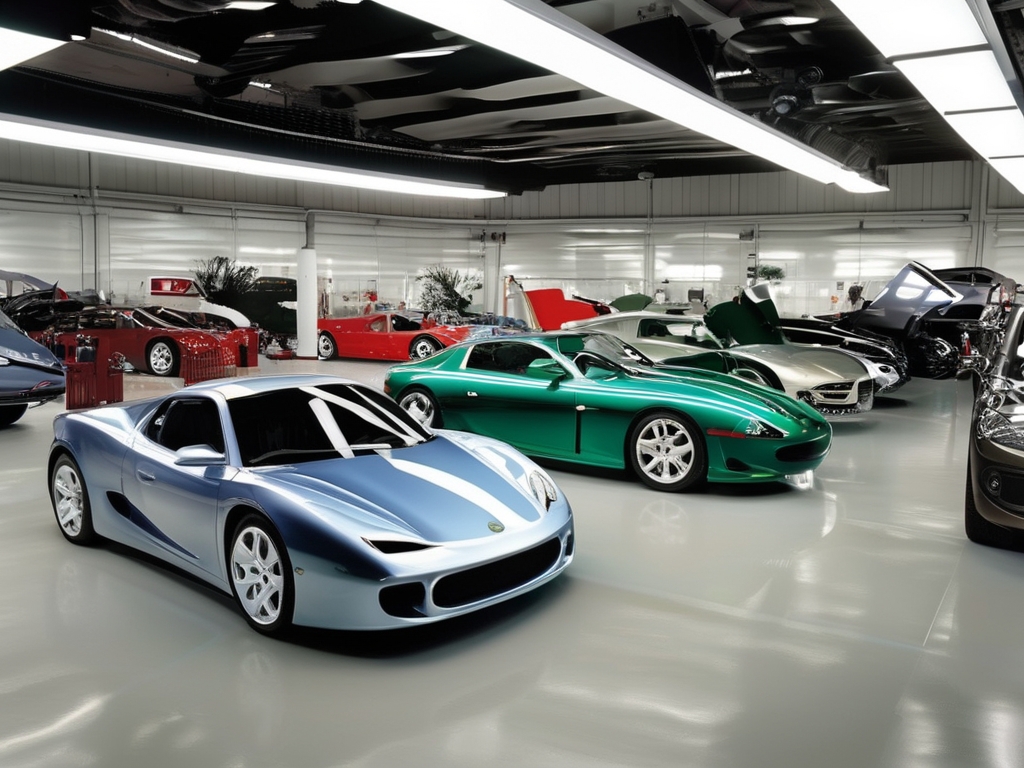
Beyond Semantics: Cars and Automobiles in Our Lives: In essence, the distinction between a car and an automobile lies more in semantics and context rather than in tangible differences in functionality or design. Whether you’re driving a compact sedan through bustling city streets or navigating expansive highways in a spacious SUV, you’re essentially operating an automobile – or simply put, a car.
Evolution of Transportation: From Horseless Carriages to Electric Vehicles: Moreover, the evolution of cars and automobiles reflects the advancements in technology, design, and societal values over the decades. From the earliest horseless carriages of the late 19th century to the sophisticated electric vehicles and autonomous cars of the 21st century, the automotive industry has continuously pushed the boundaries of innovation, efficiency, and sustainability.
Innovations Shaping the Future of Automobiles: In recent years, the concept of automobiles has expanded to encompass not only traditional gasoline-powered vehicles but also electric cars, hybrid vehicles, and even autonomous or self-driving cars. These advancements represent a transformative shift towards greener, more sustainable modes of transportation, aimed at reducing carbon emissions, mitigating environmental impact, and enhancing overall efficiency.
Conclusion: Embracing the Intersection of Cars and Automobiles:
In conclusion, the semantic variance between the terms “car” and “automobile” might seem trivial at first glance, but their usage can often be nuanced, reflecting individual inclinations, situational appropriateness, and cultural norms. While some may favor the simplicity and colloquial familiarity of “car,” others might lean towards the formal tone and technical precision of “automobile.” This choice may be influenced by factors such as upbringing, profession, or regional dialects, underscoring the dynamic nature of language and communication.
Yet, amidst these linguistic subtleties, both terms converge on a singular essence: the embodiment of mobility and connectivity, the vessel that carries us through the arteries of modern life. Whether we traverse bustling city streets or venture into the vast expanses of the countryside, our chosen mode of transport serves as more than just a means of getting from point A to point B. It becomes an extension of ourselves, a reflection of our personality, aspirations, and lifestyle choices.
Moreover, the impact of cars and automobiles transcends the realm of mere transportation. They weave themselves into the fabric of our daily routines, shaping the rhythms of our existence and catalyzing the moments that define us. From the exhilarating rush of a cross-country road trip to the quiet intimacy of a late-night drive under star-studded skies, these machines become conduits for adventure, exploration, and self-discovery.
But their significance extends beyond individual experiences. Cars and automobiles have woven themselves into the very fabric of society, reshaping landscapes, economies, and cultural landscapes. They have spurred innovations in urban planning, commerce, and leisure, fostering interconnected communities and forging new pathways towards progress.
In an era marked by rapid technological advancements and shifting paradigms, the future of cars and automobiles appears poised at a crossroads. With the rise of electric vehicles, autonomous driving technologies, and shared mobility solutions, we stand on the cusp of a transformative era in transportation. These developments promise not only increased efficiency and sustainability but also a reimagining of our relationship with mobility itself.
As we navigate this ever-evolving landscape, one thing remains certain: the enduring allure of the open road, stretching out before us like an endless ribbon of possibility. Whether we choose to embark on solo journeys of self-discovery or traverse the highways with loved ones by our side, the journey itself becomes a testament to the enduring legacy of cars and automobiles – symbols of freedom, adventure, and the boundless spirit of exploration.


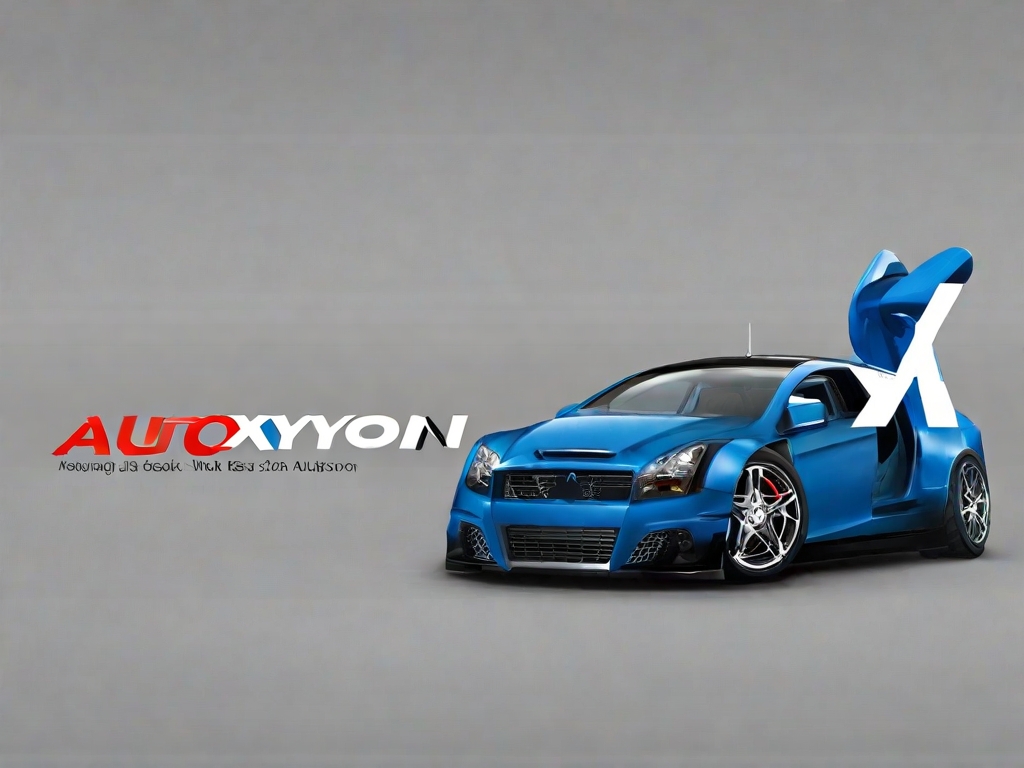

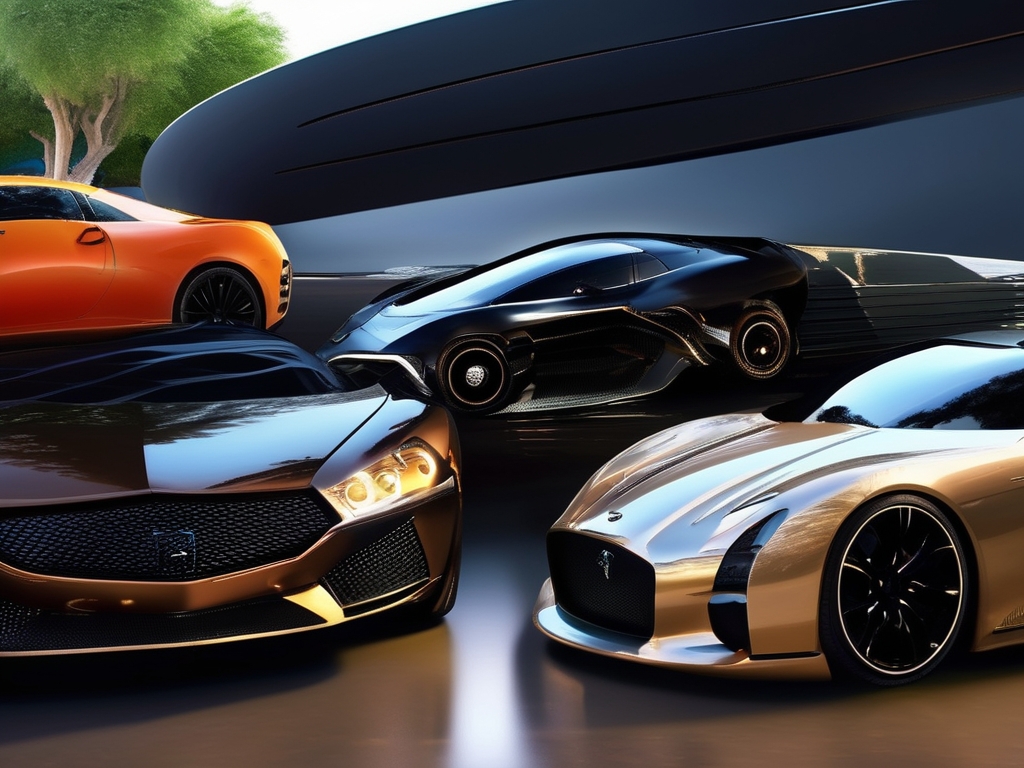


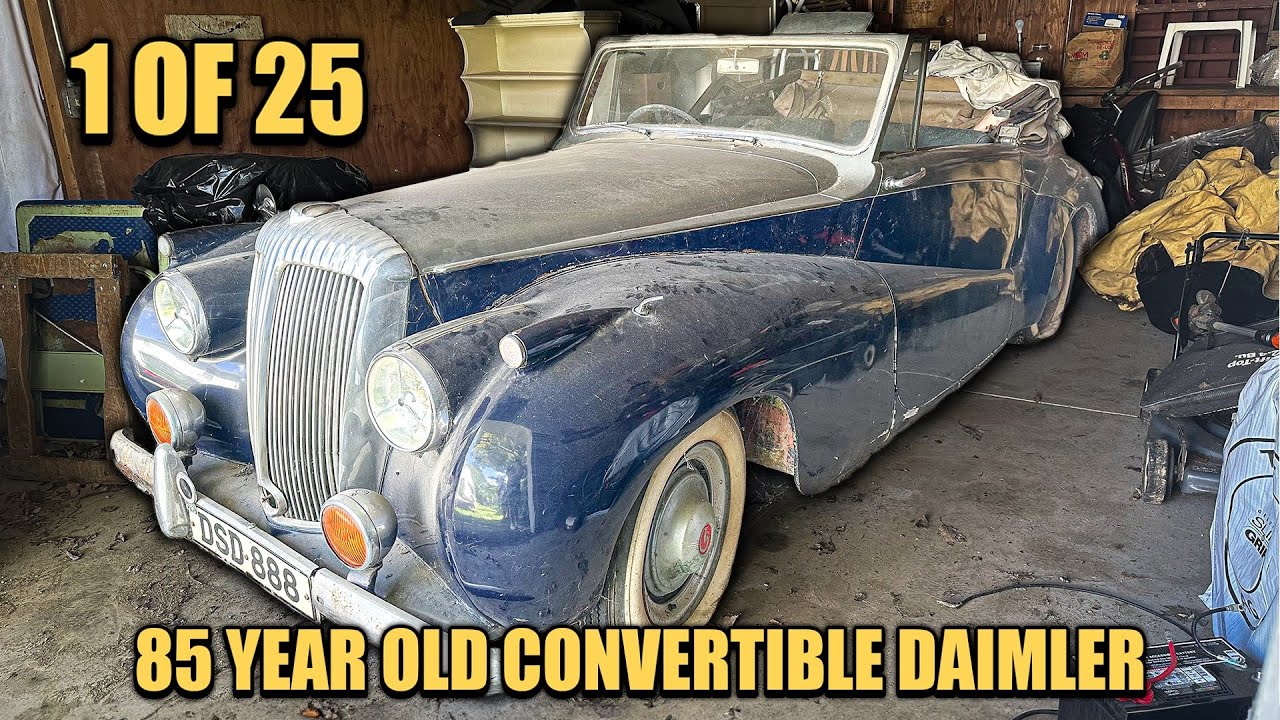
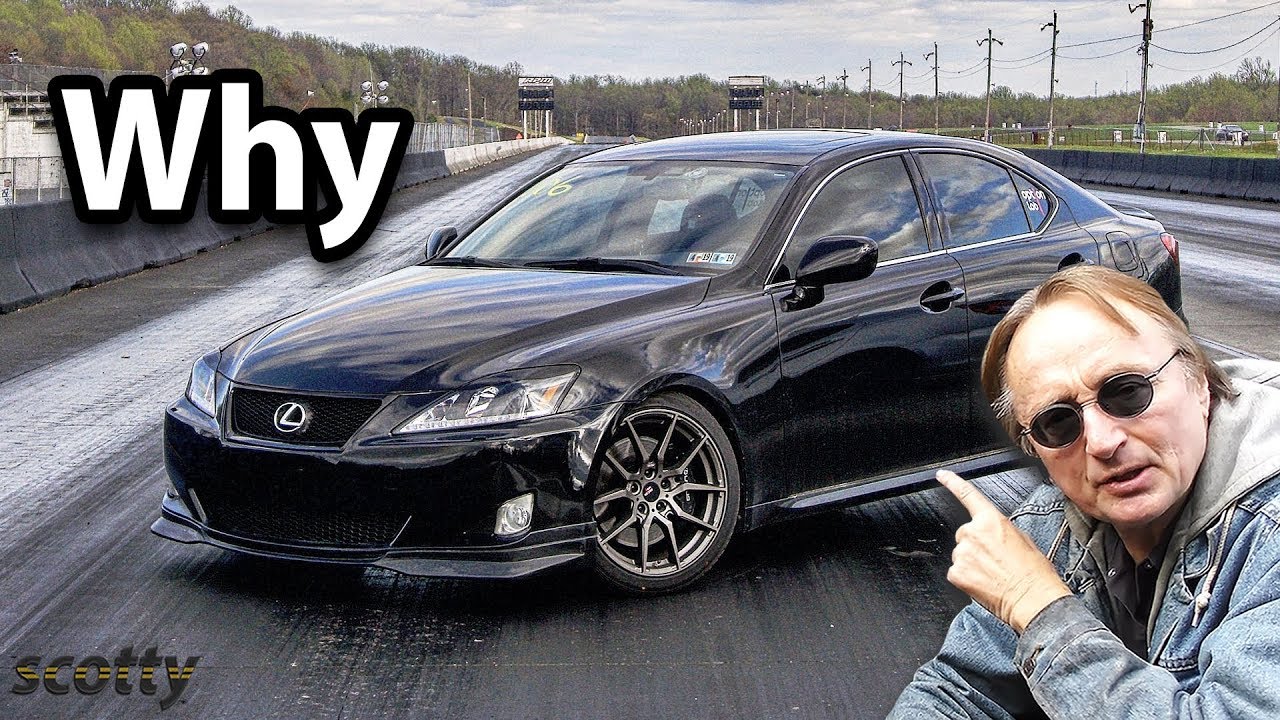










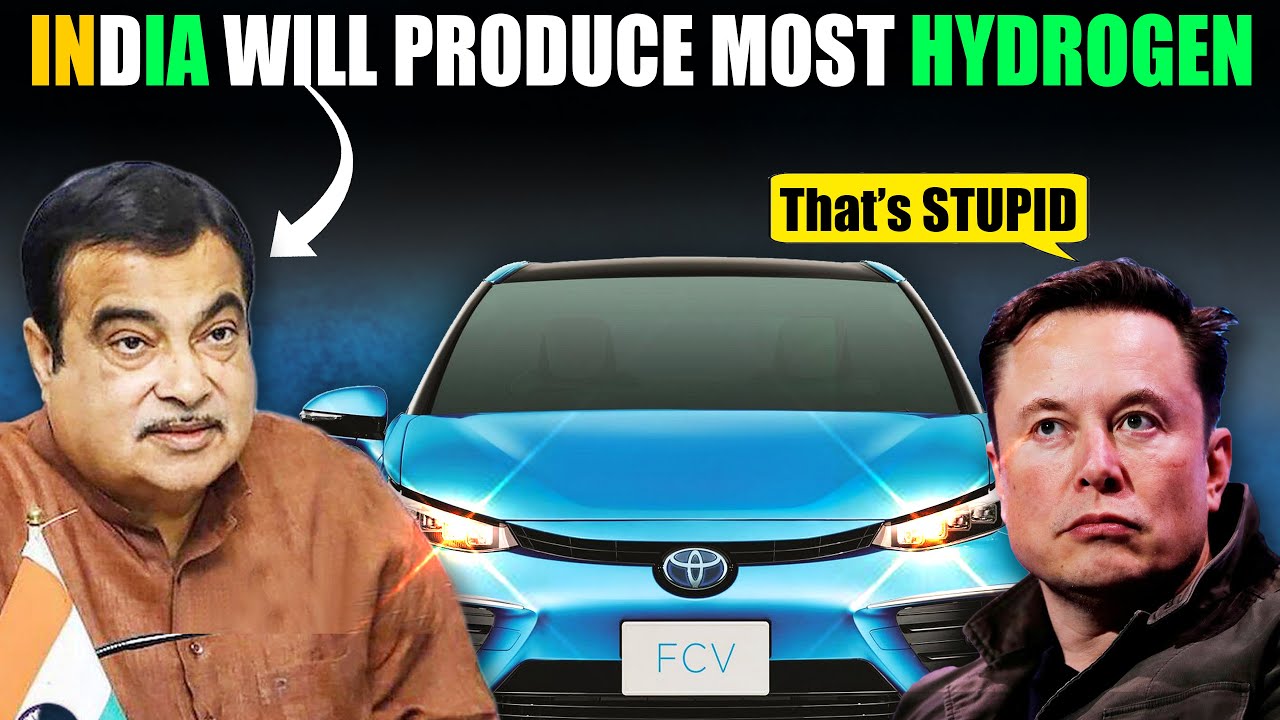



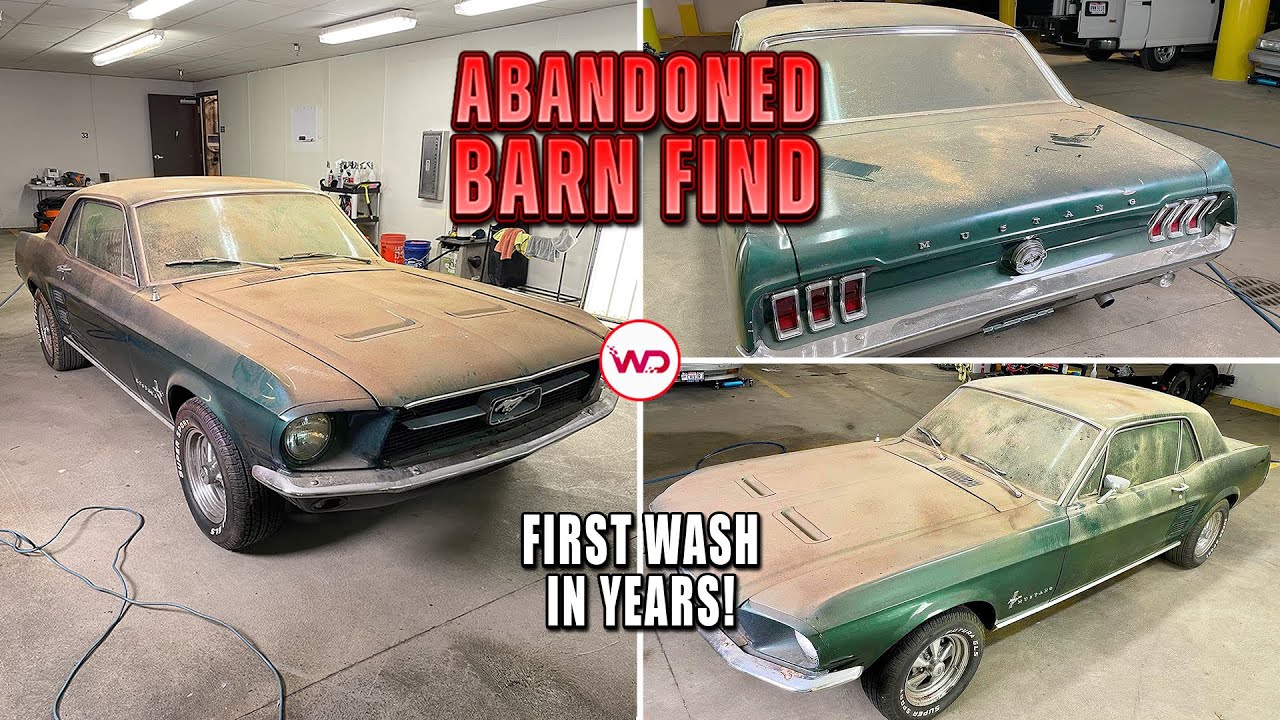







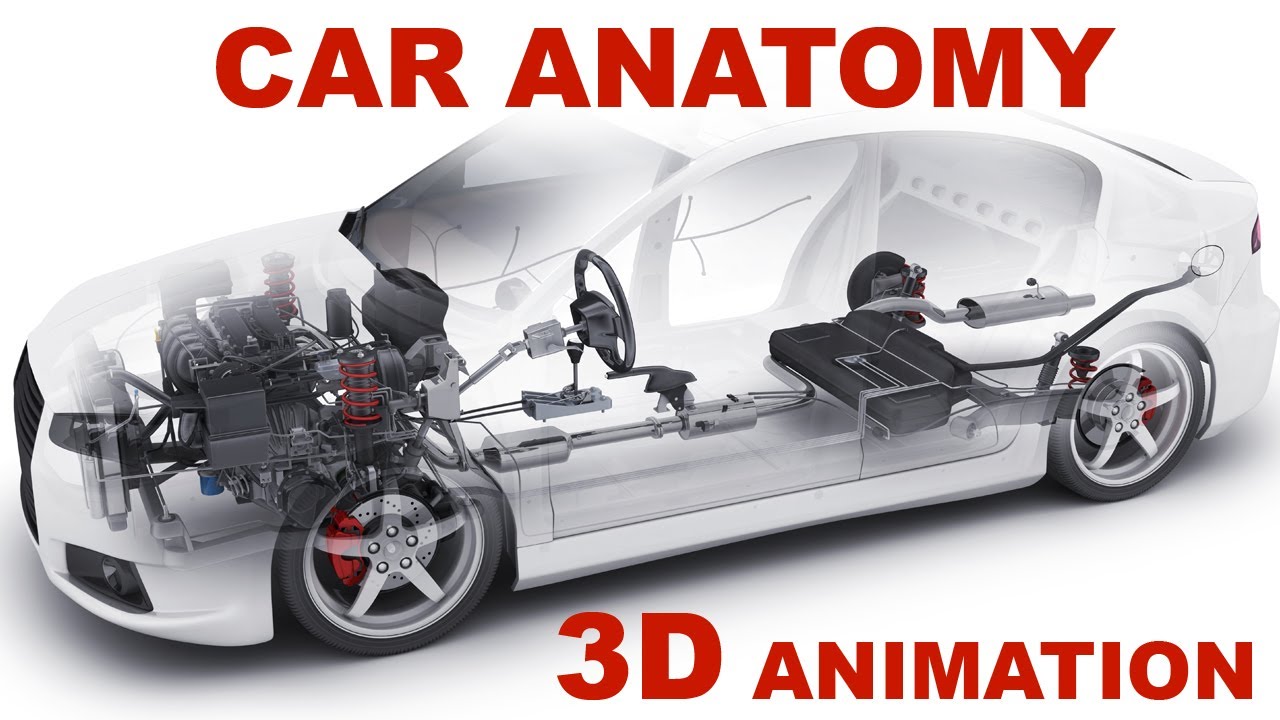



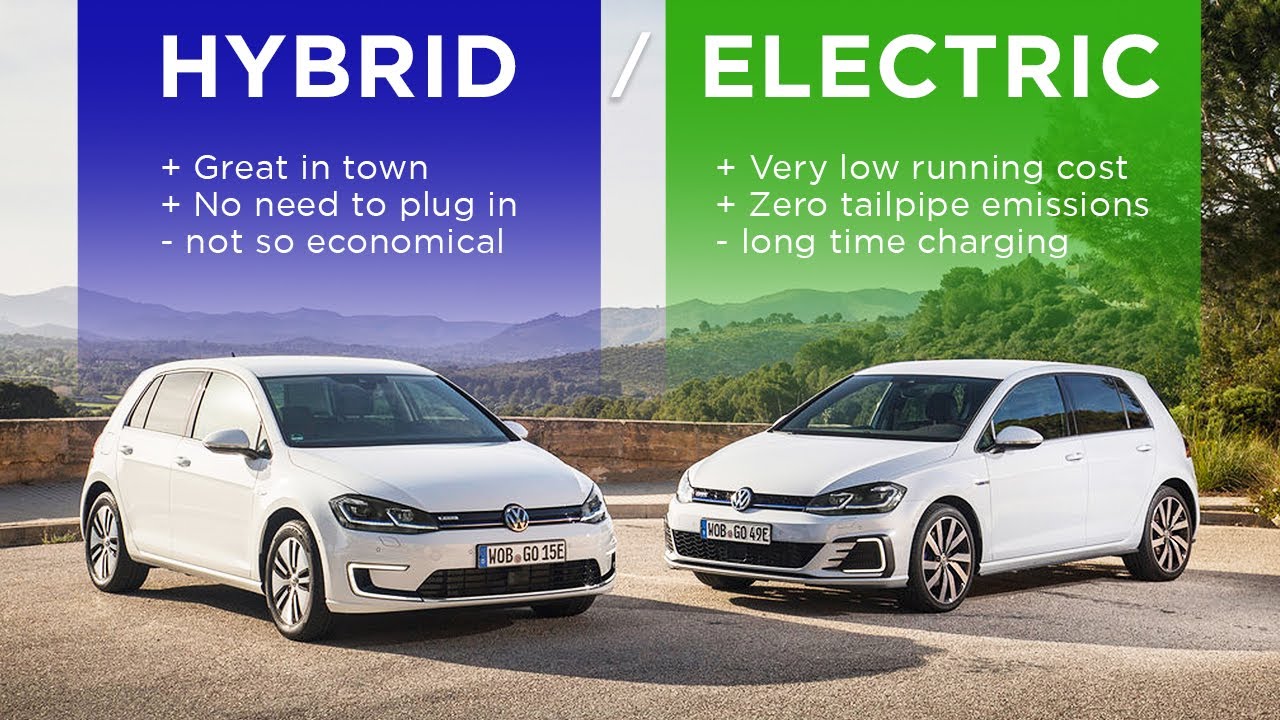

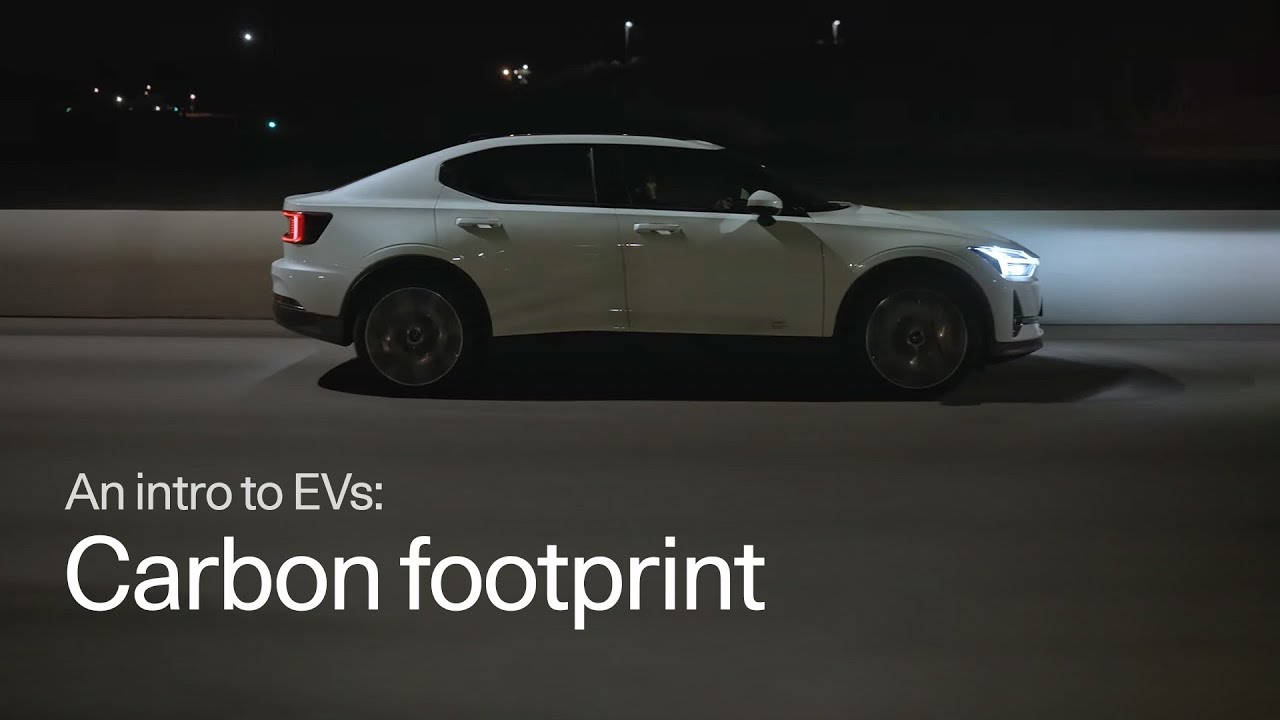




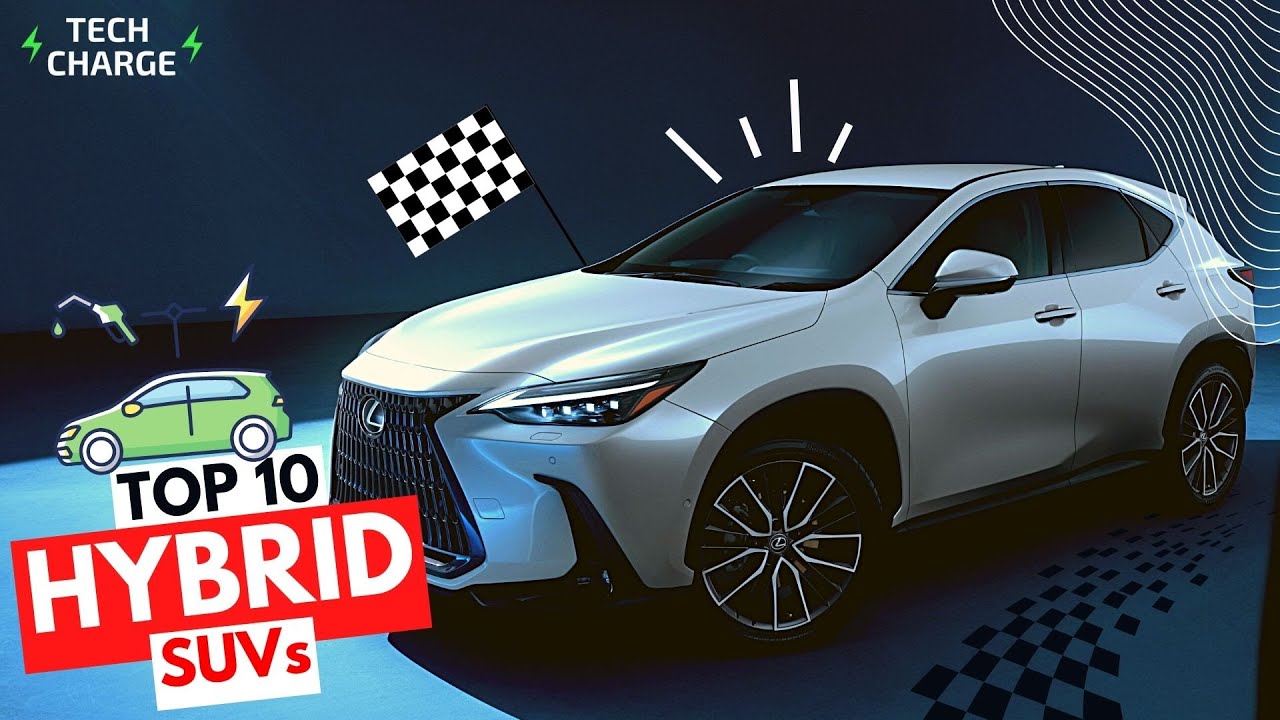

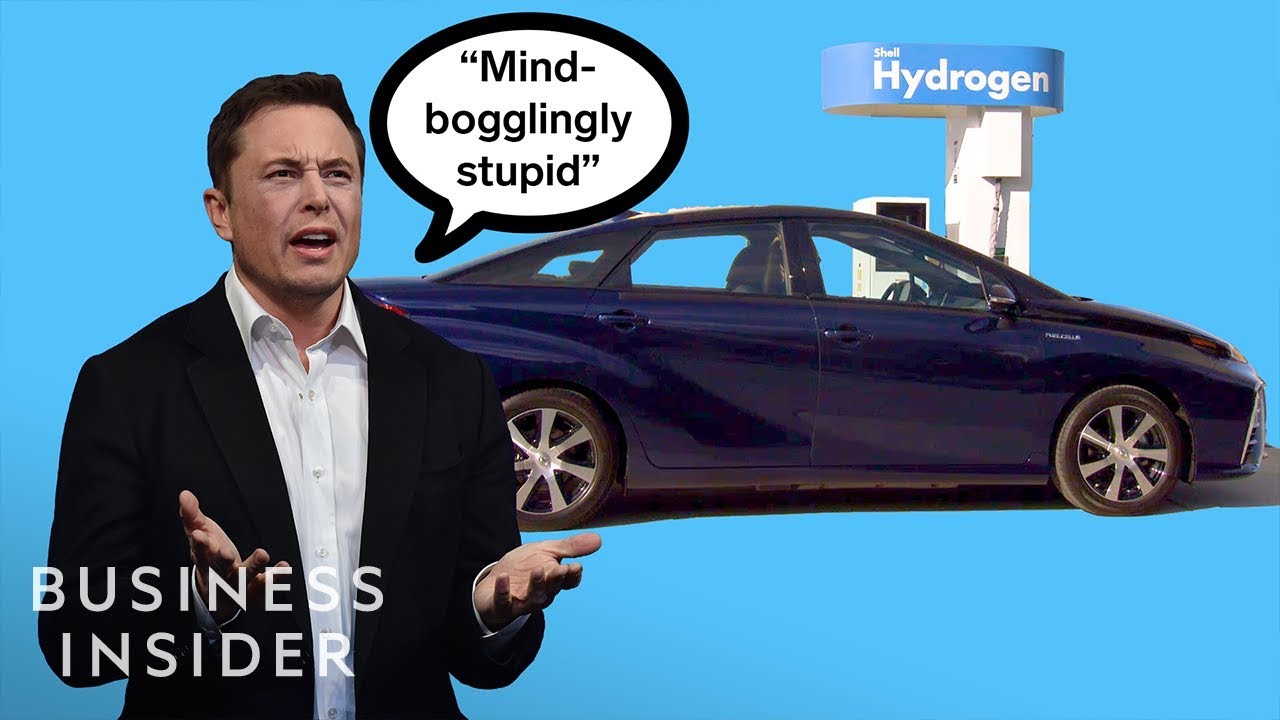

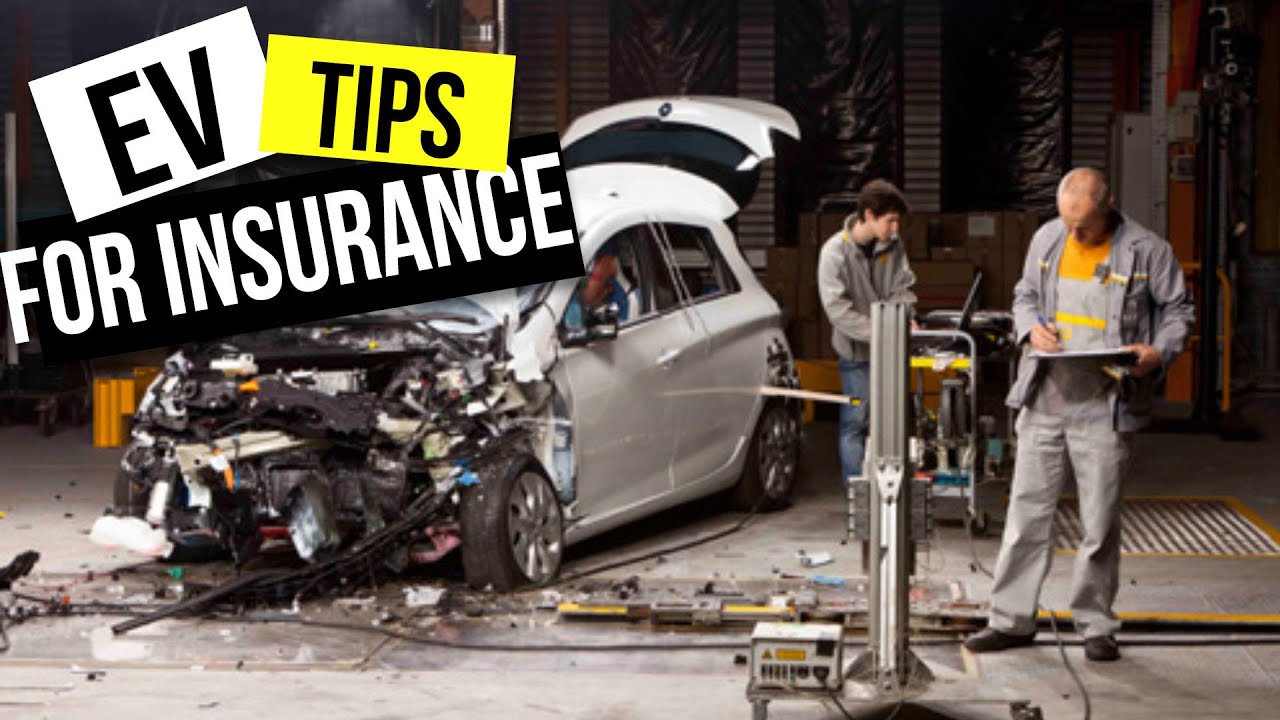










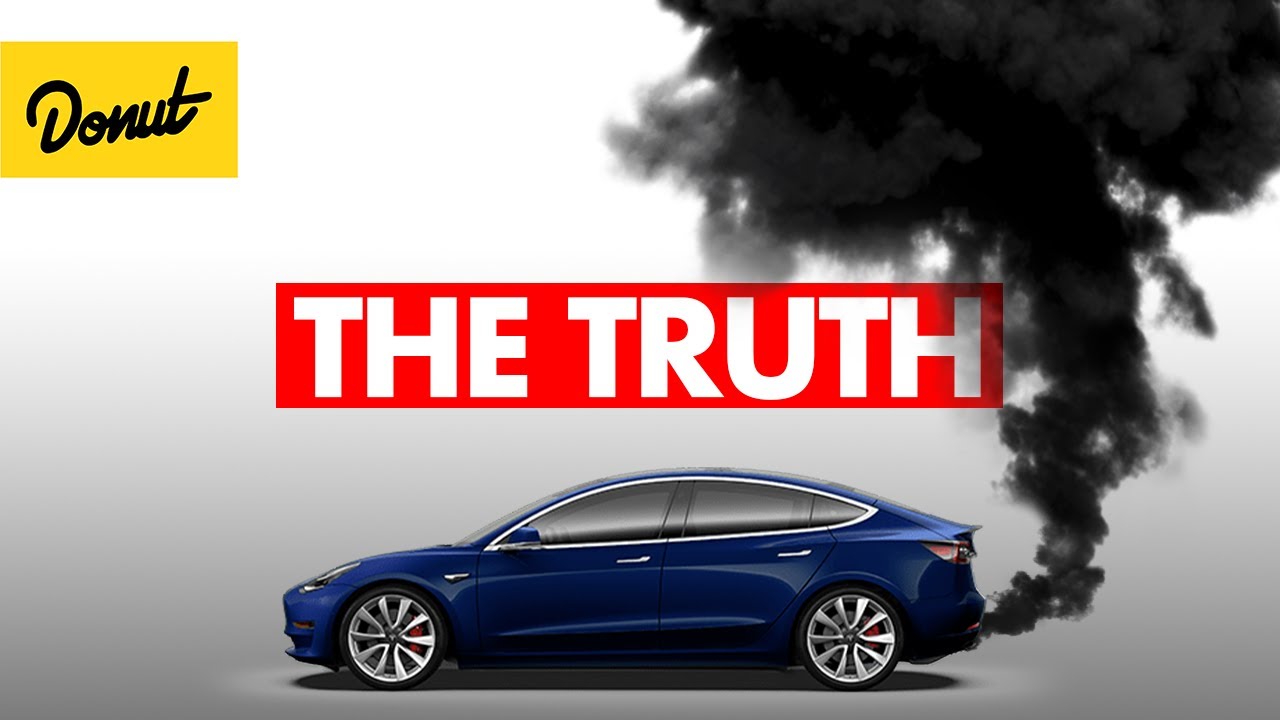








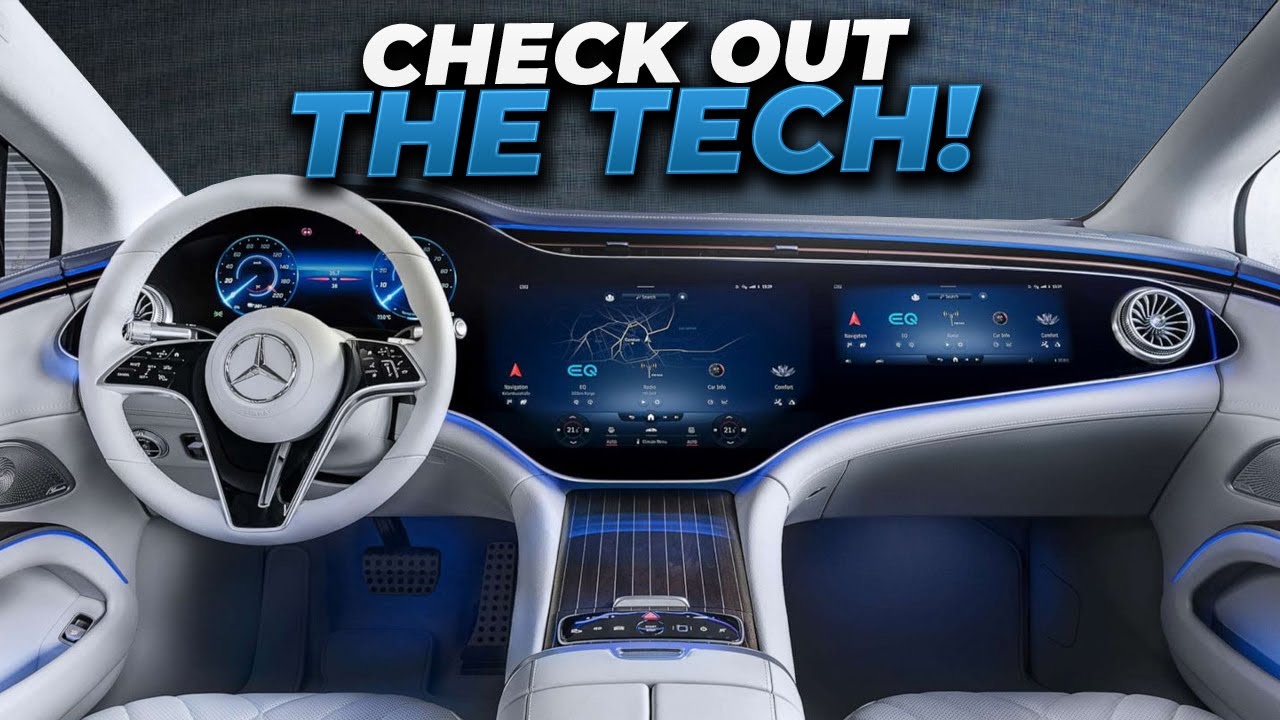








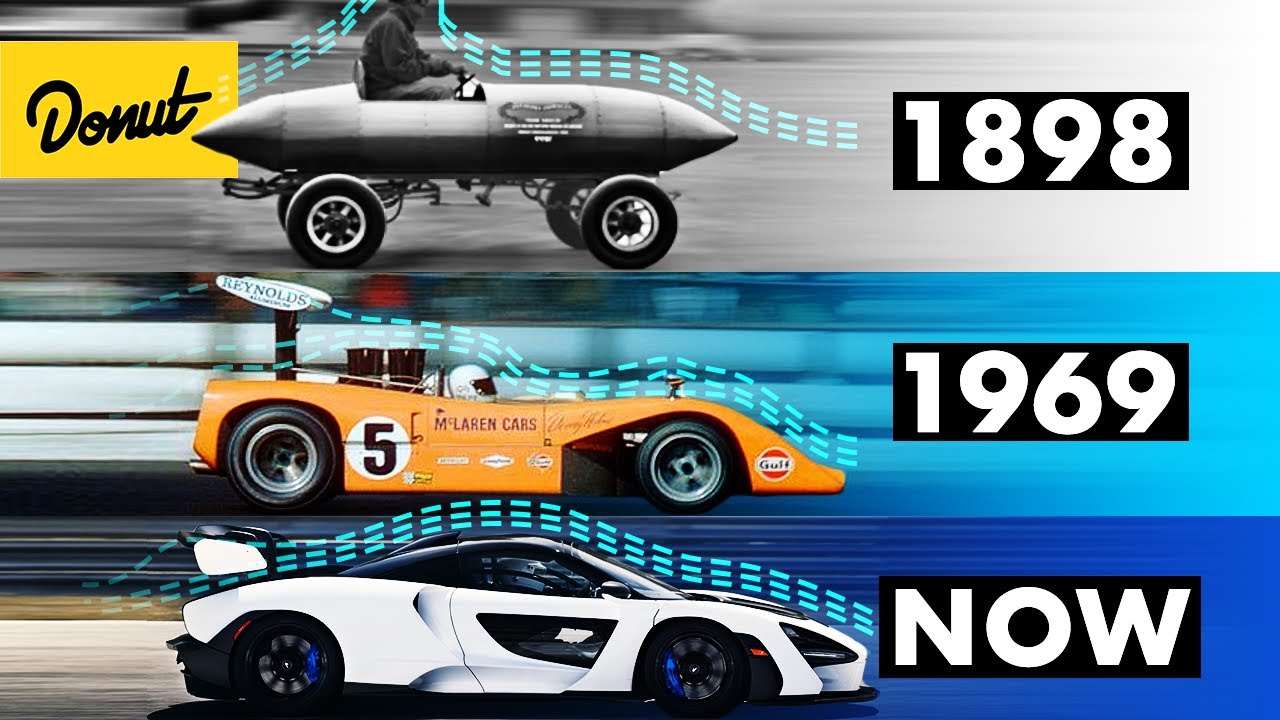



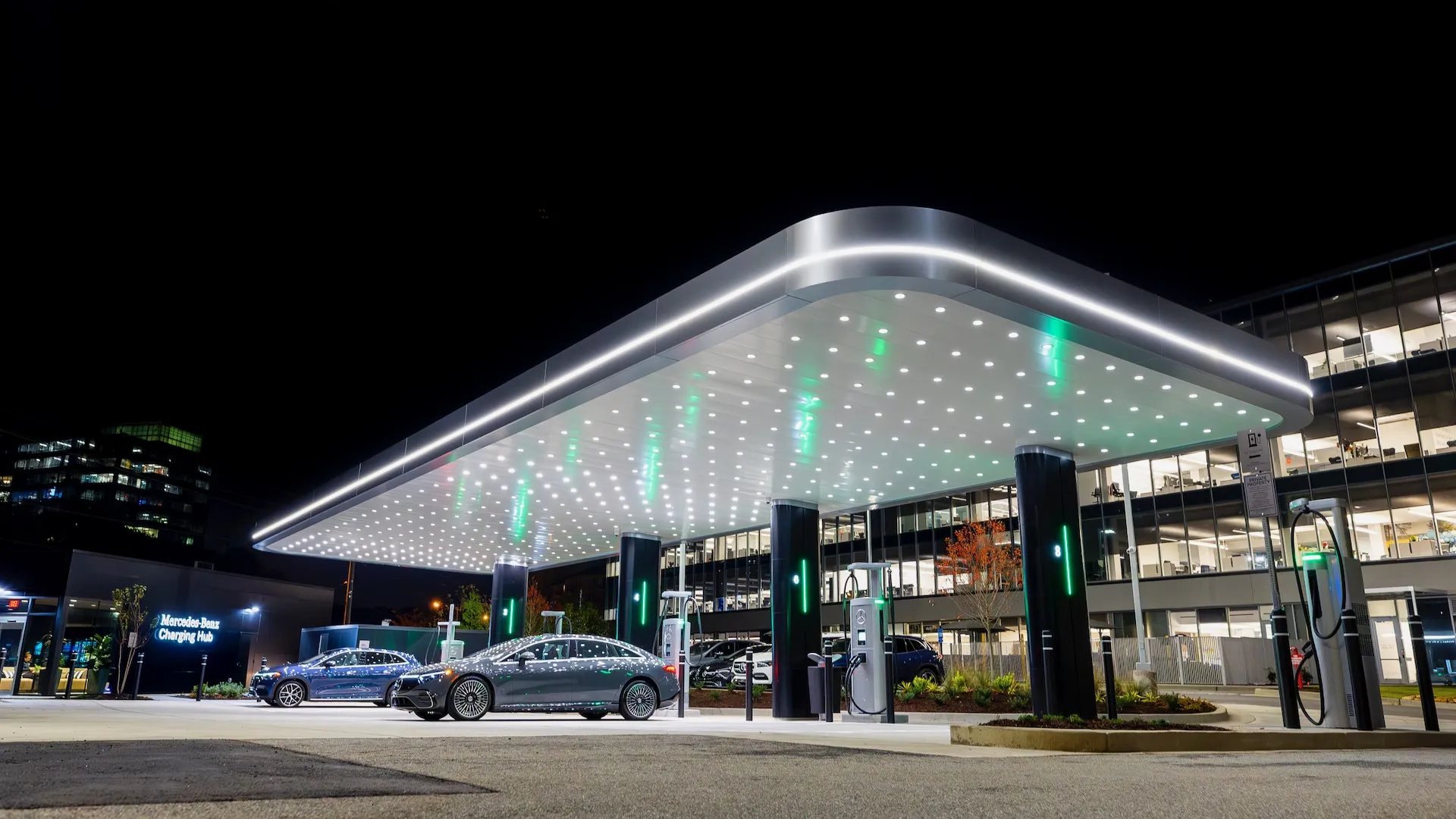
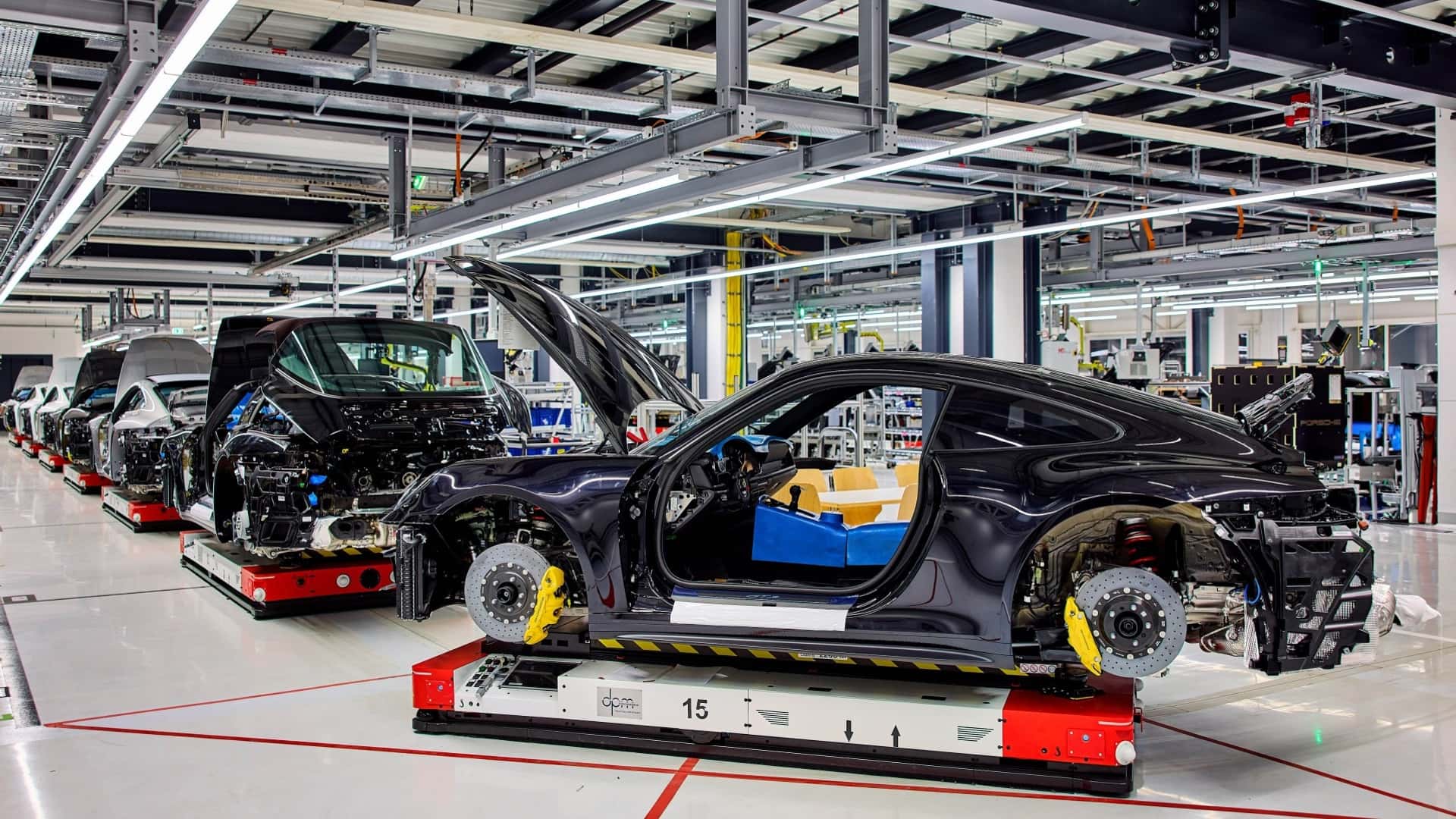

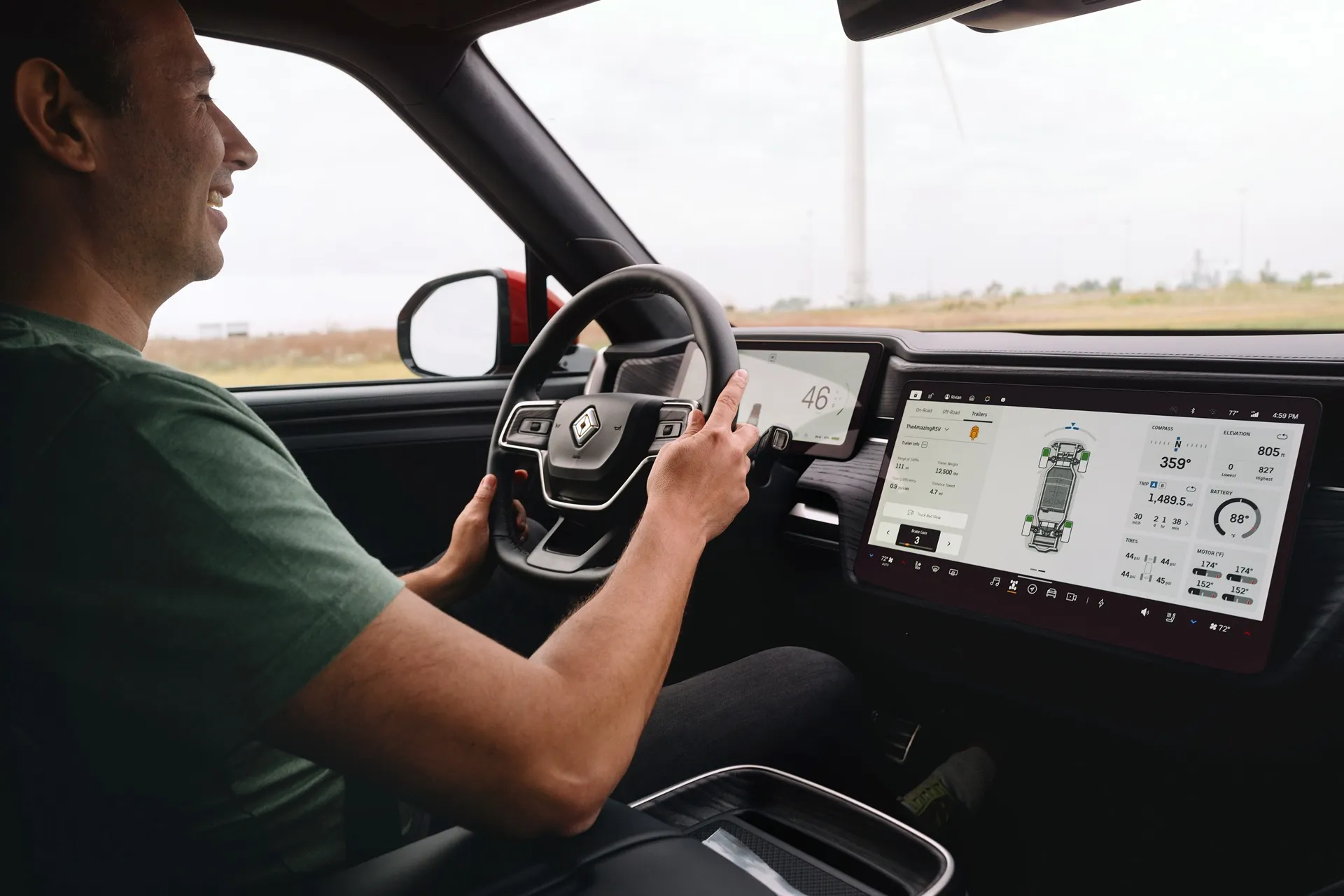
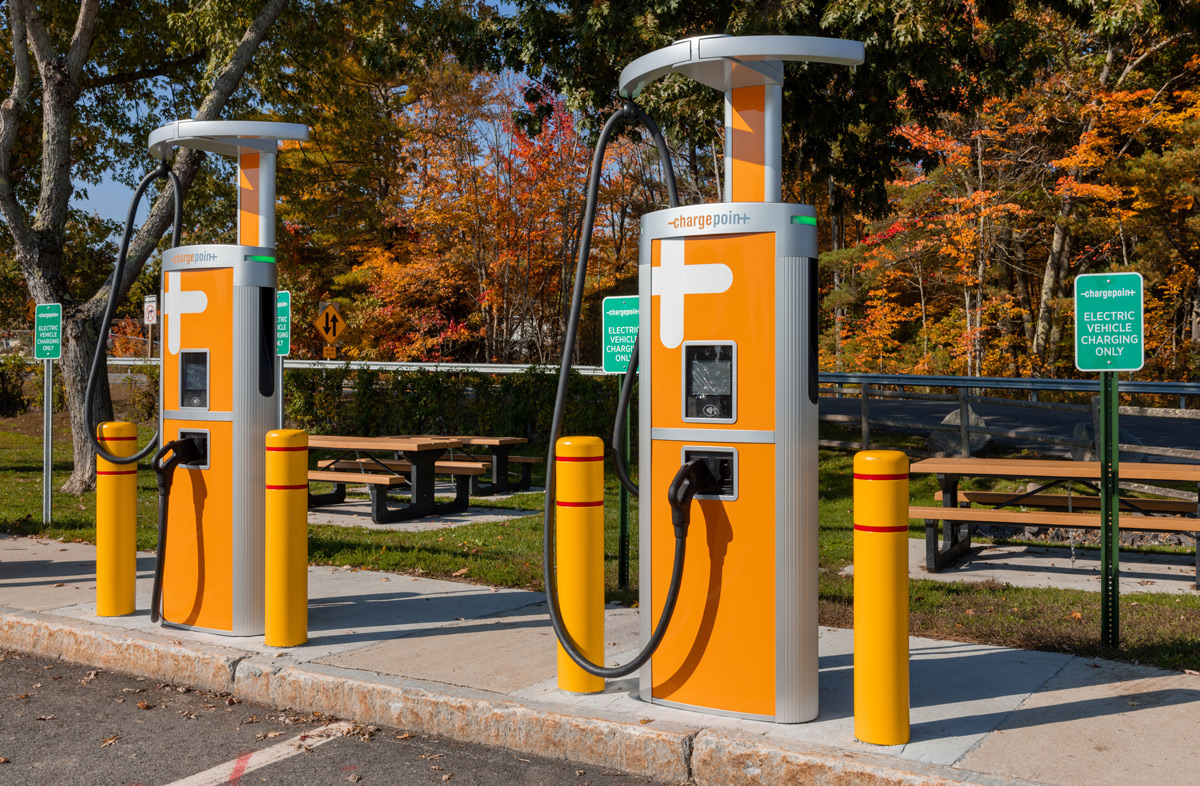




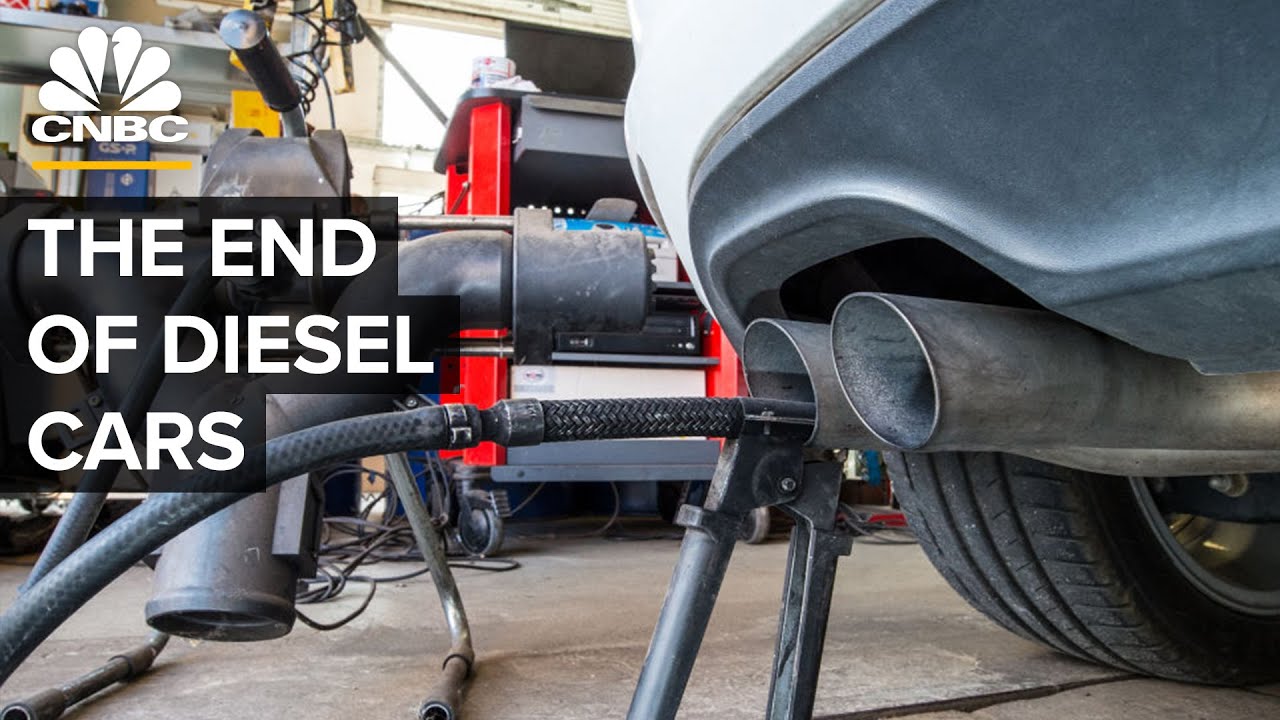









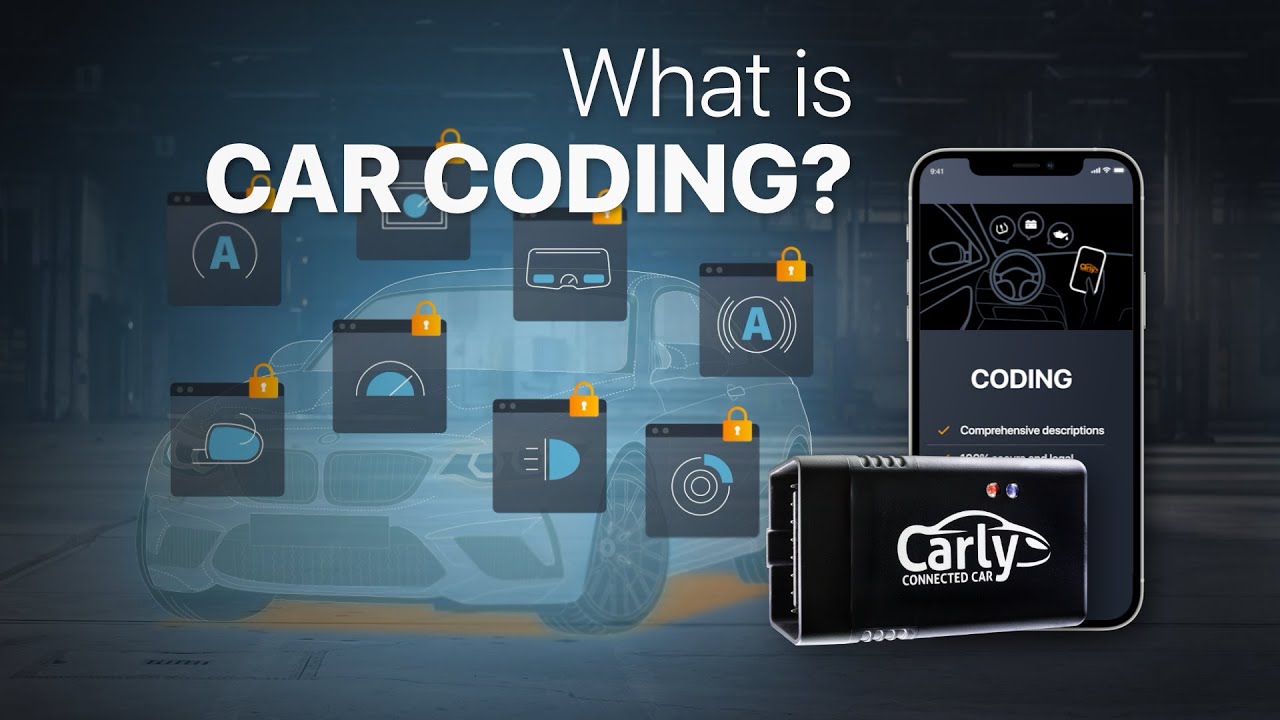
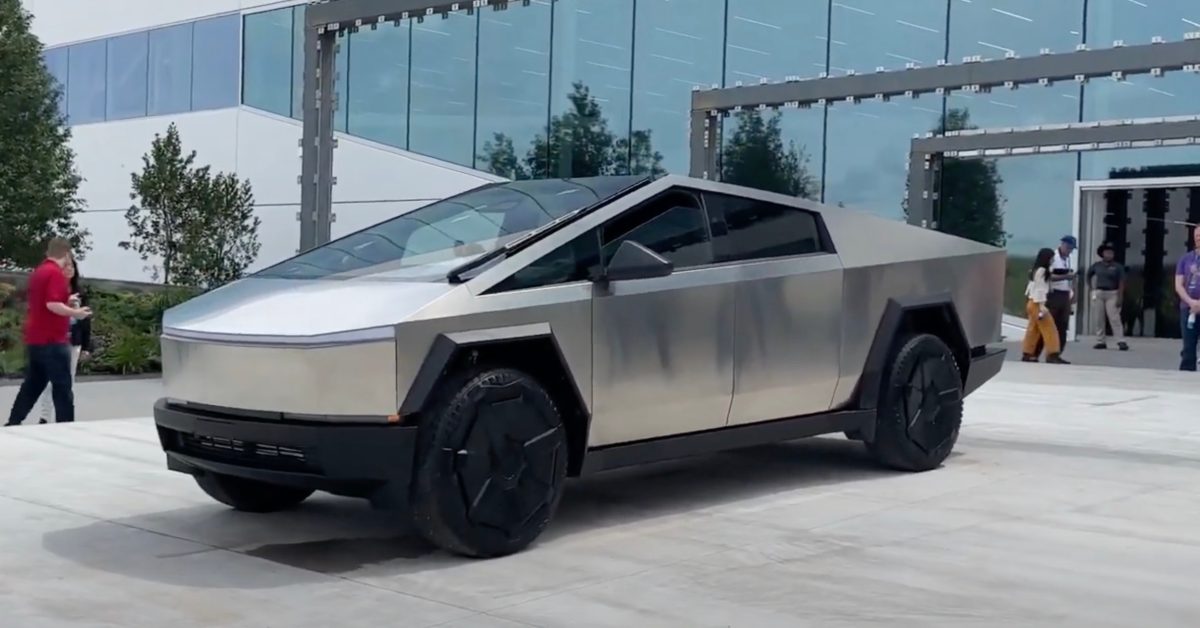

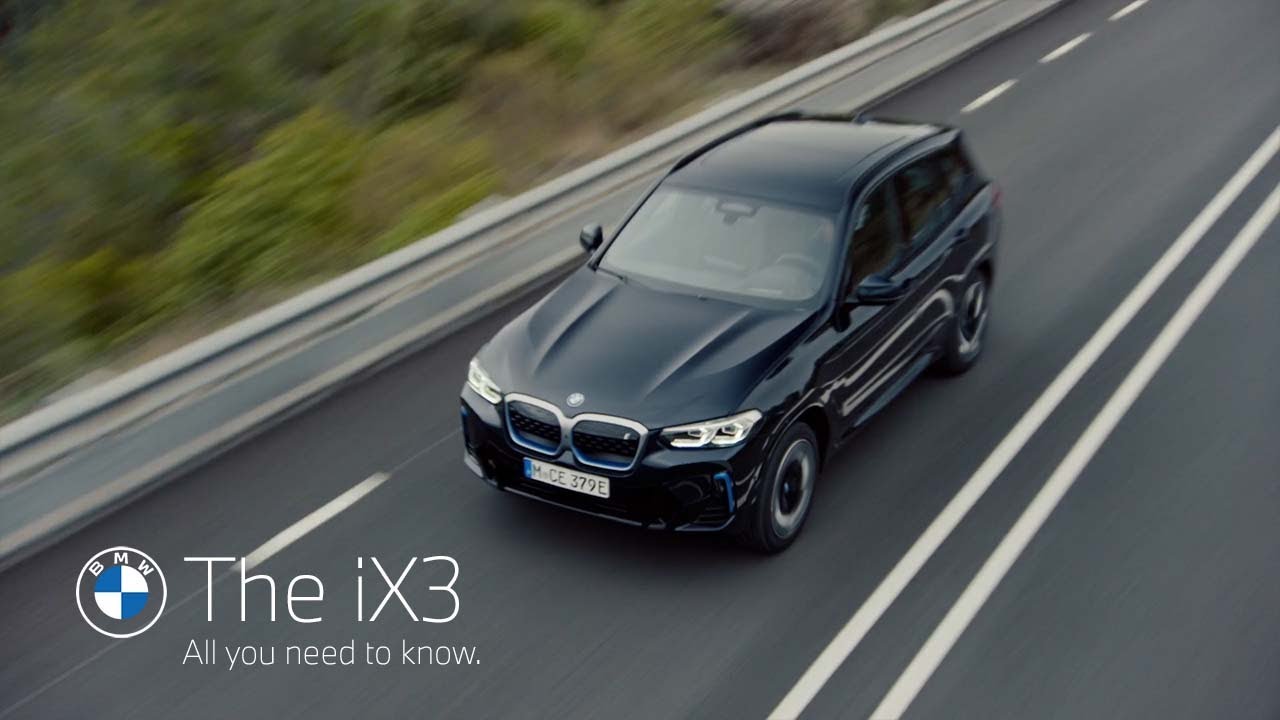

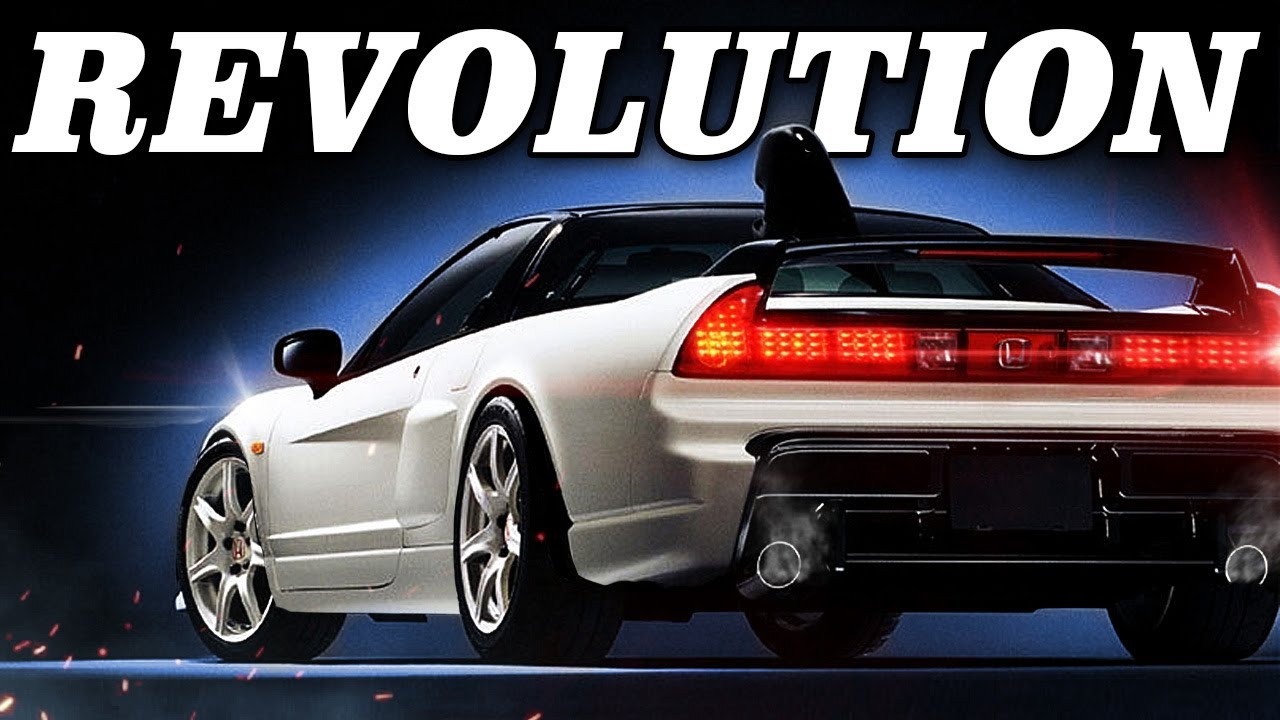

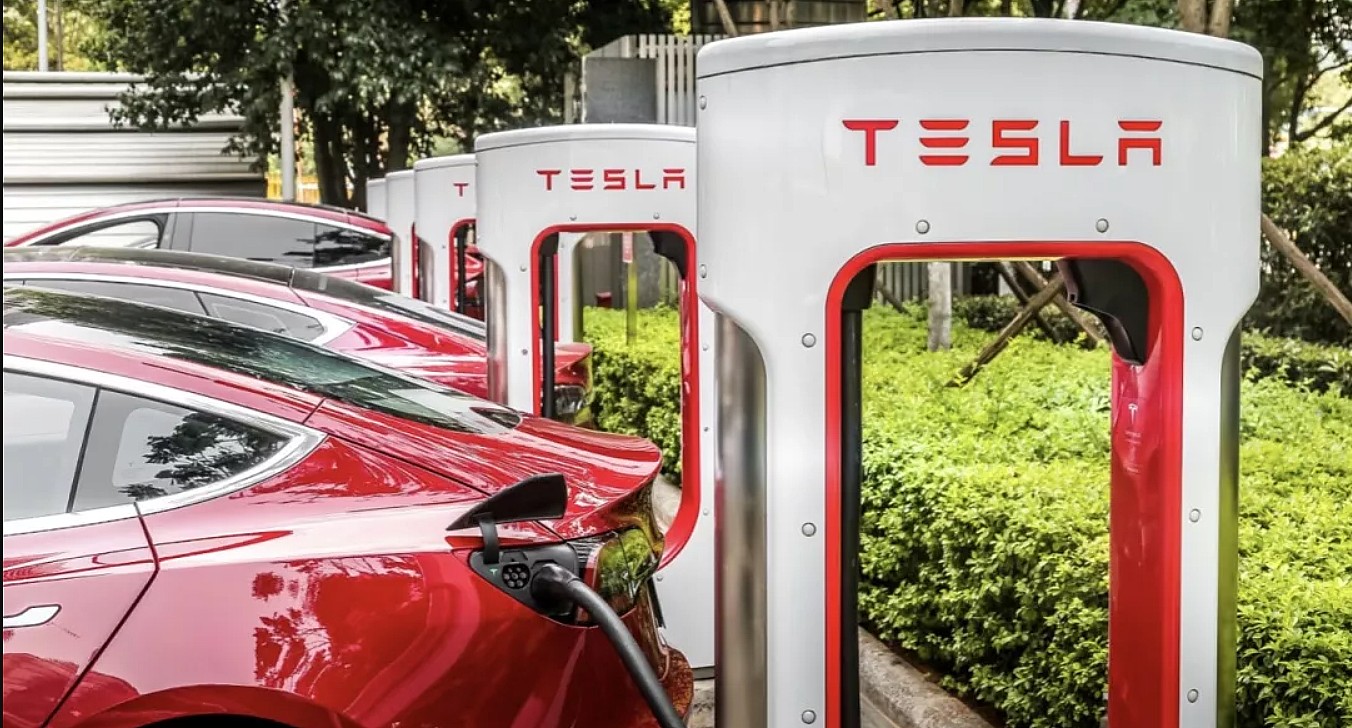











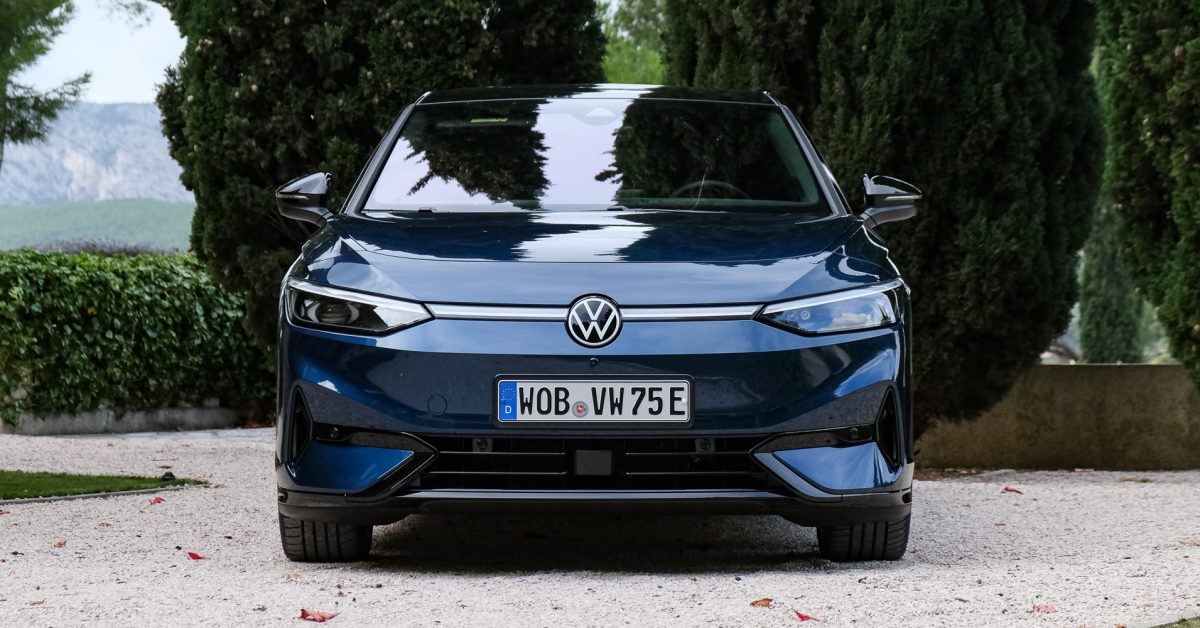



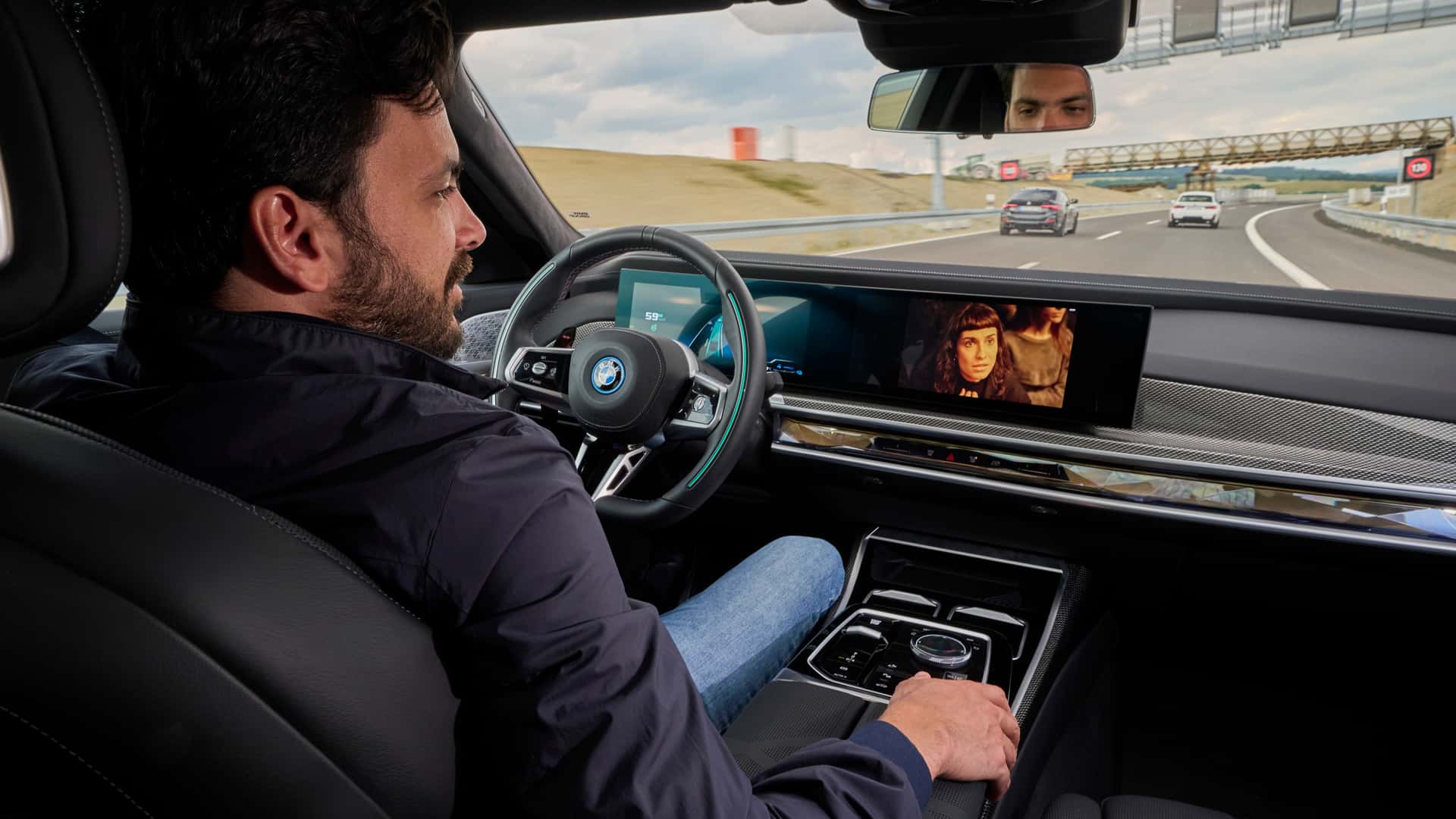
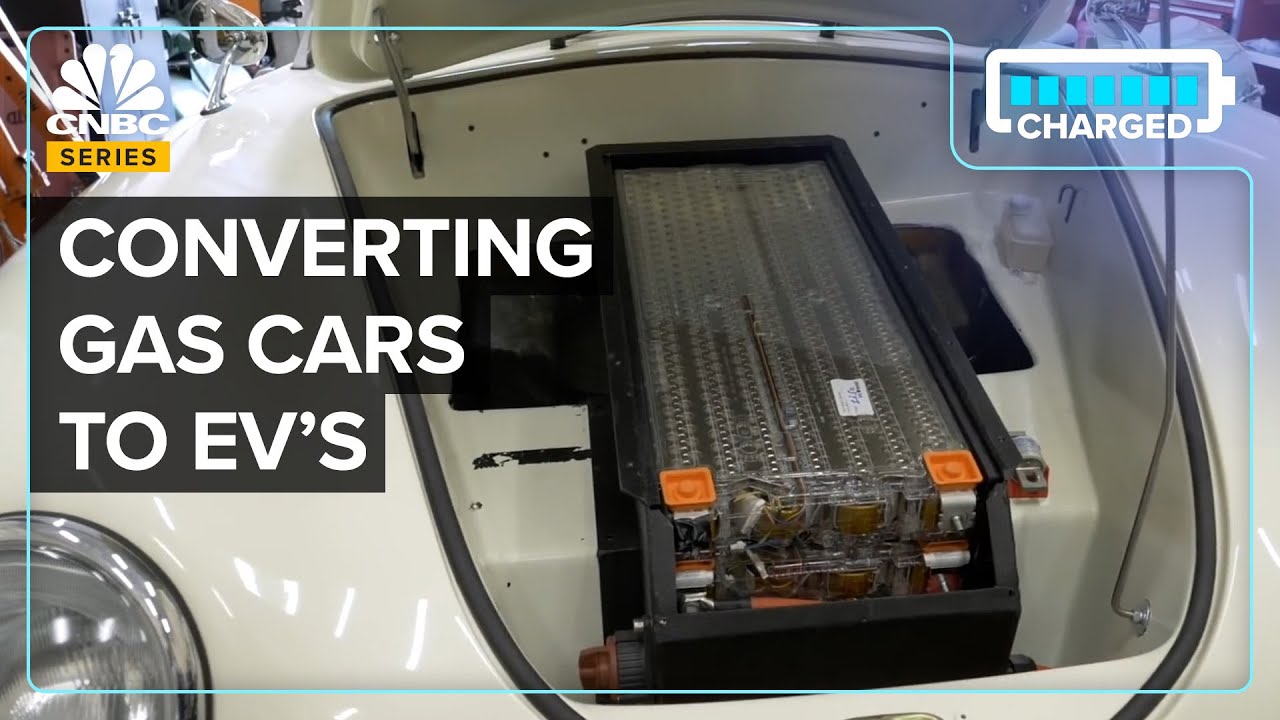
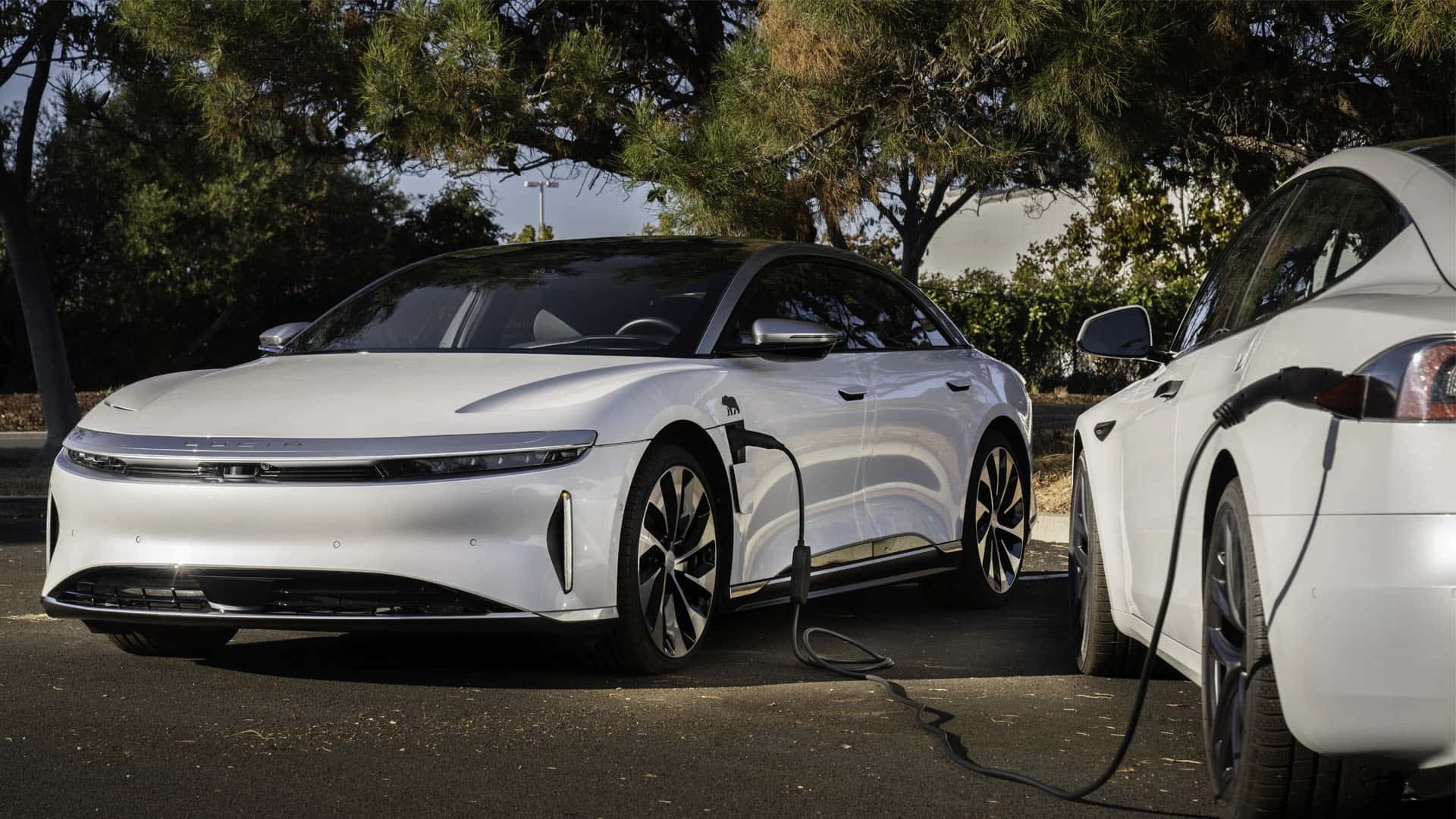


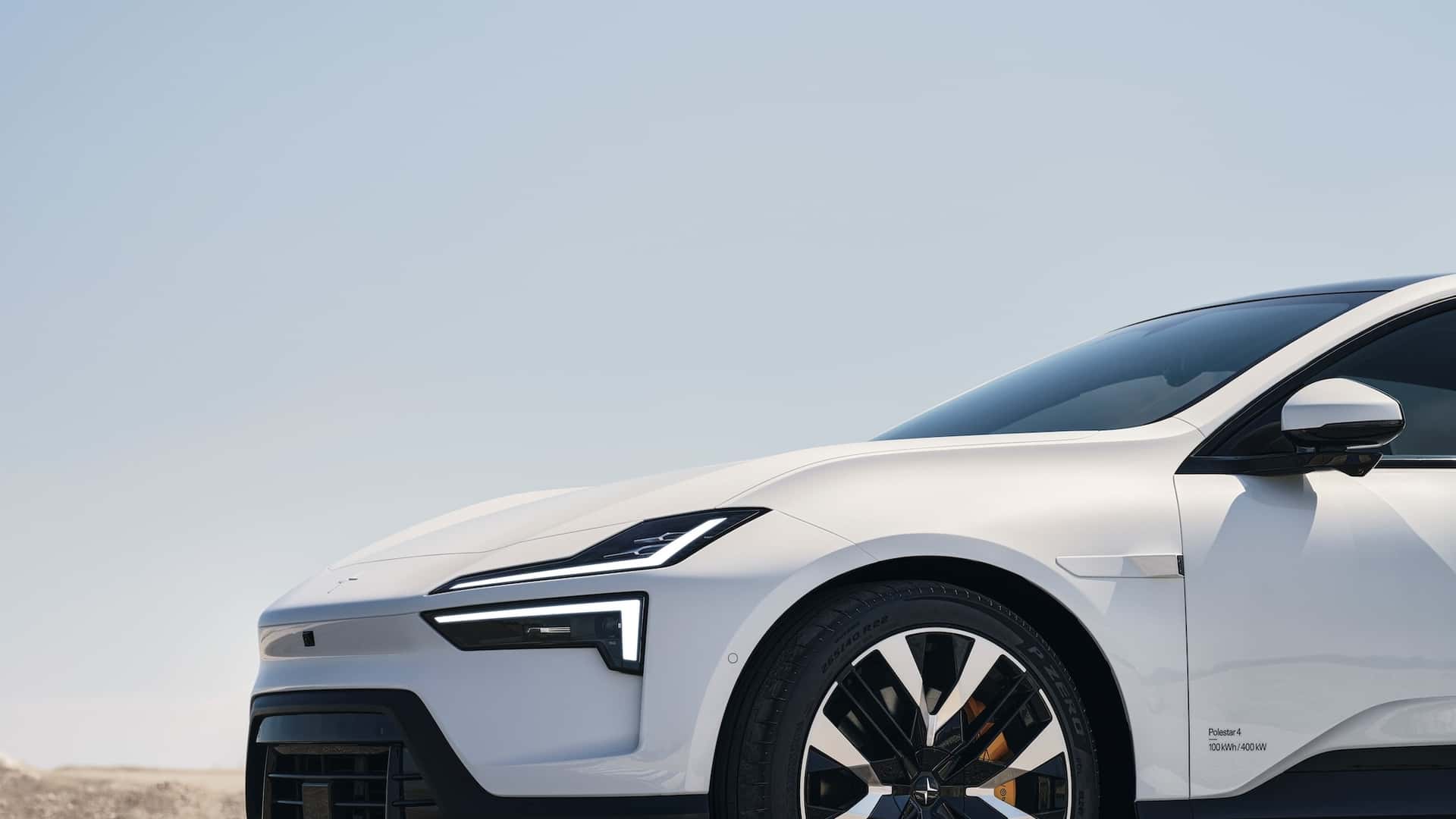












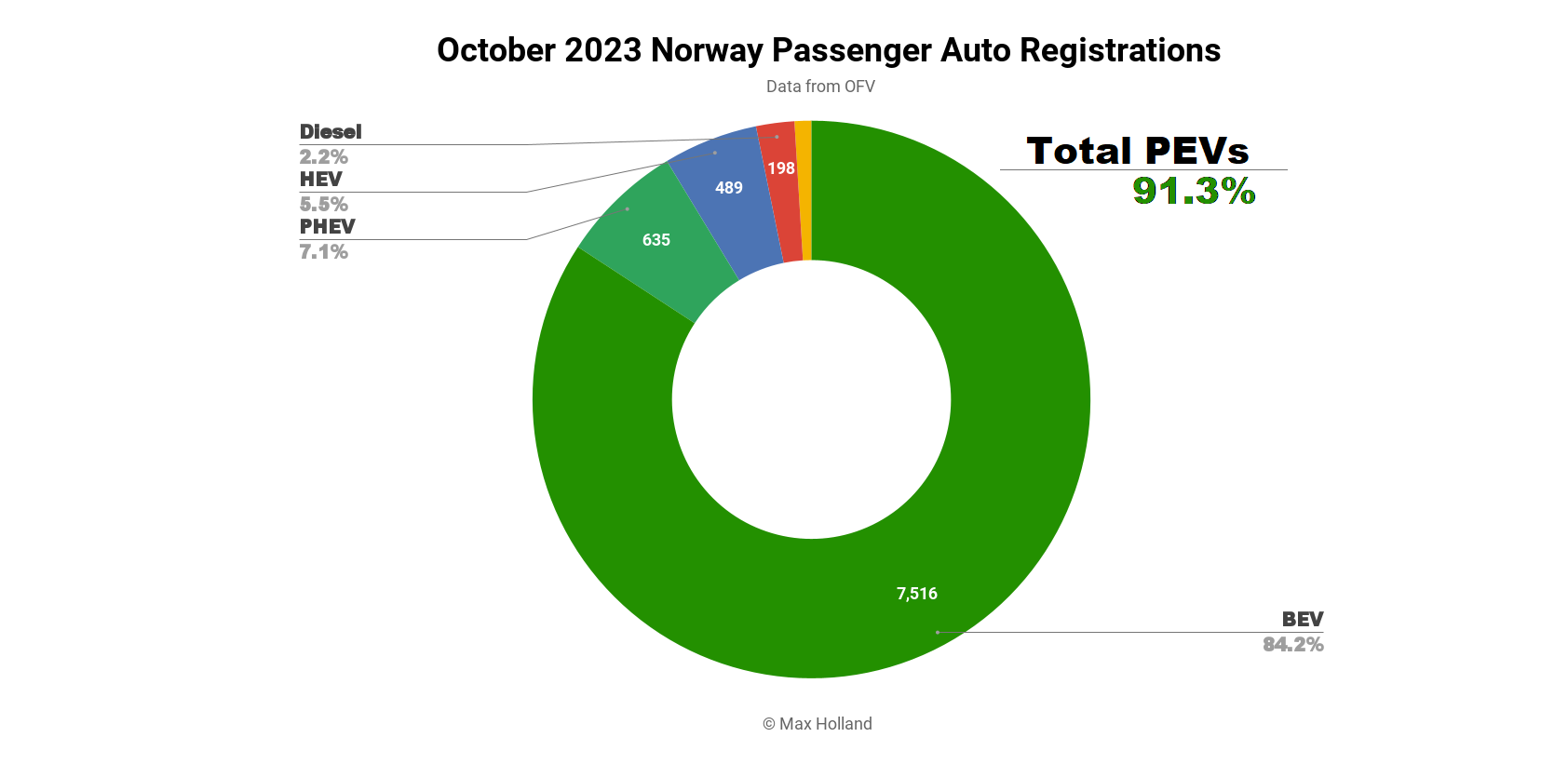
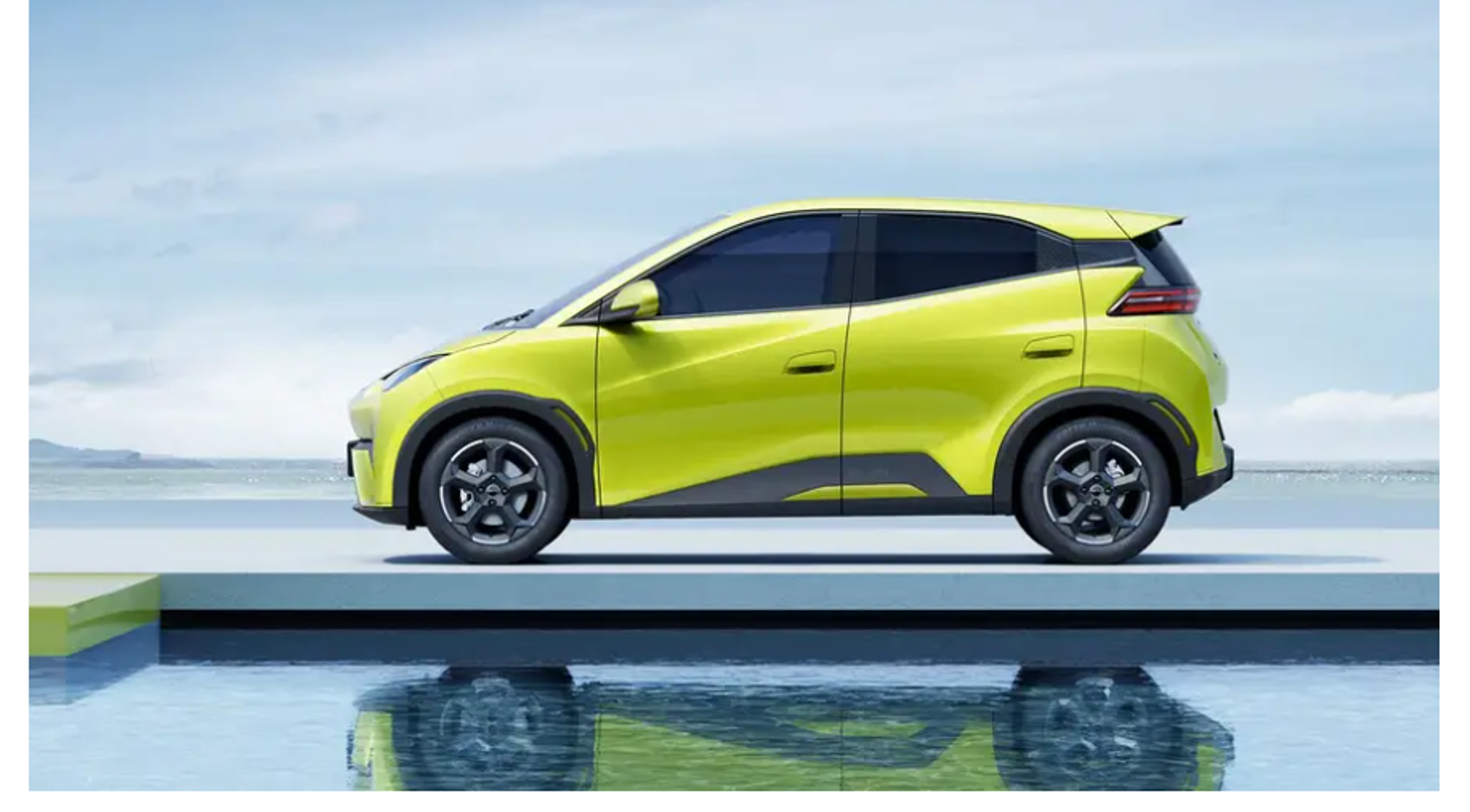





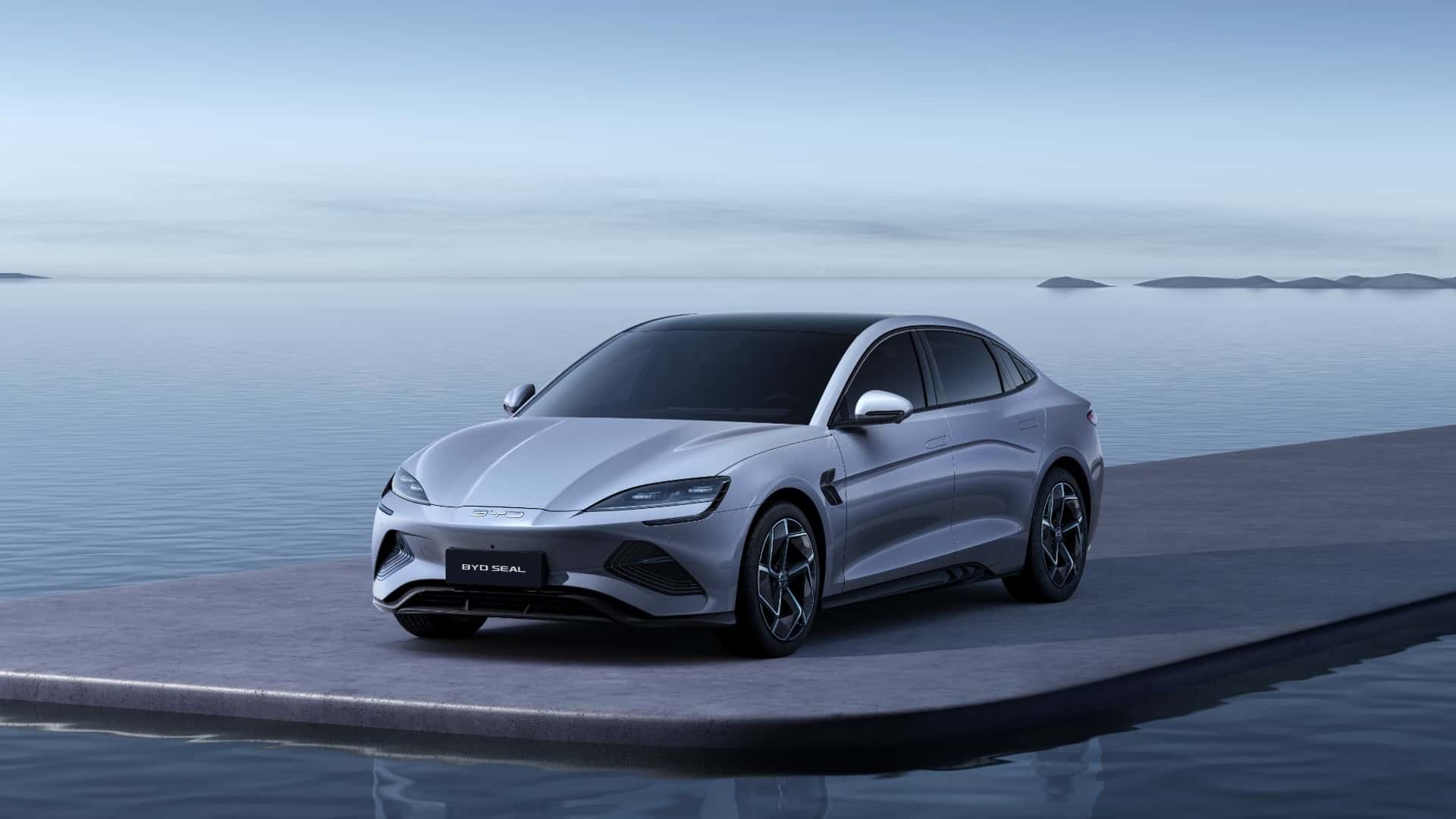
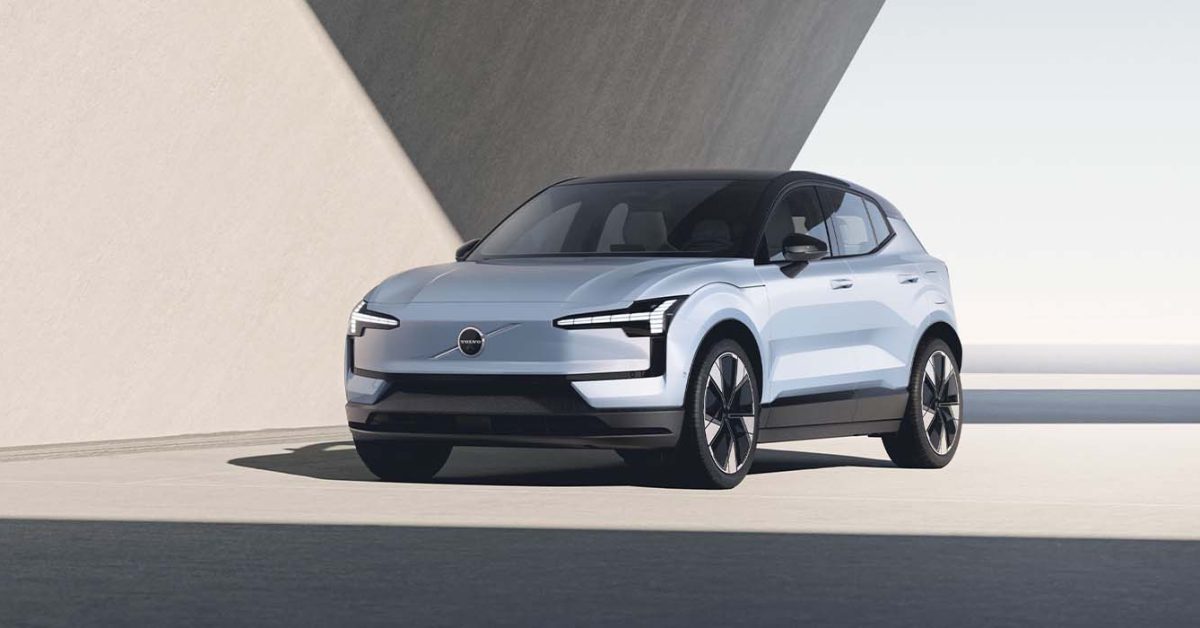

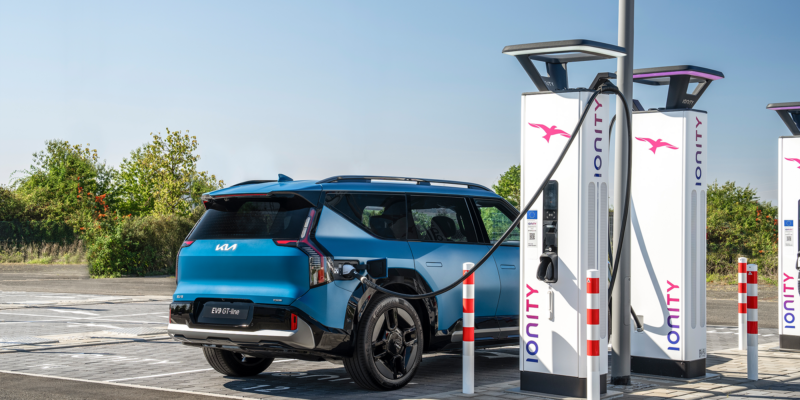

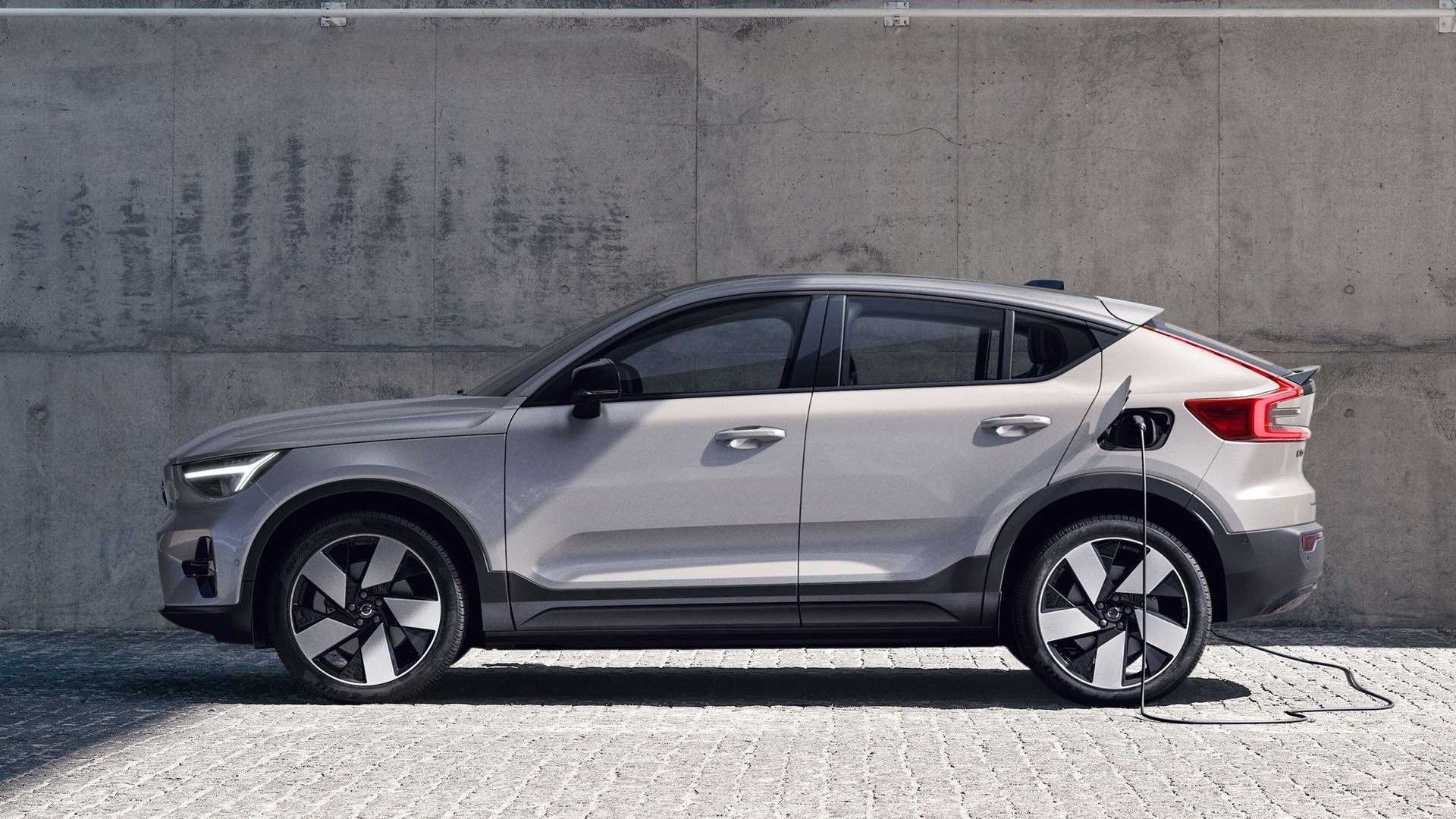



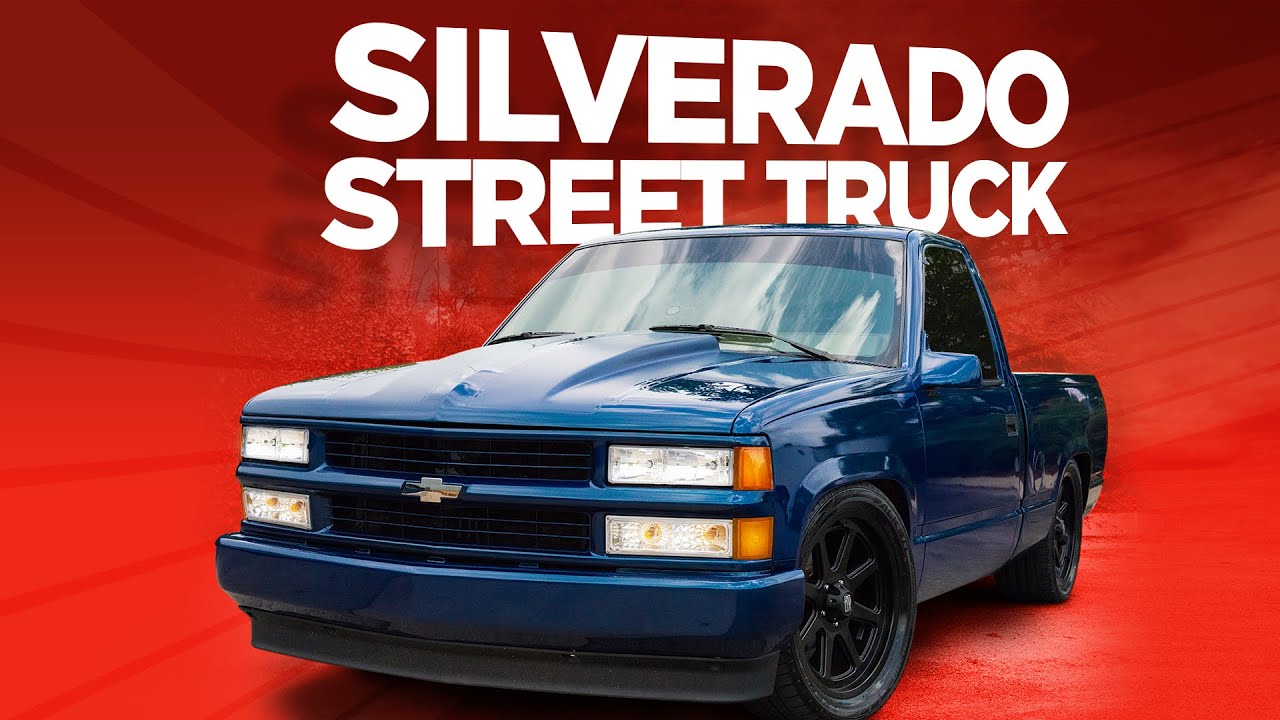


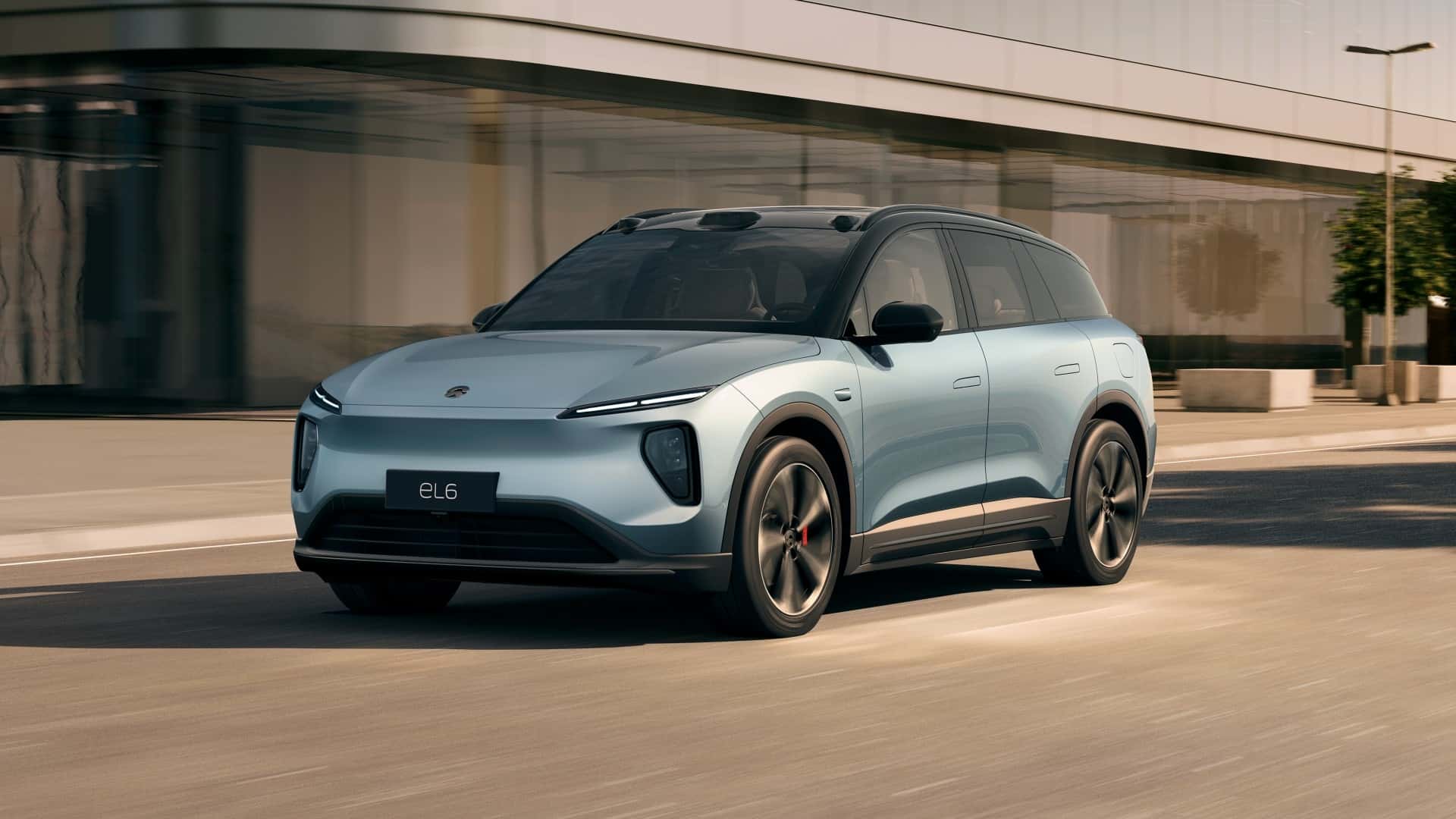







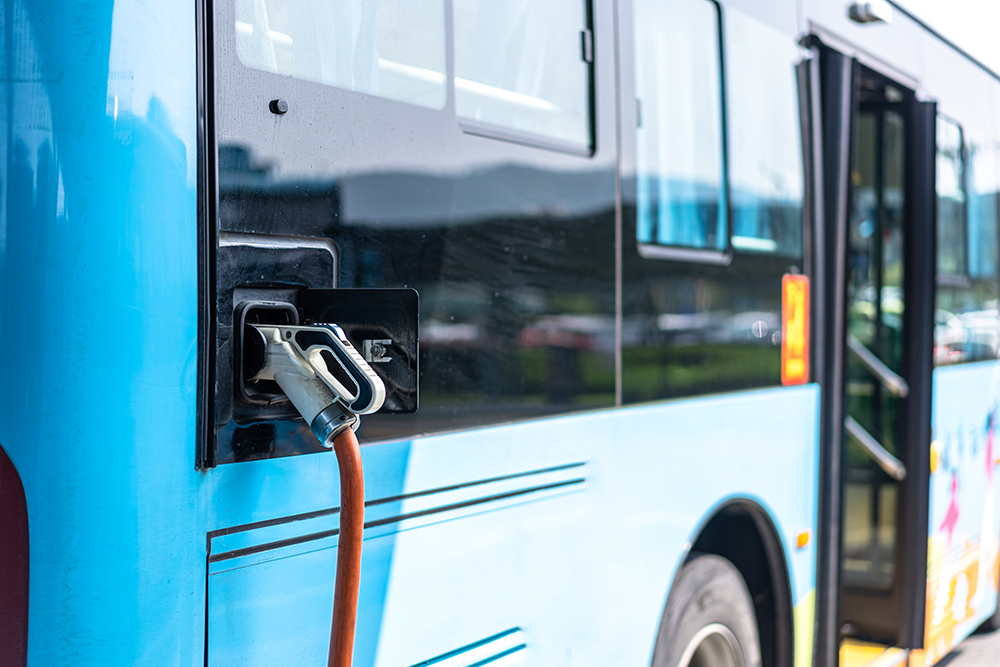





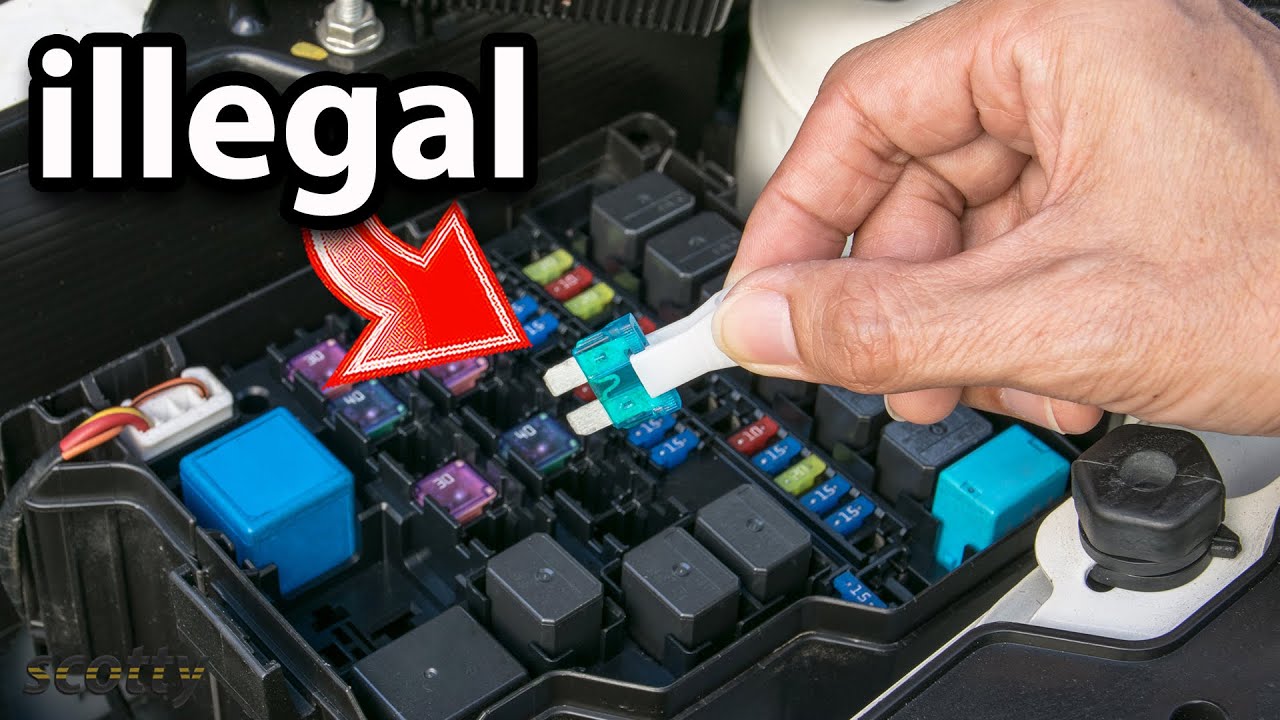


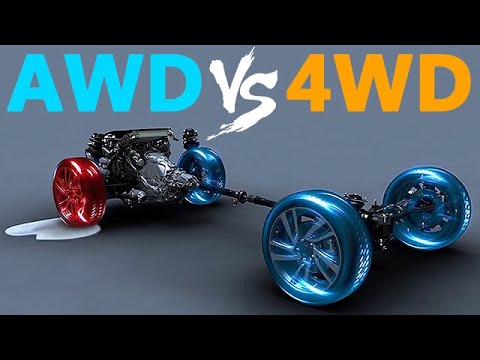
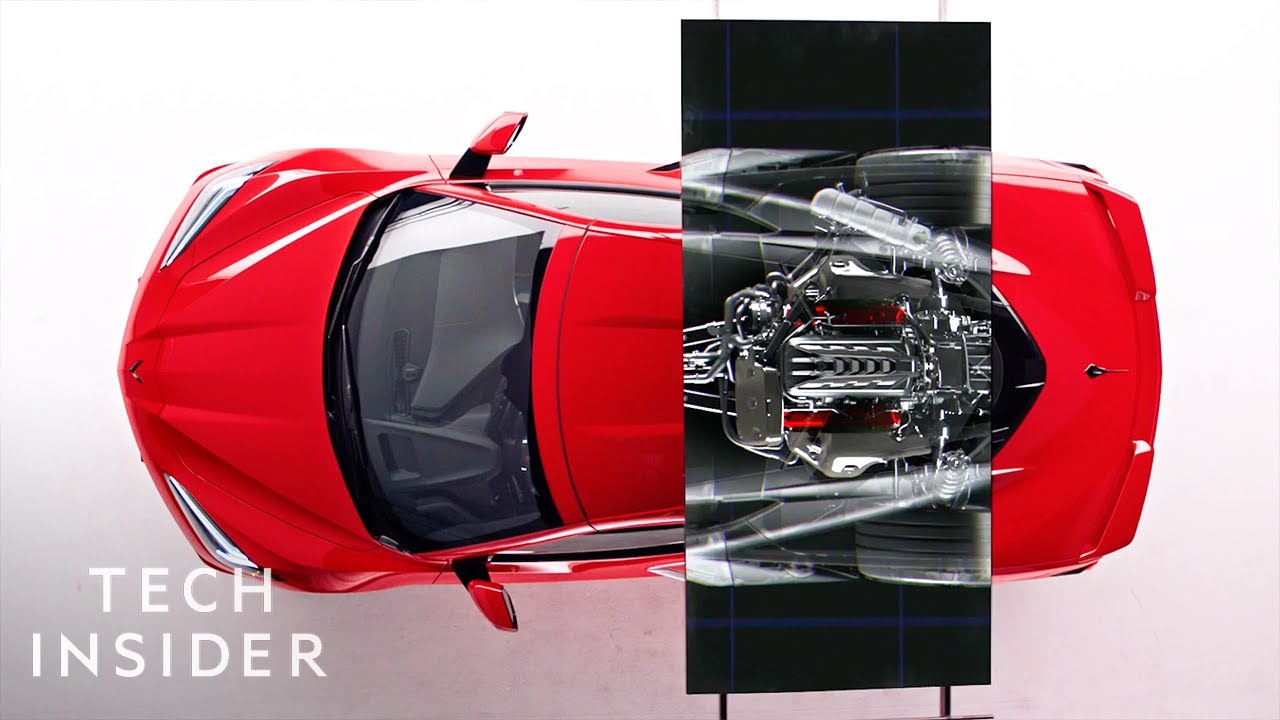
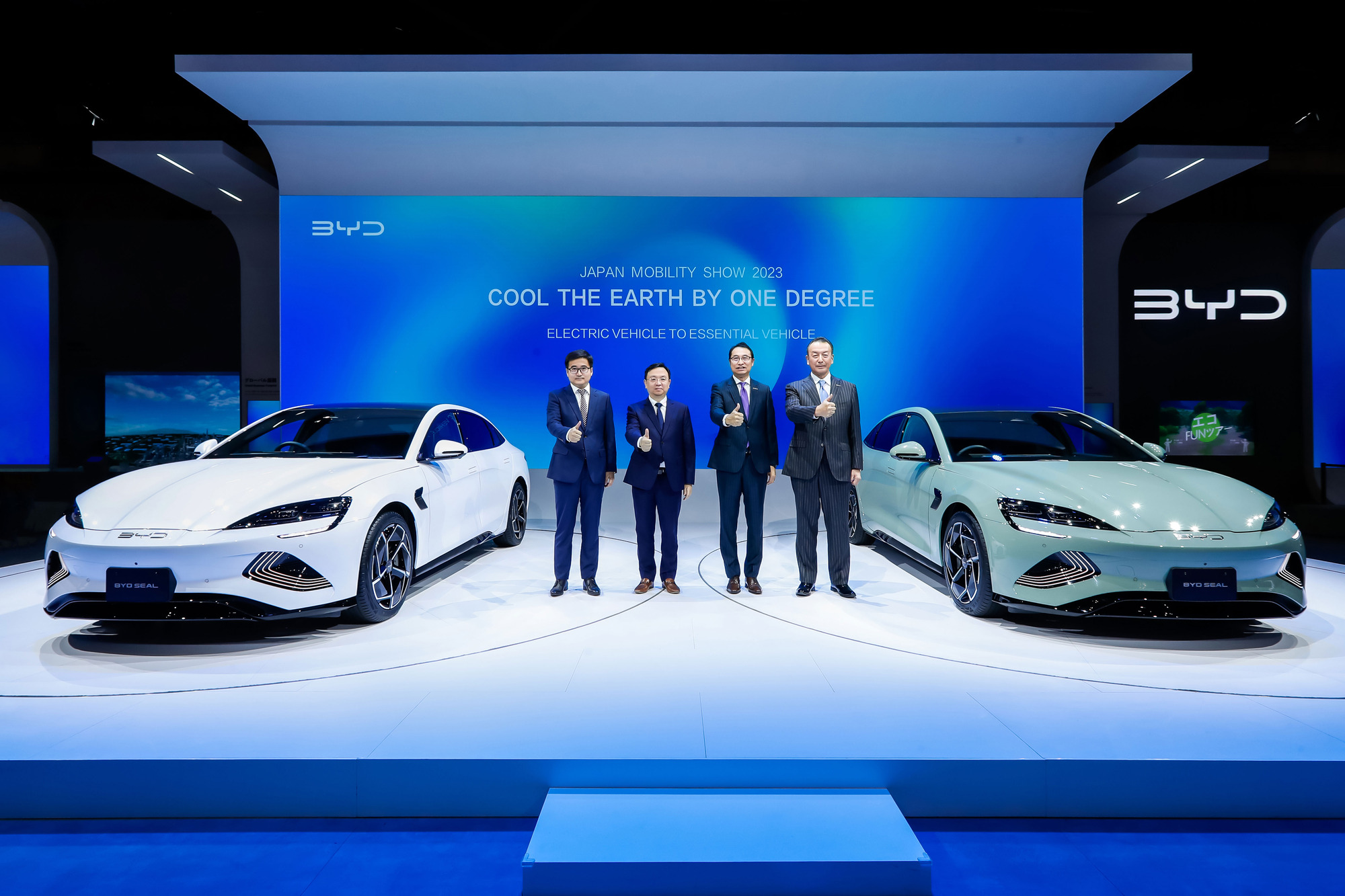

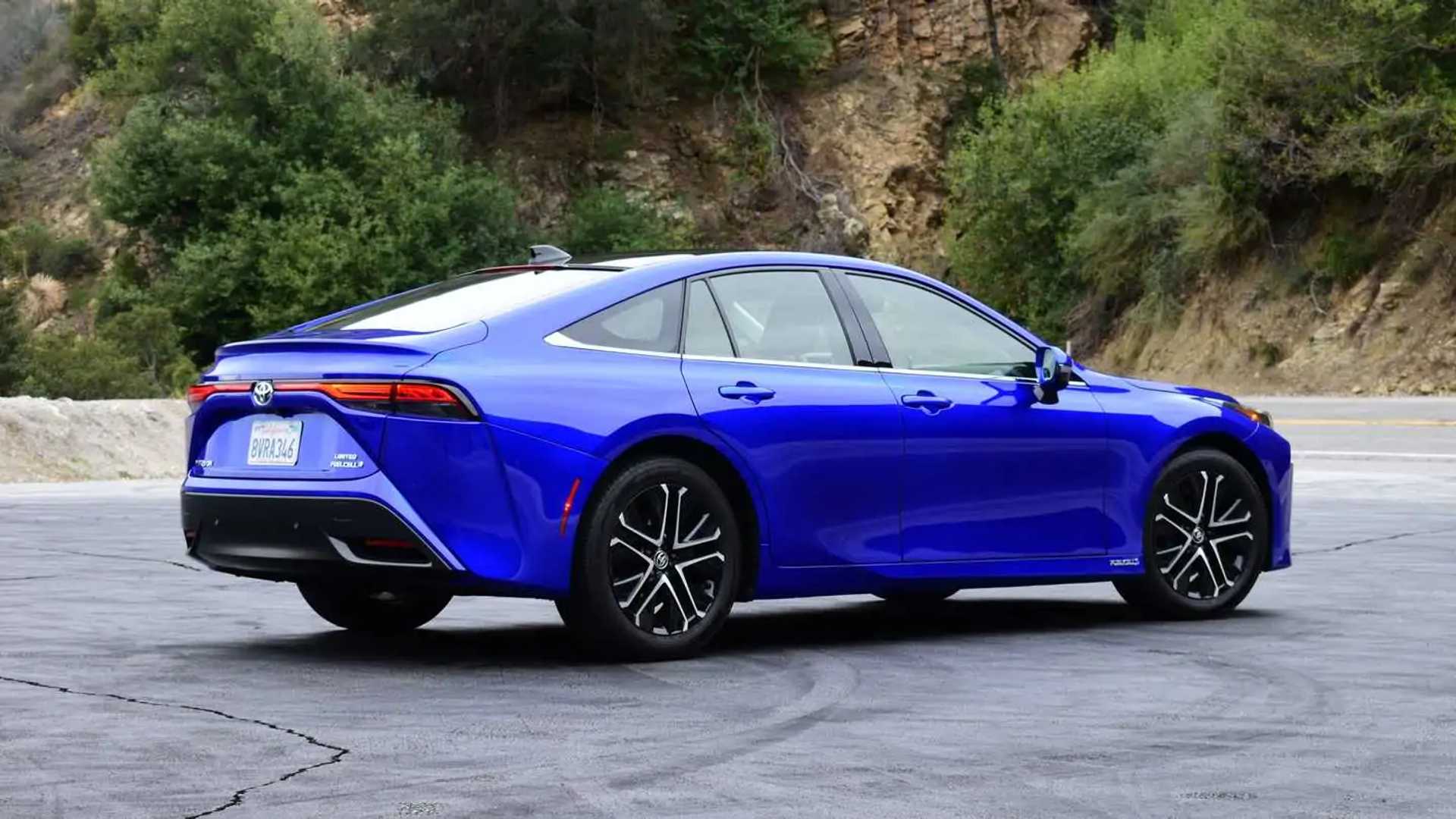

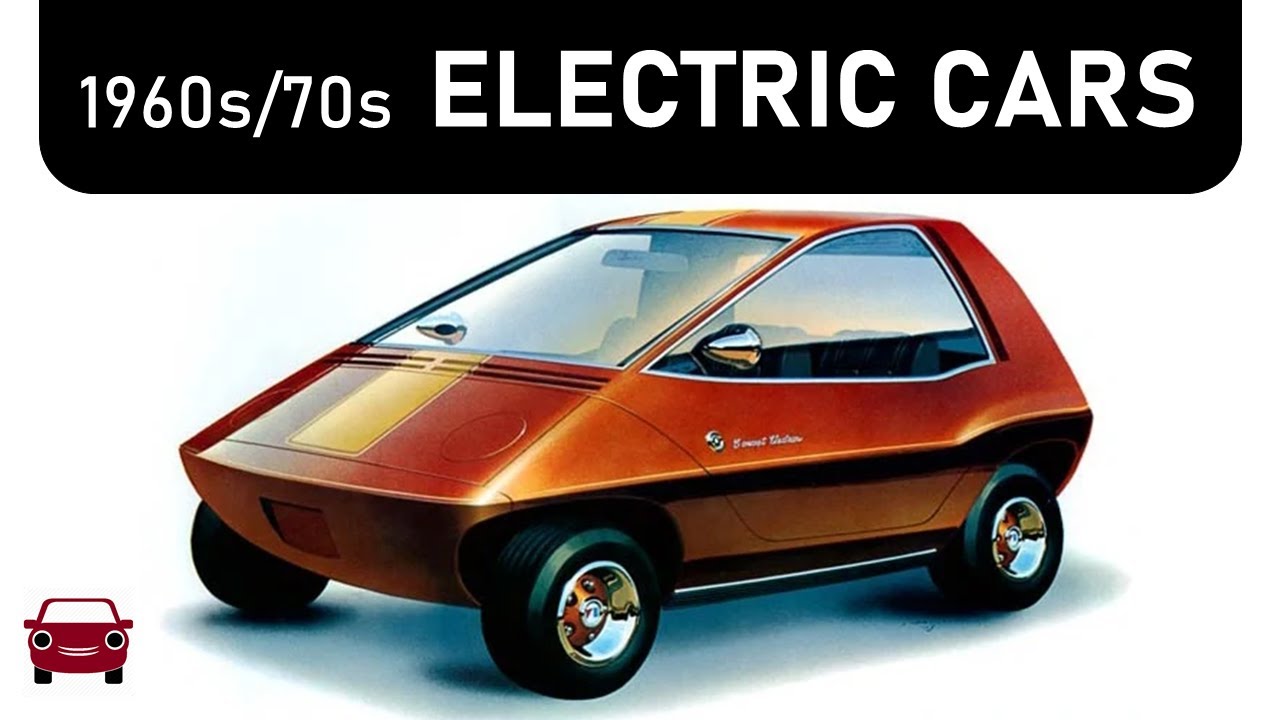






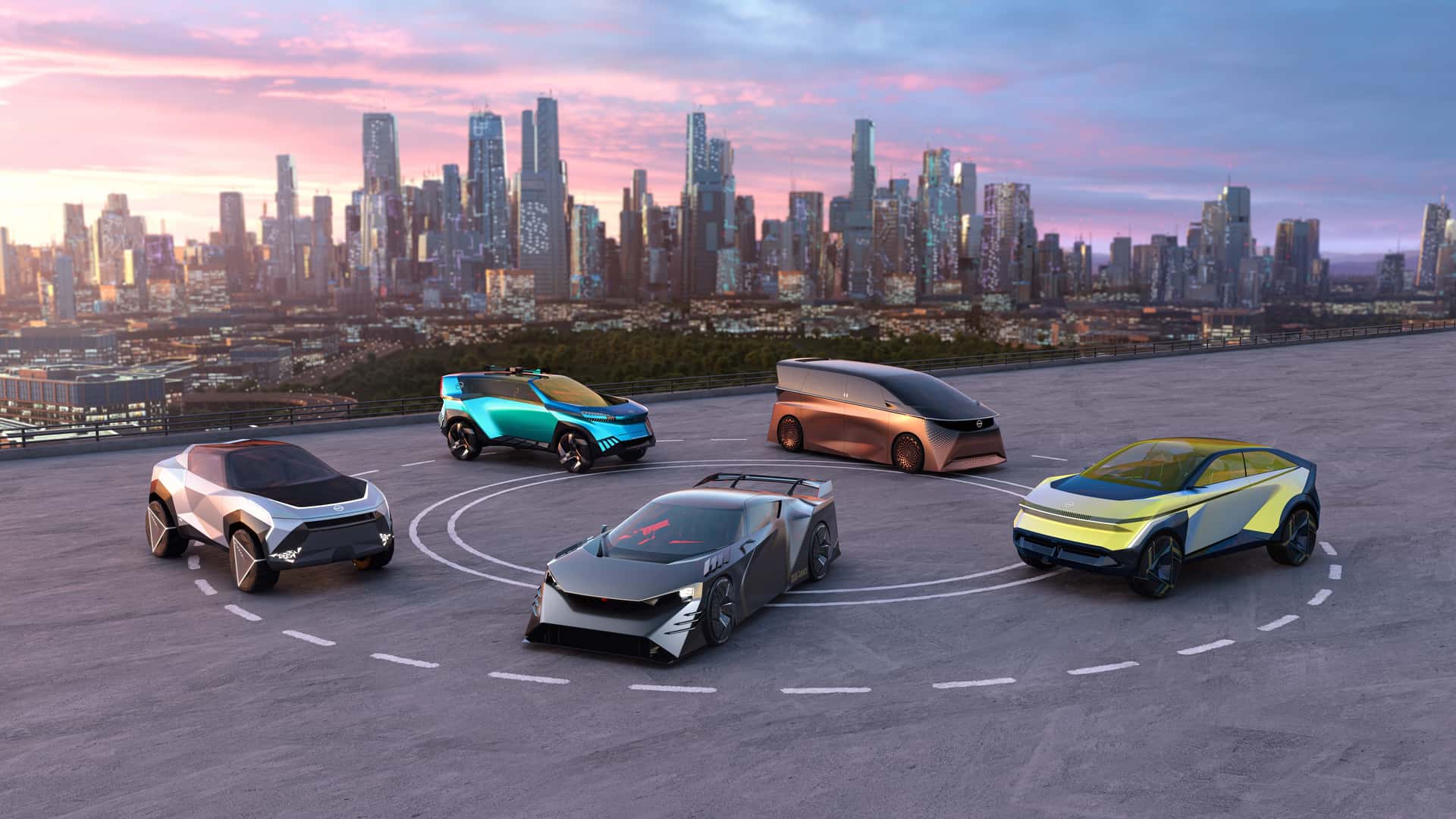





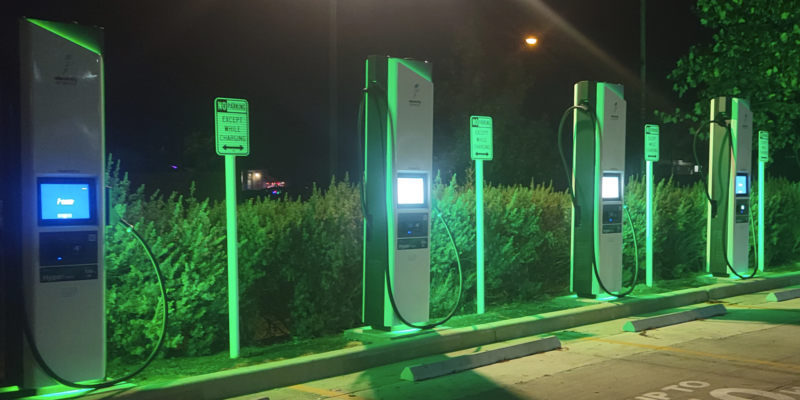







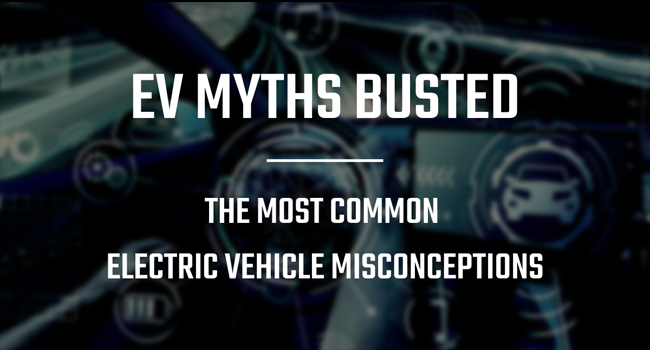


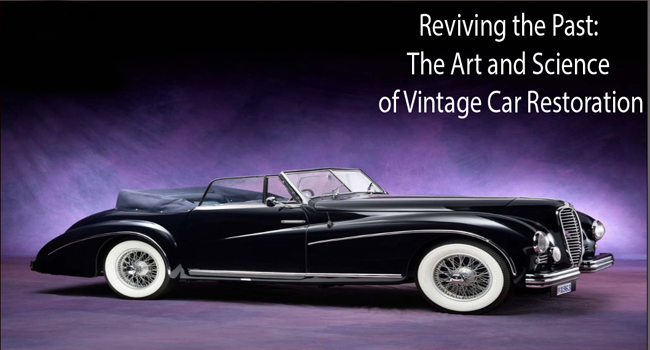



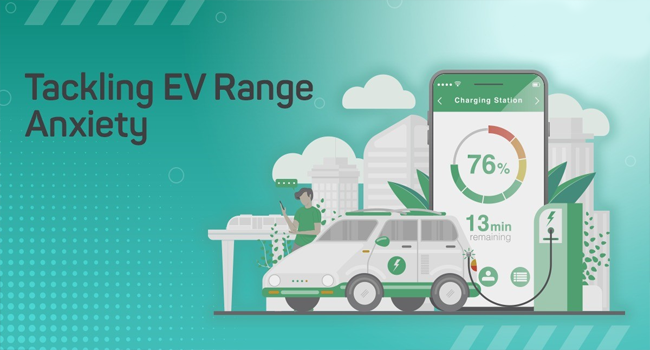




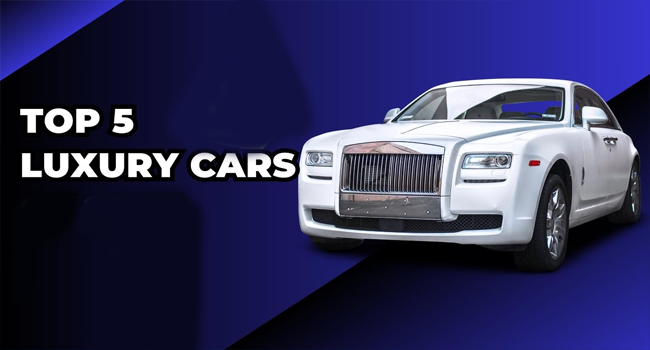




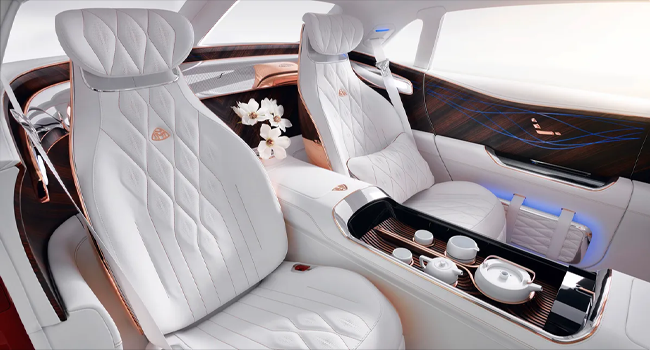
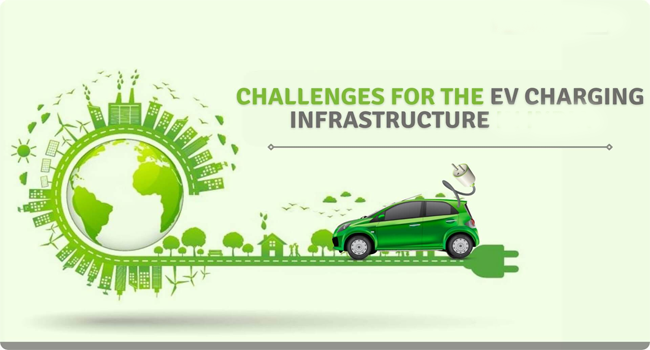

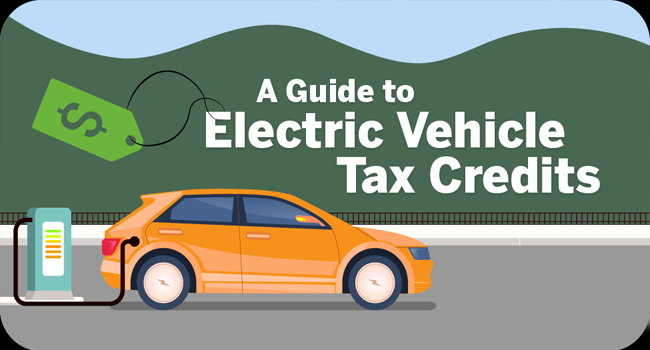

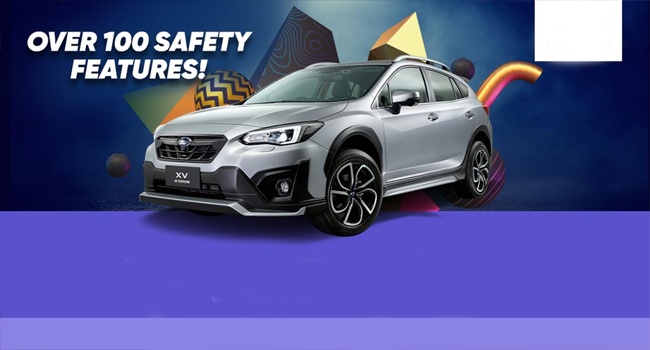
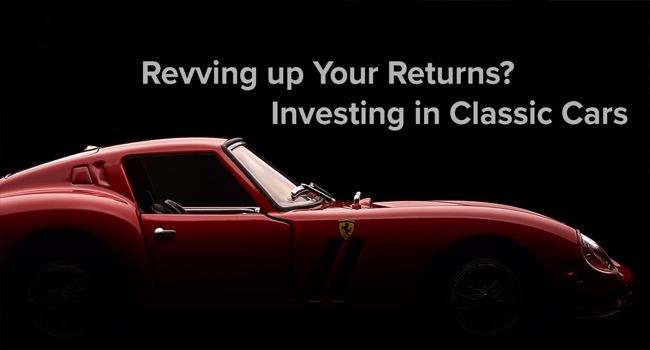




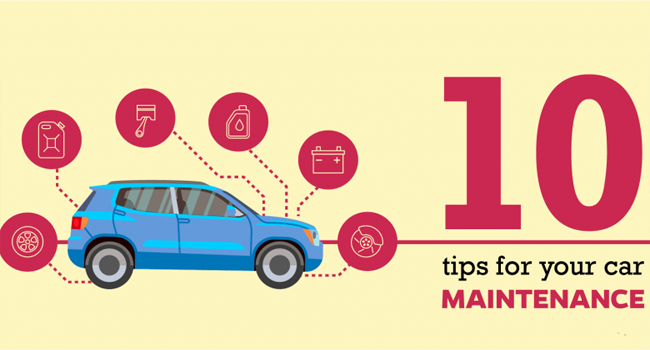






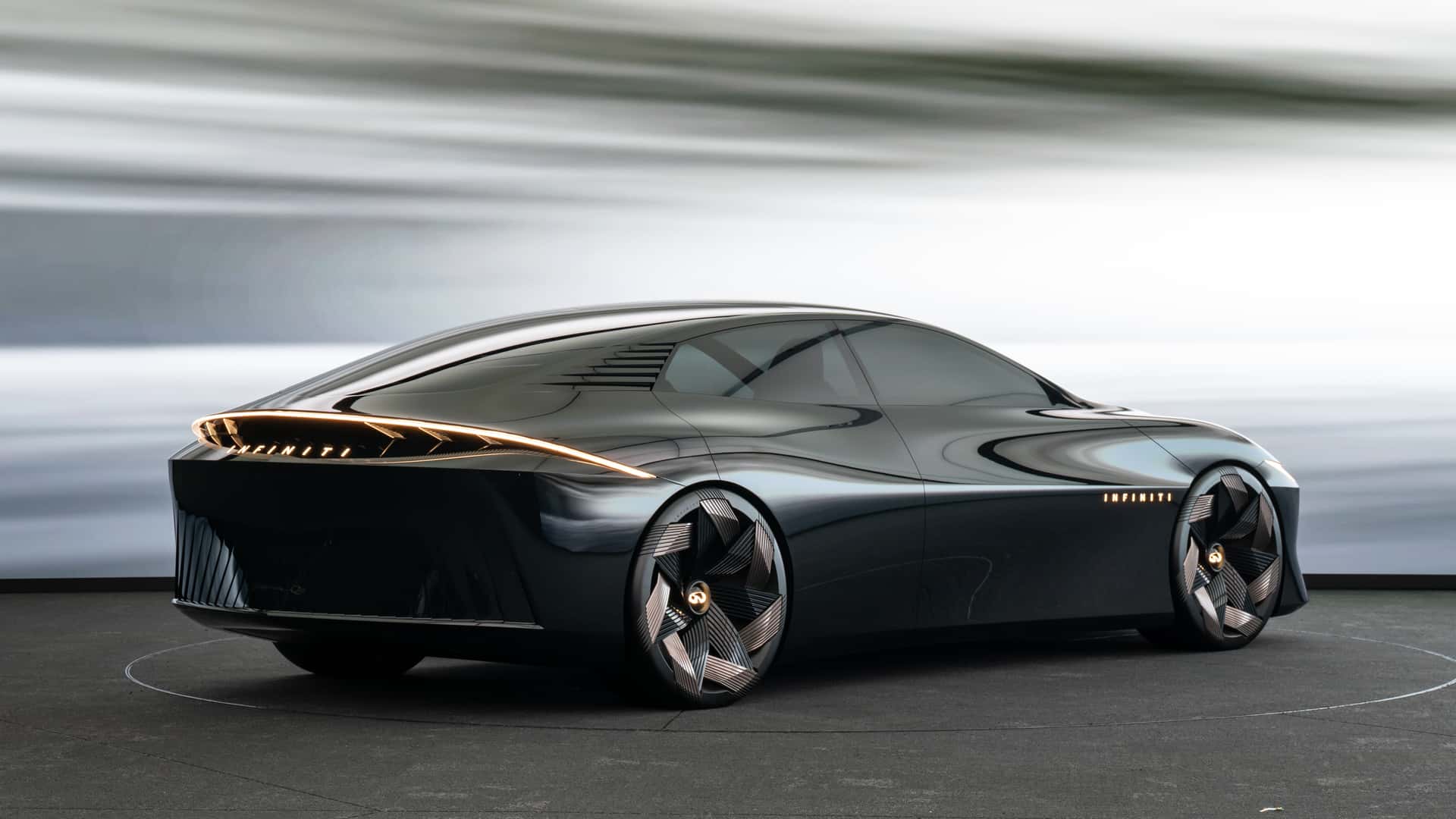








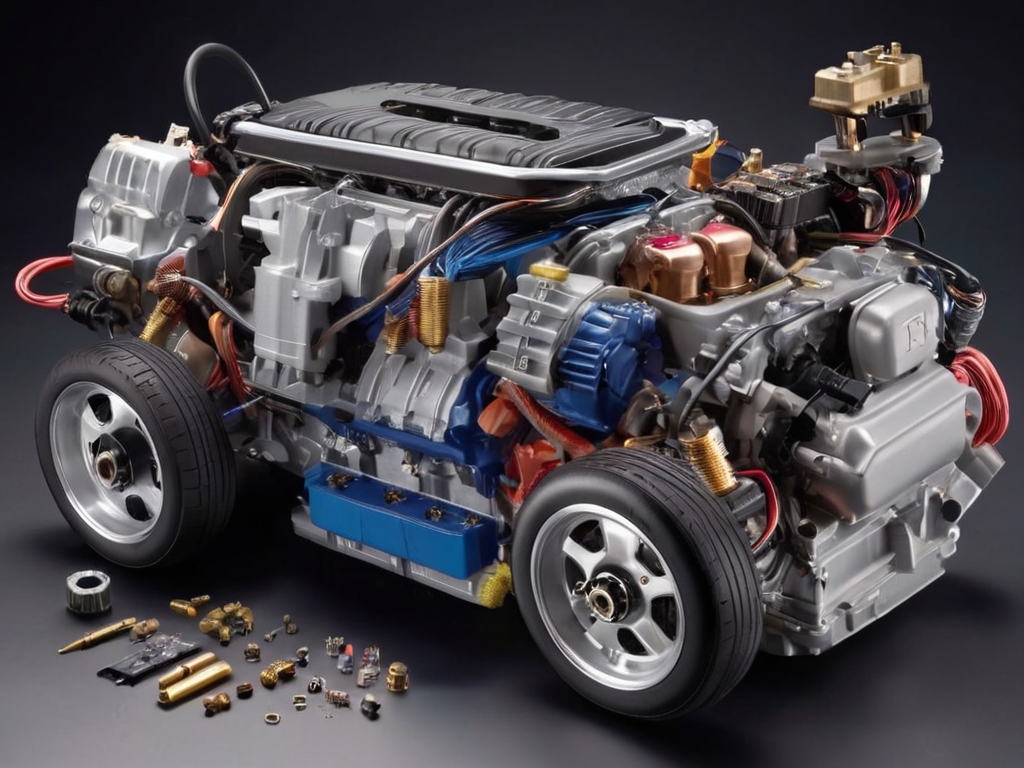




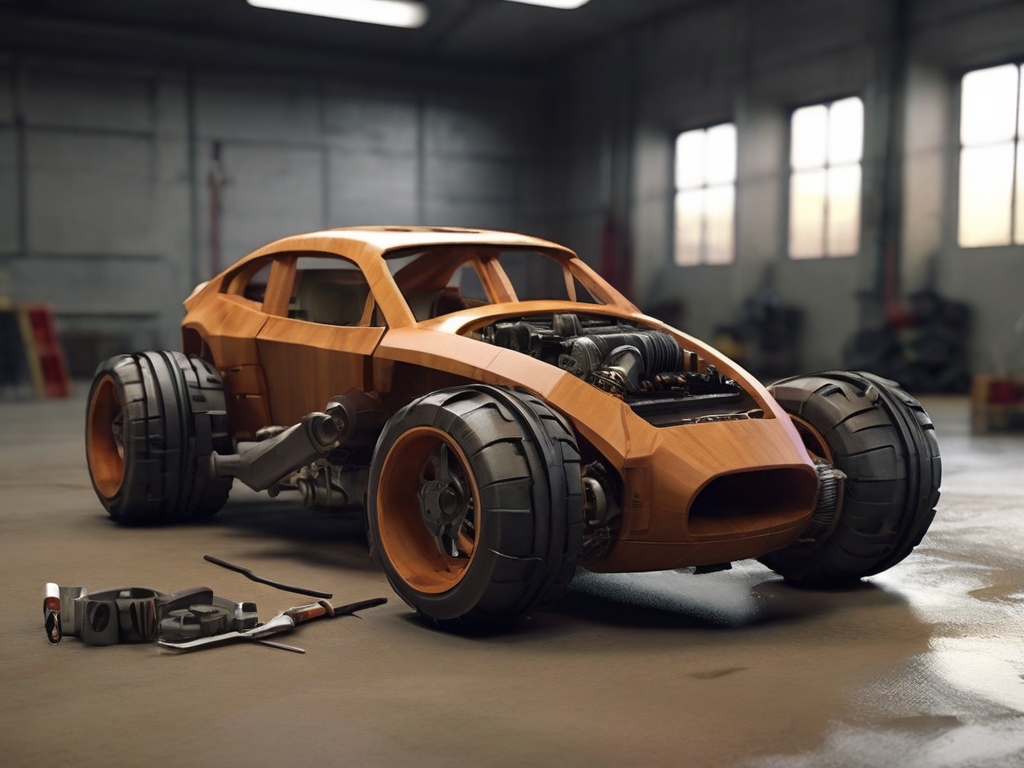





































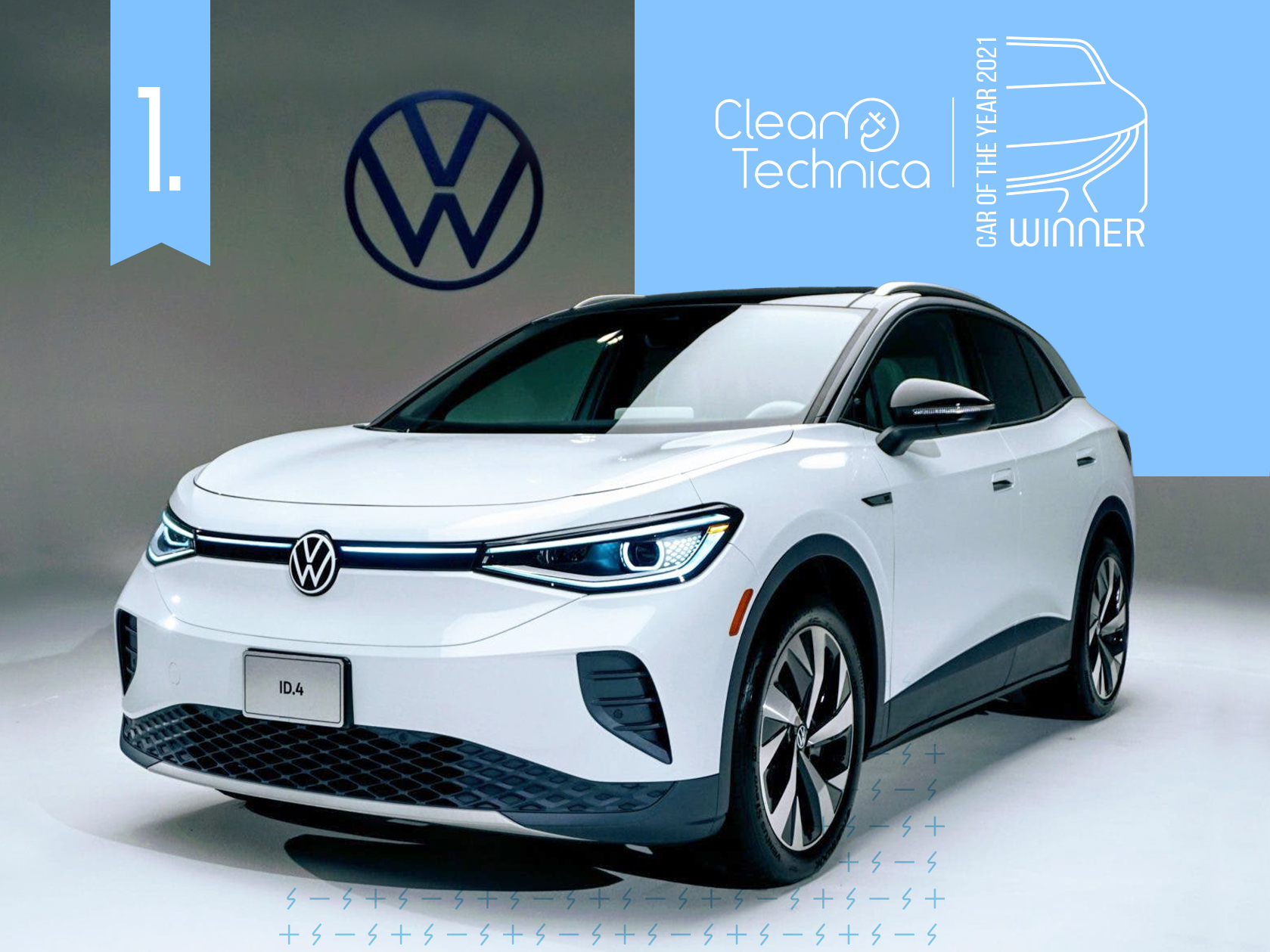
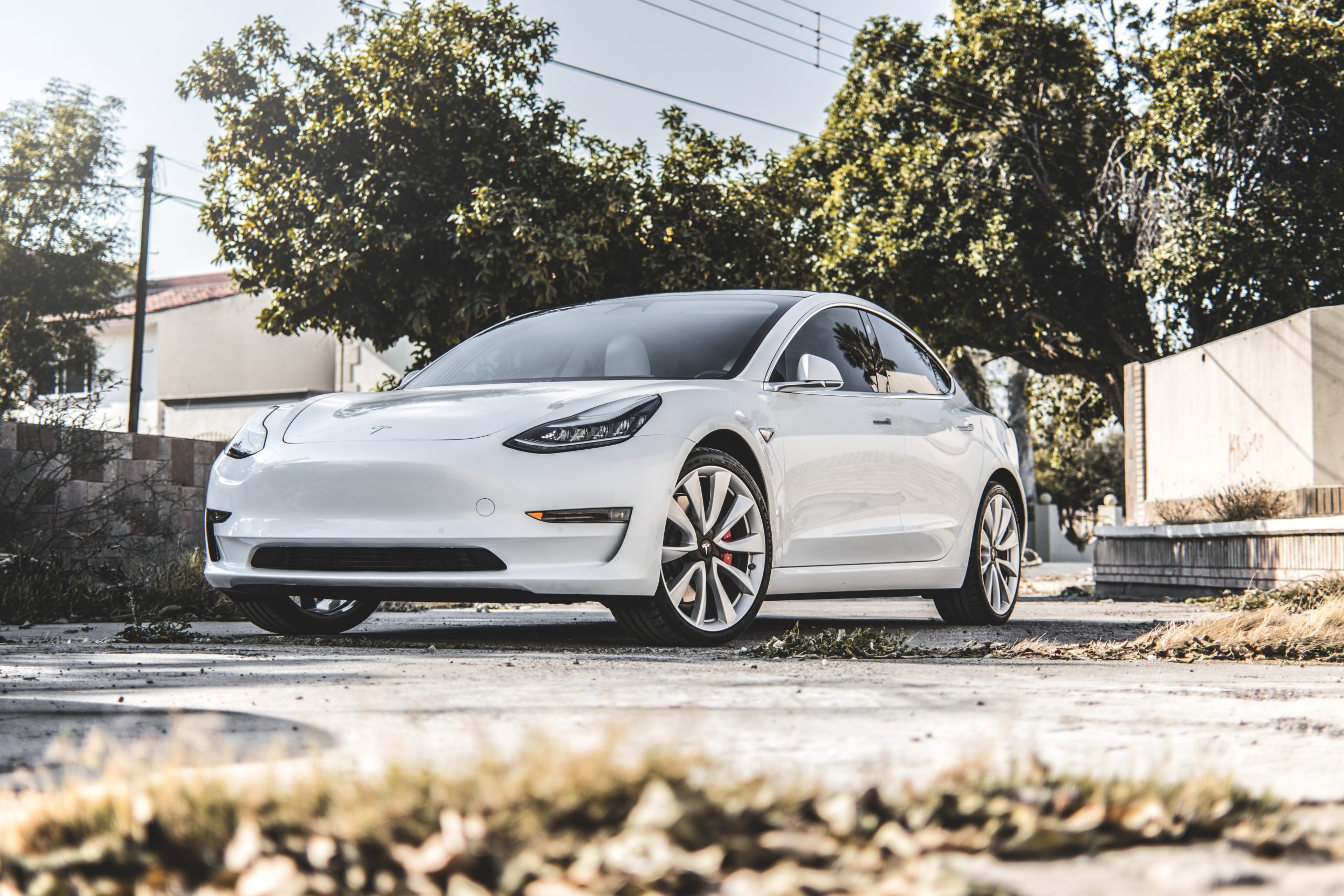


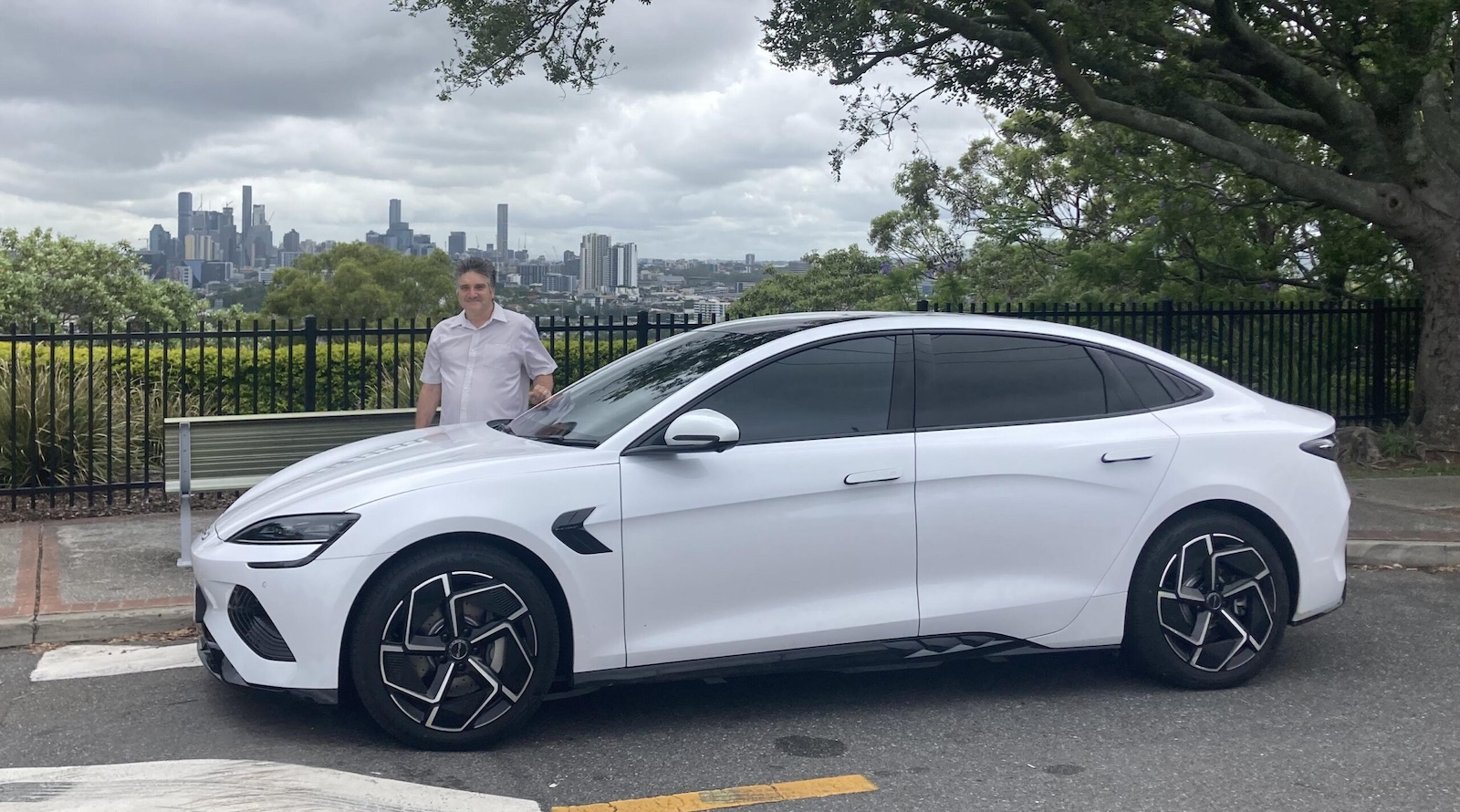



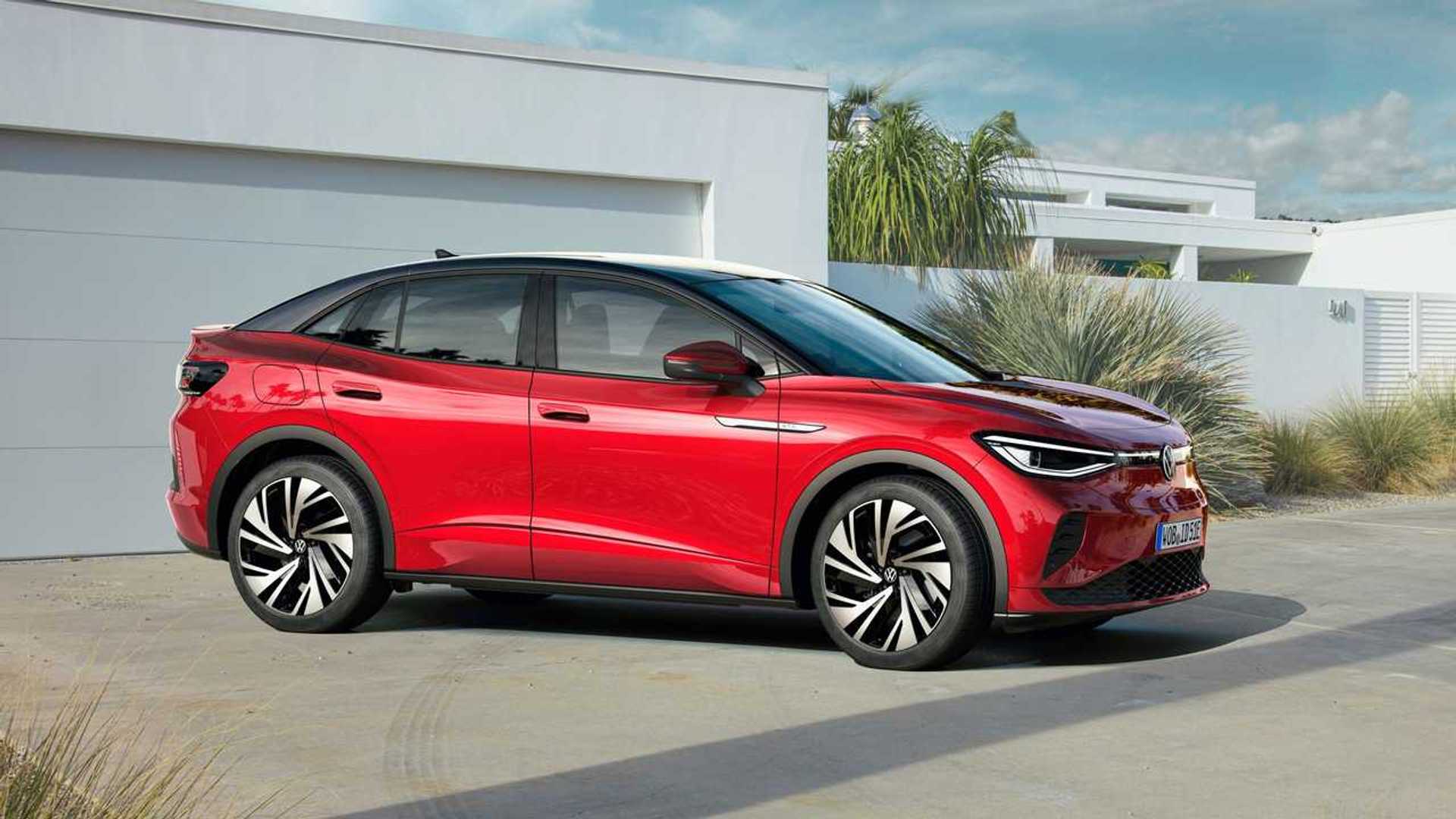
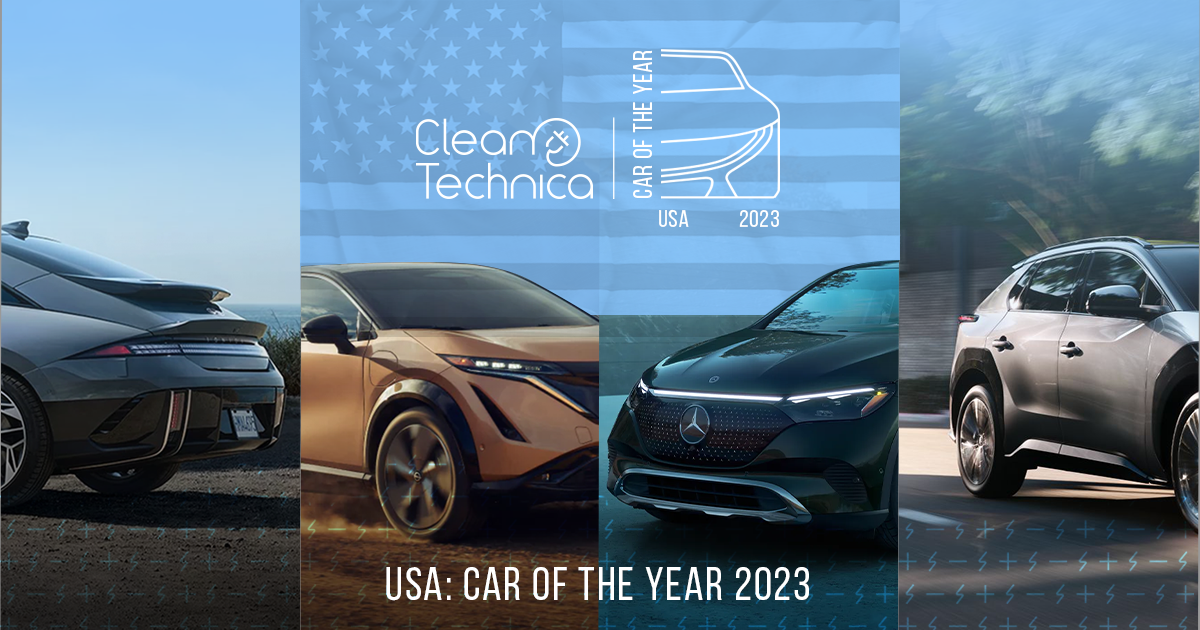



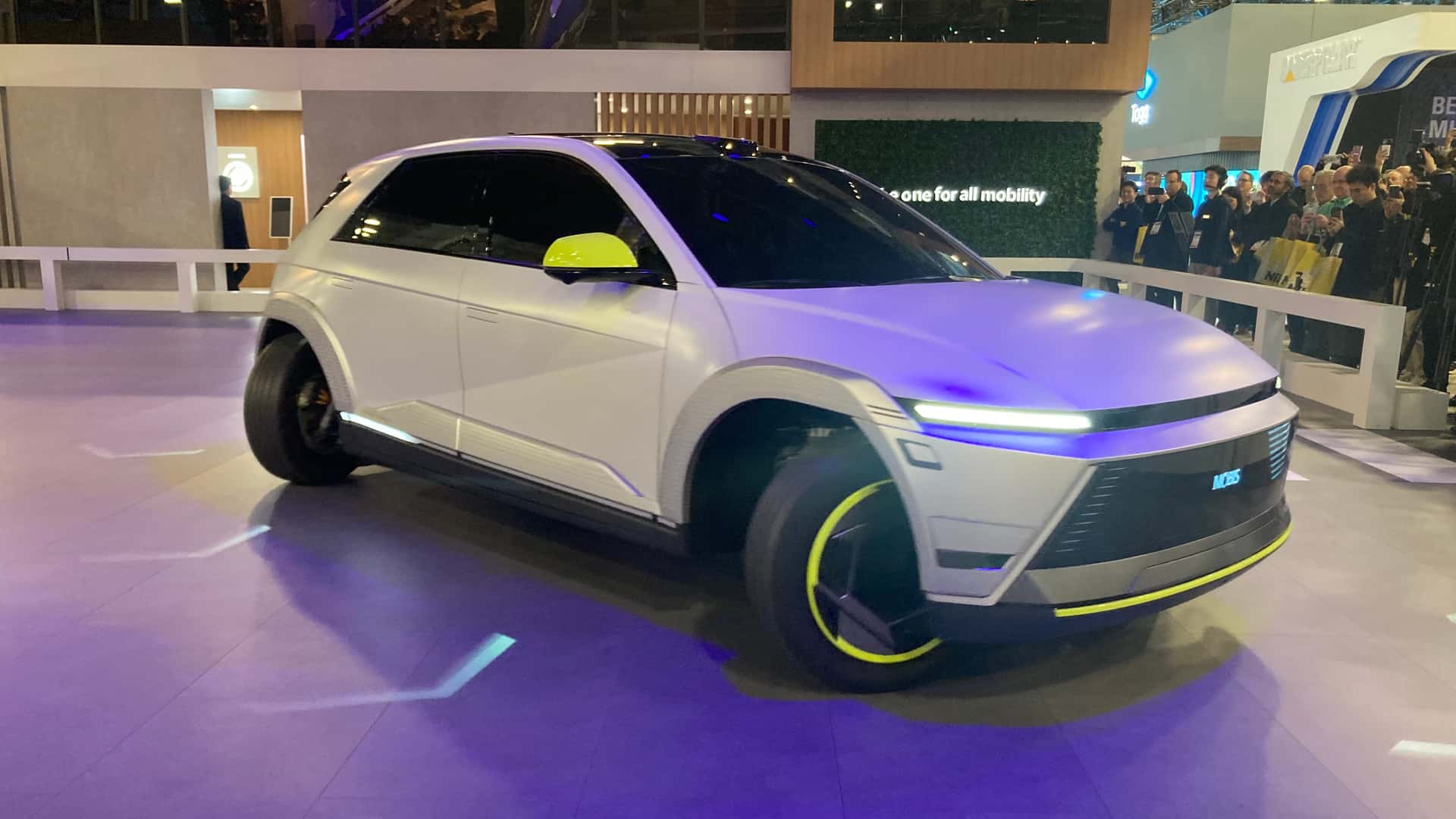
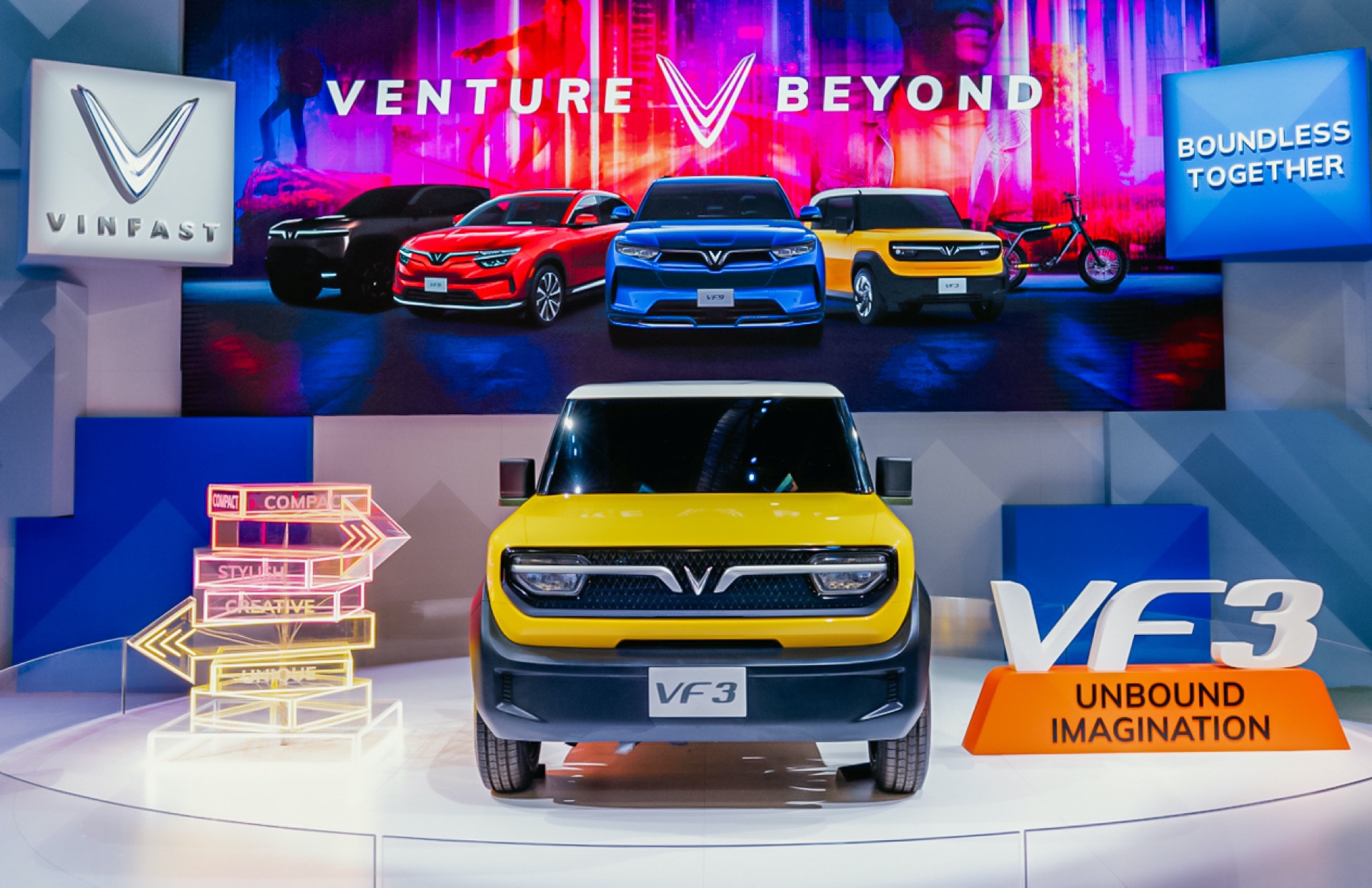
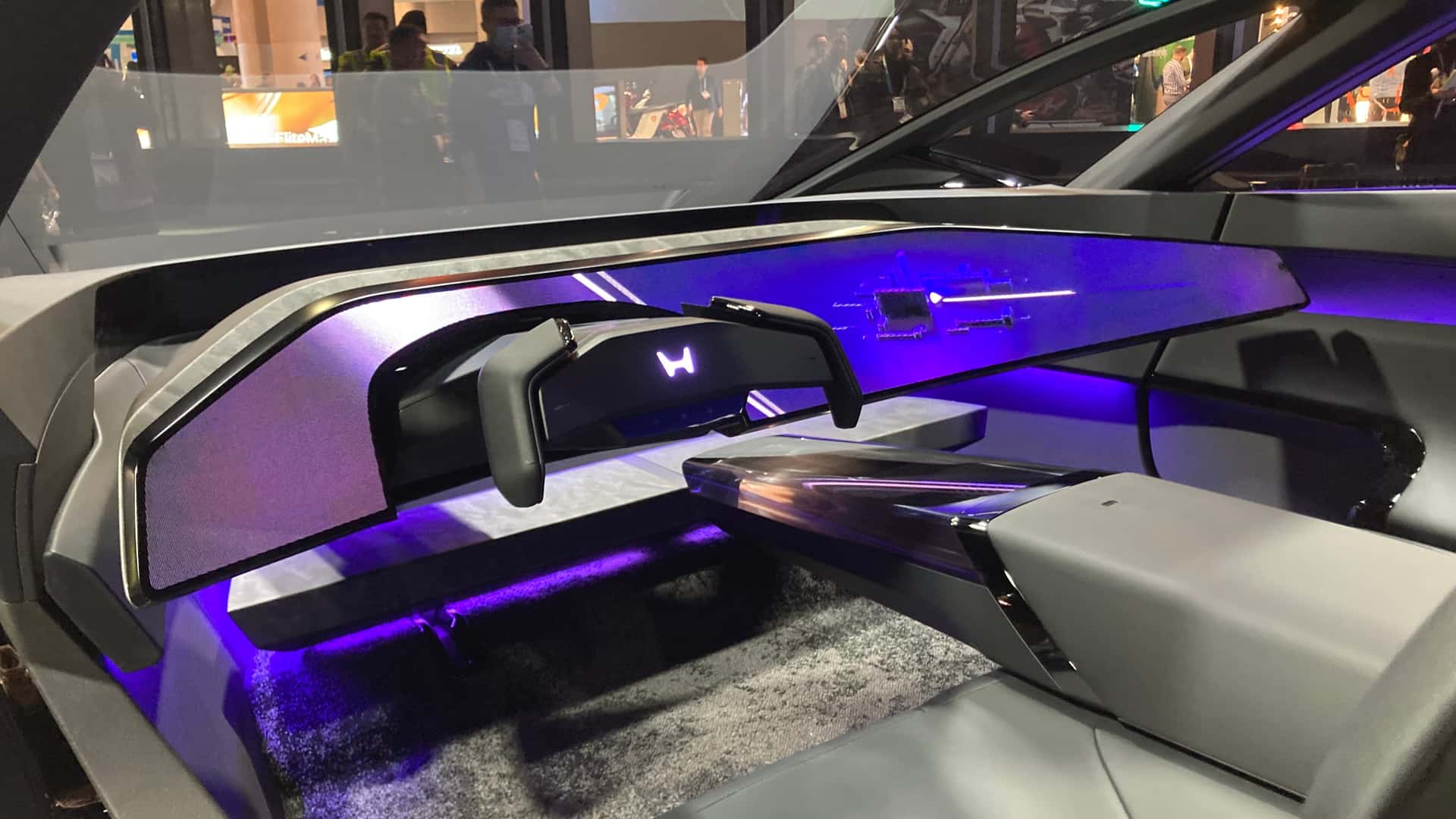

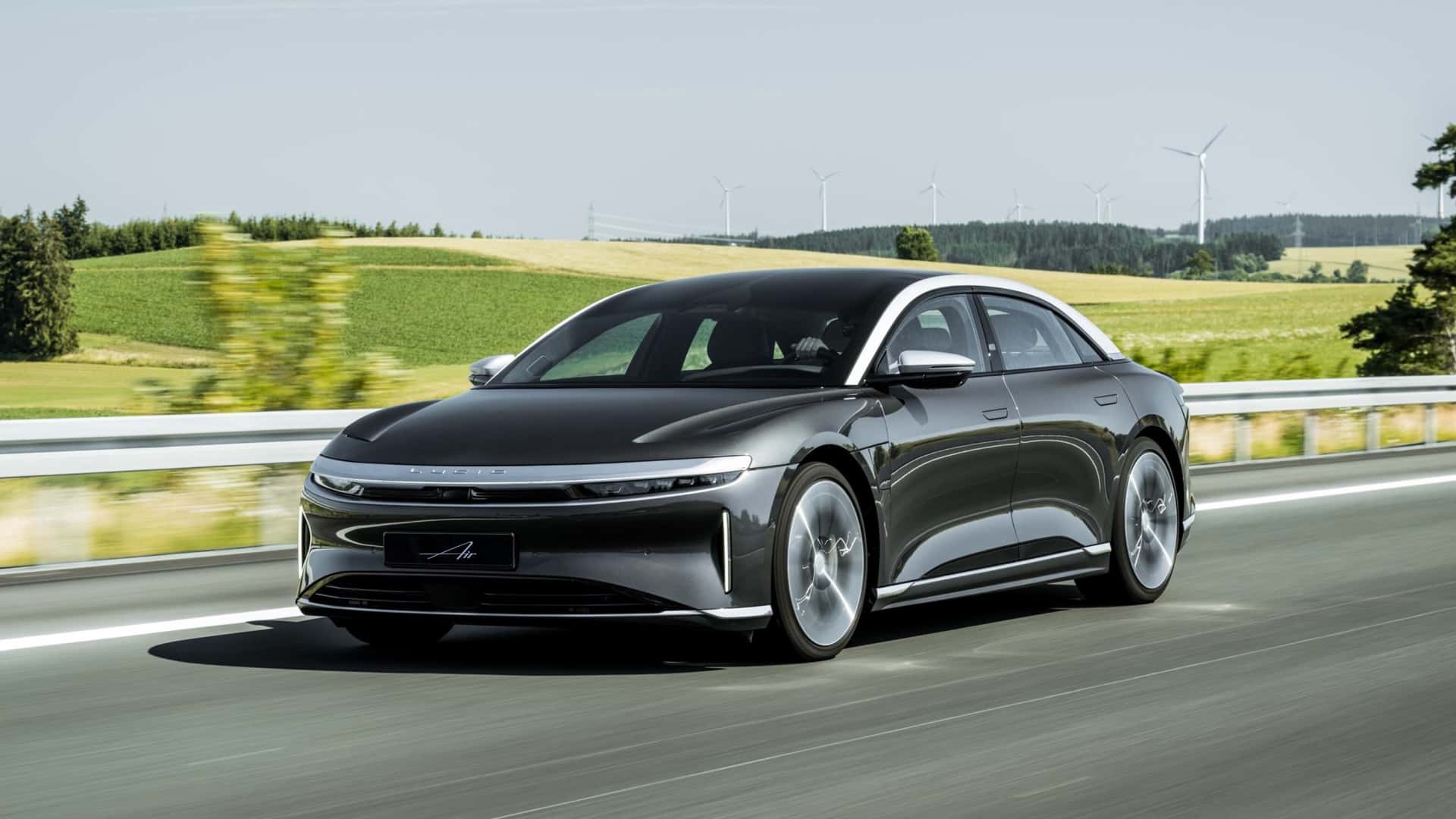








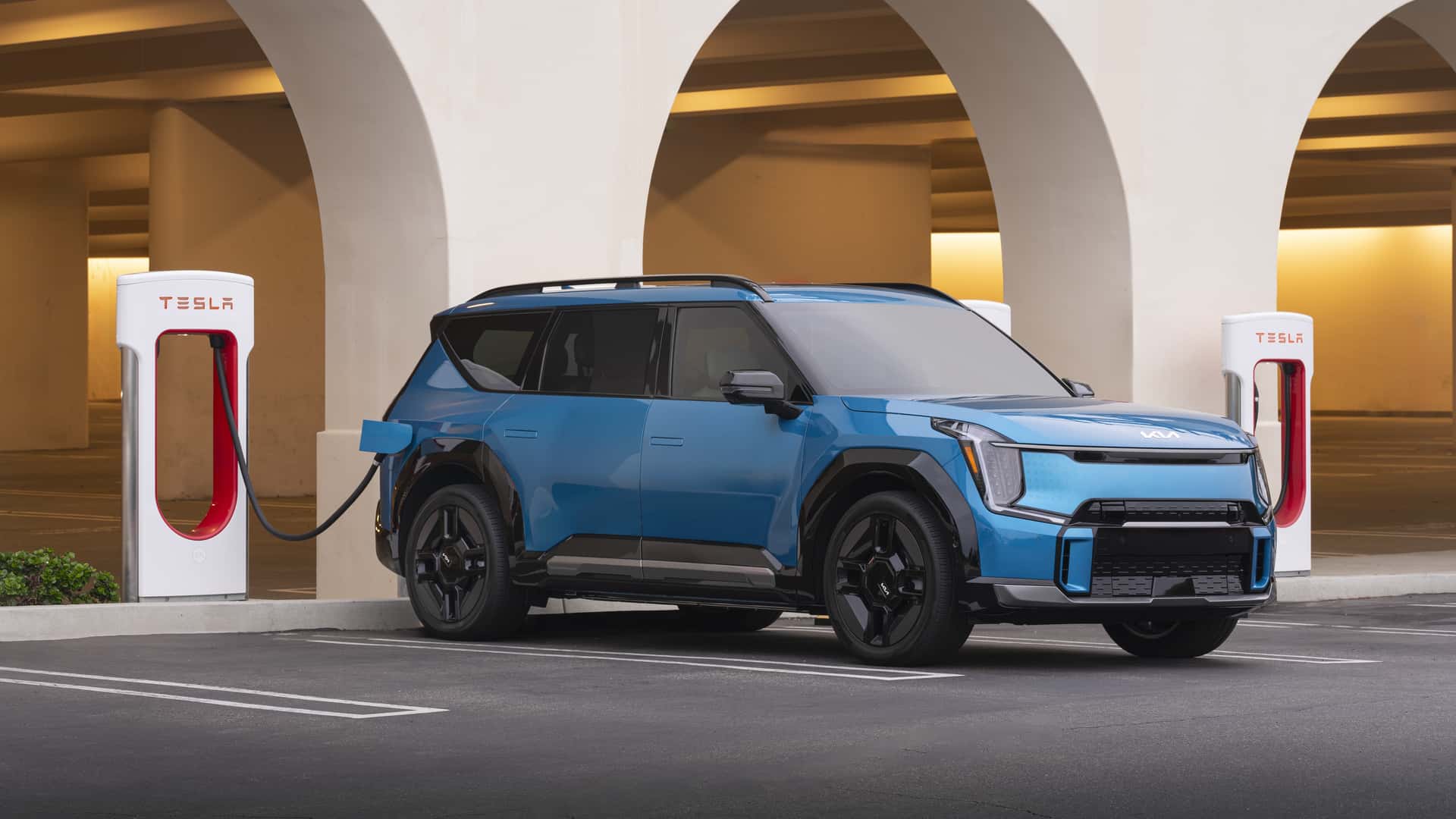


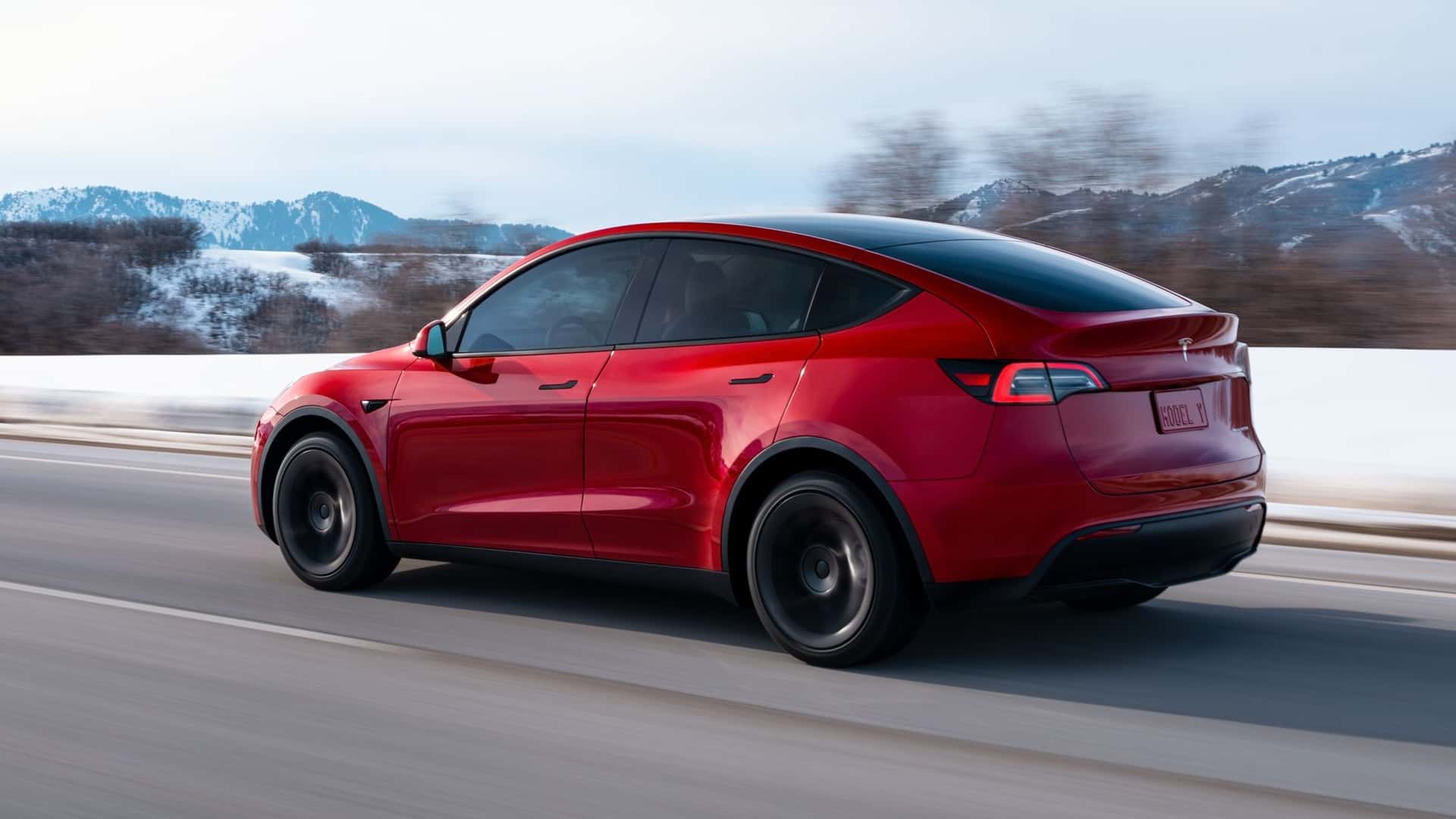




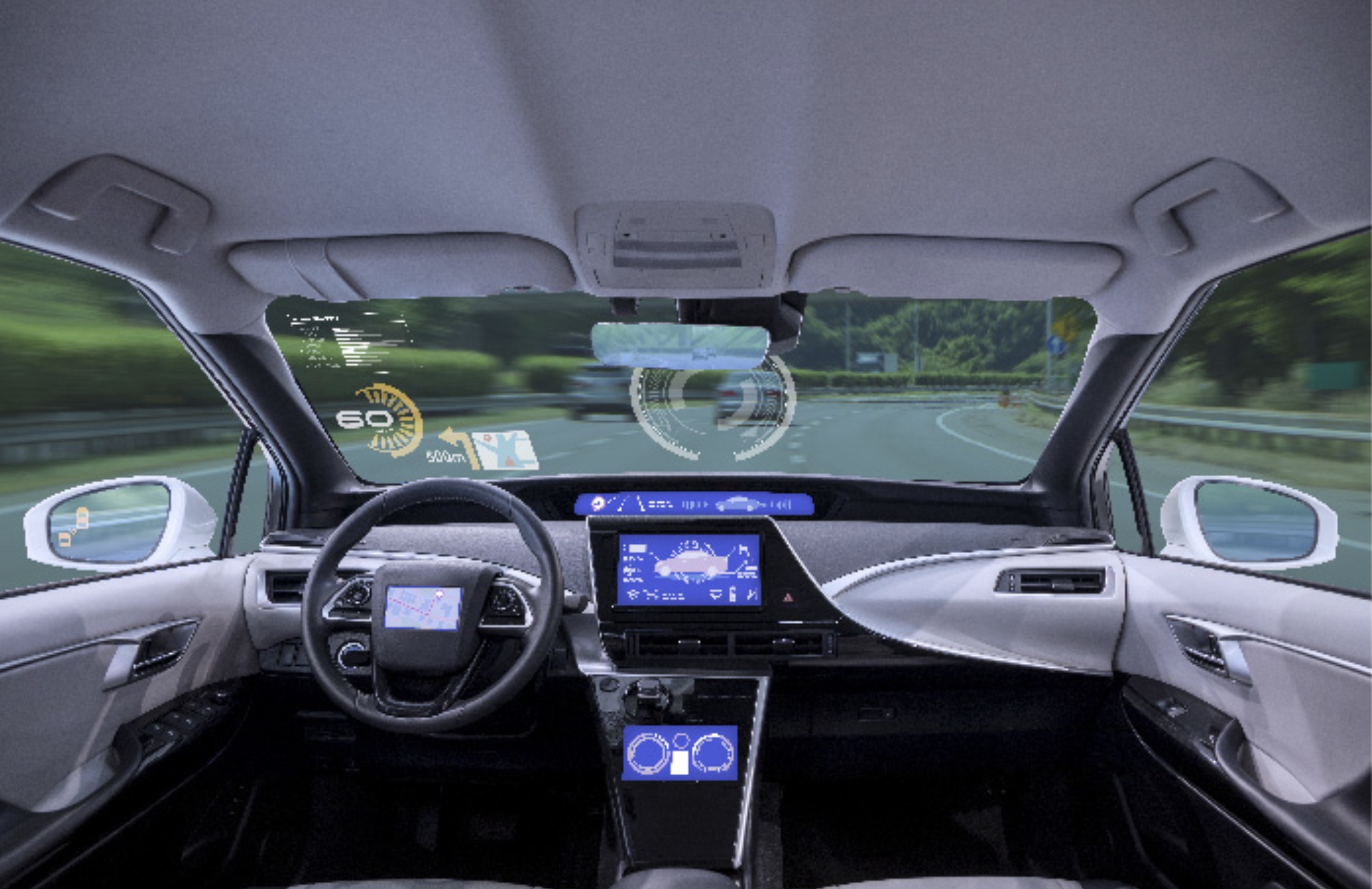

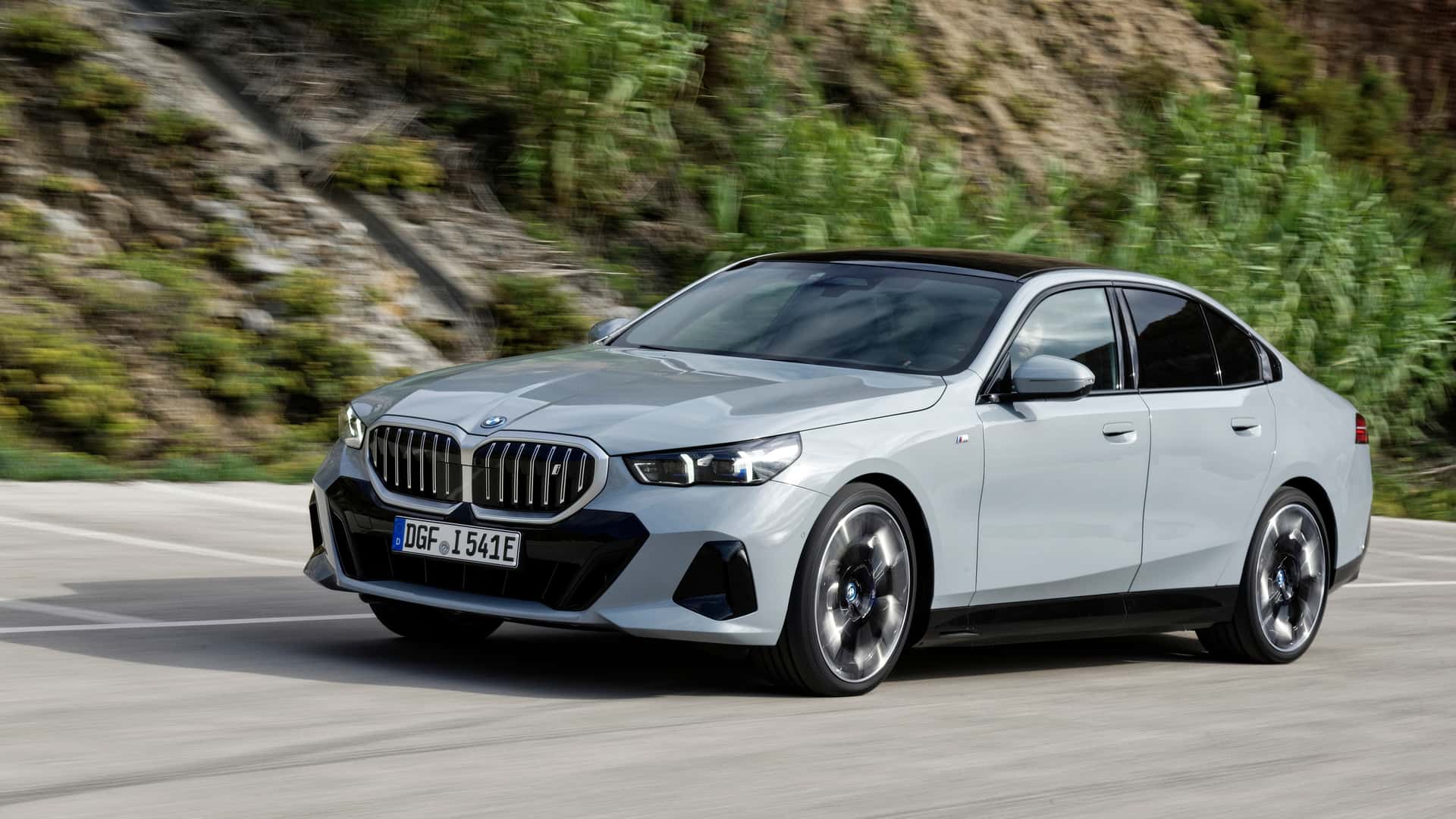







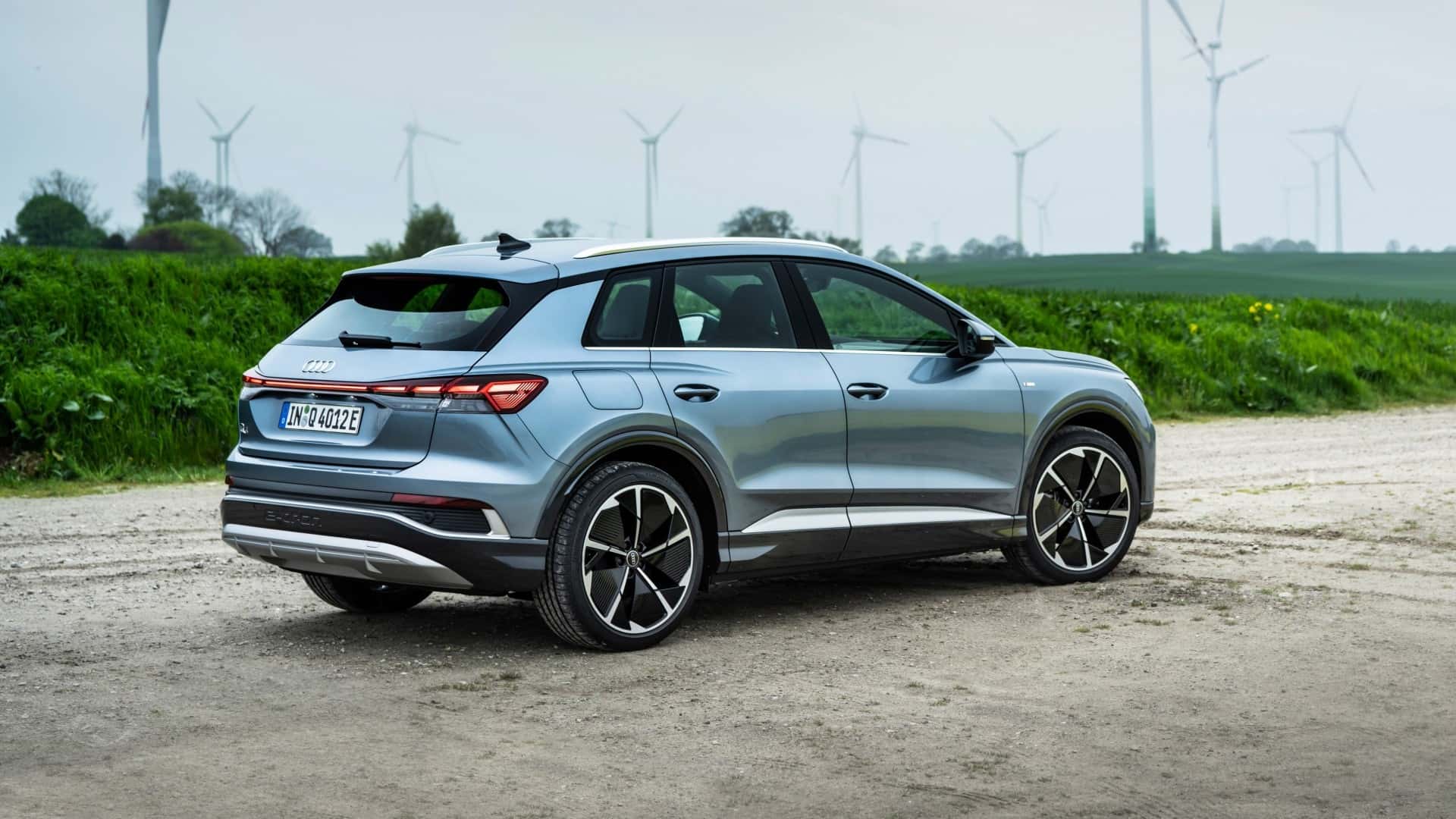
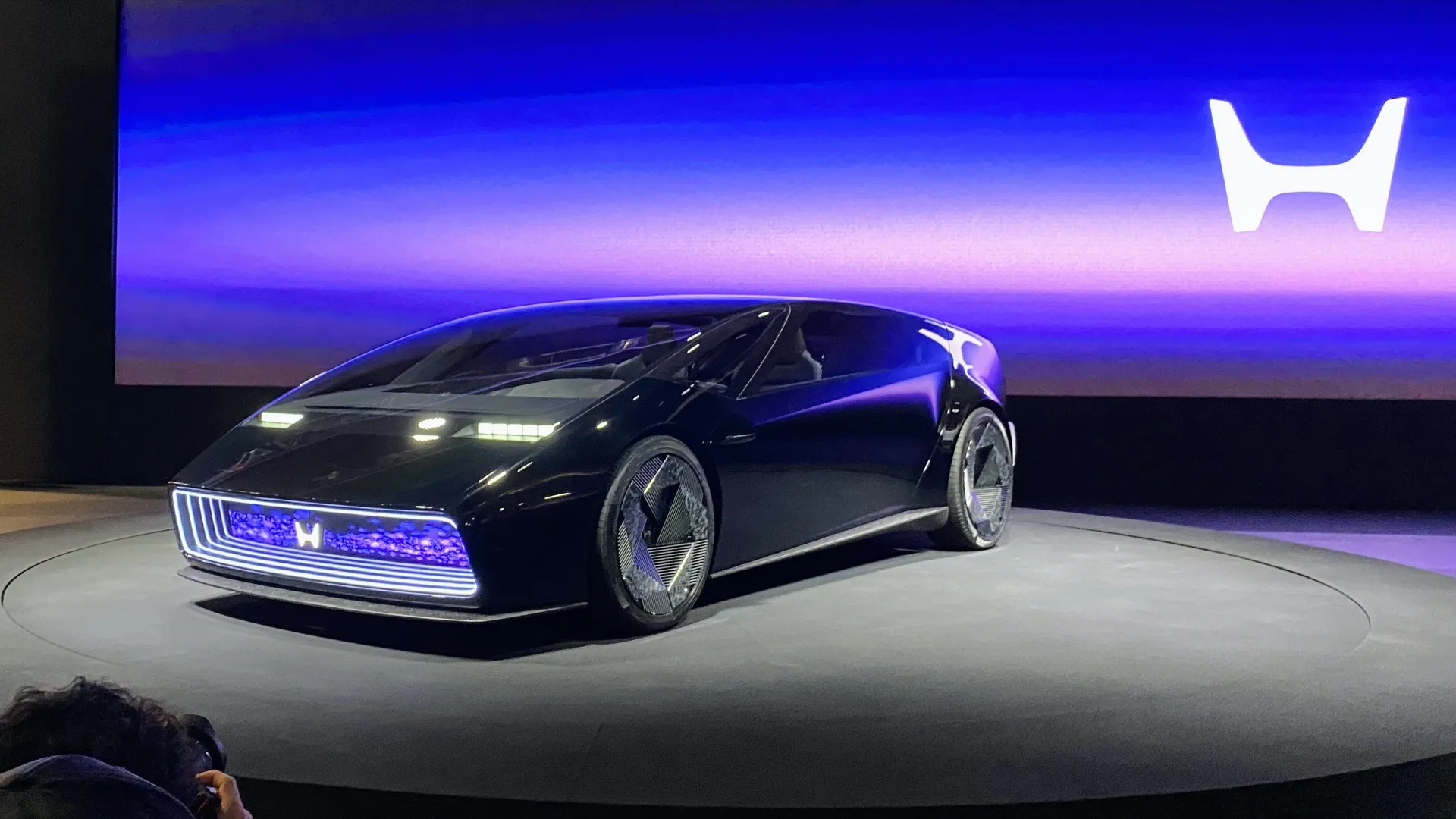

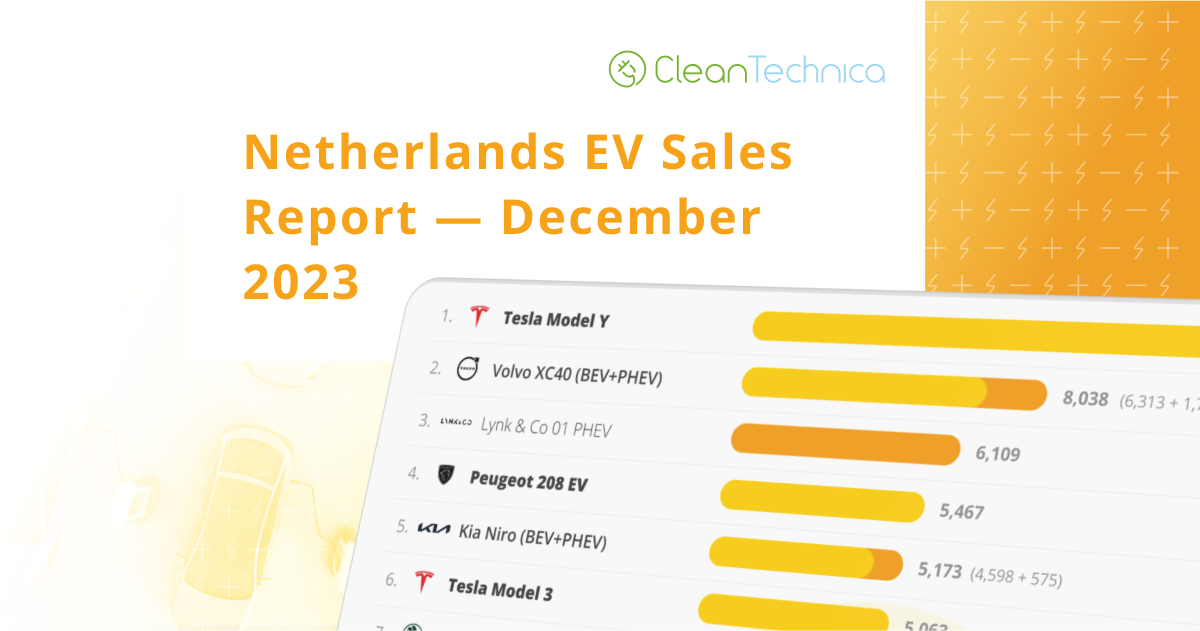



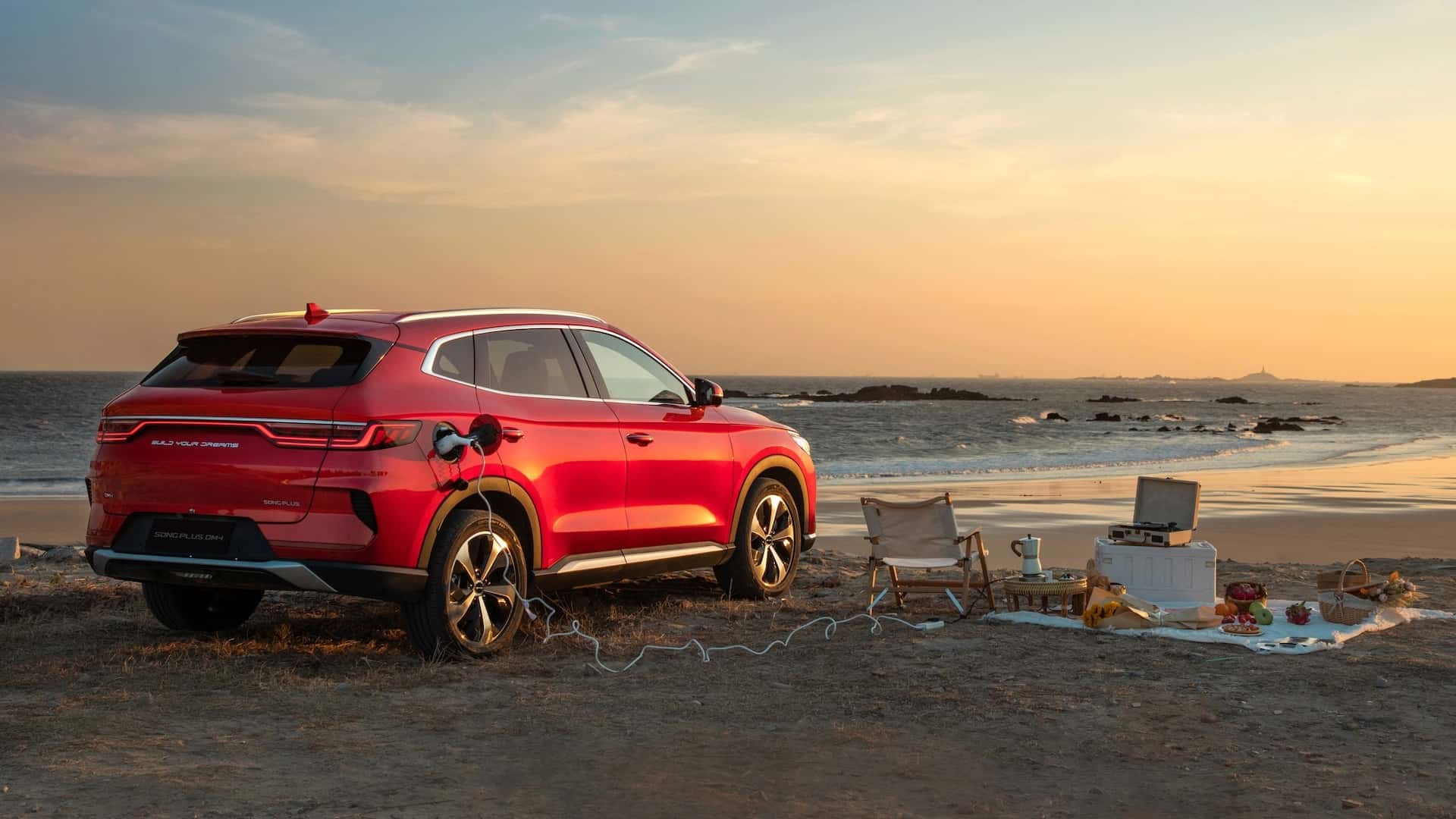
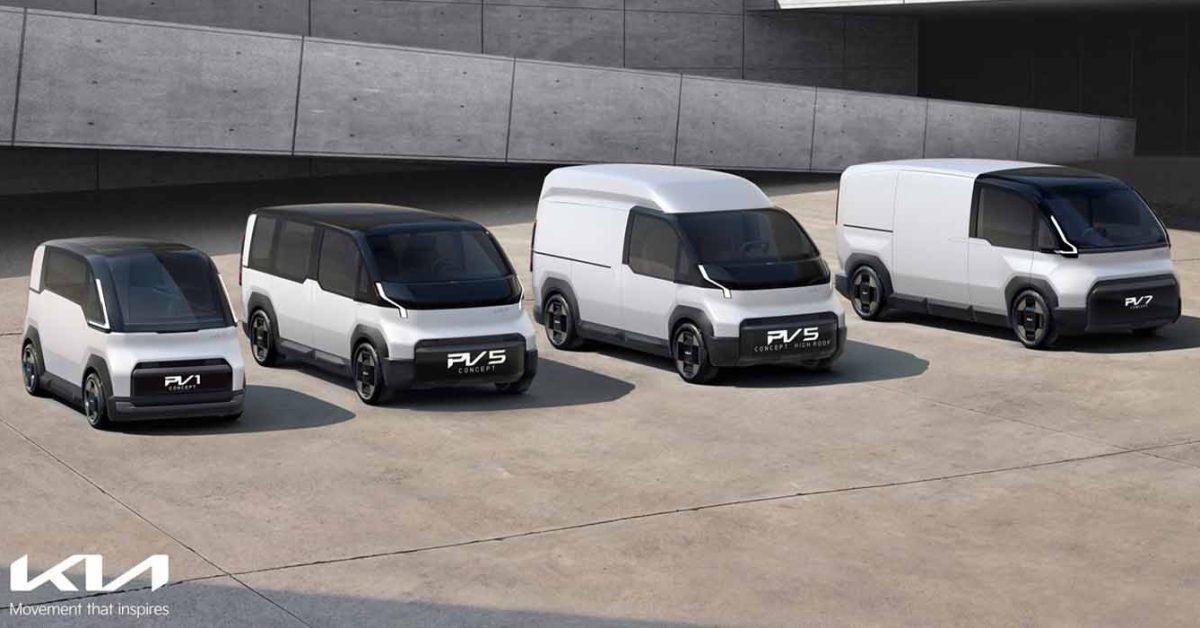






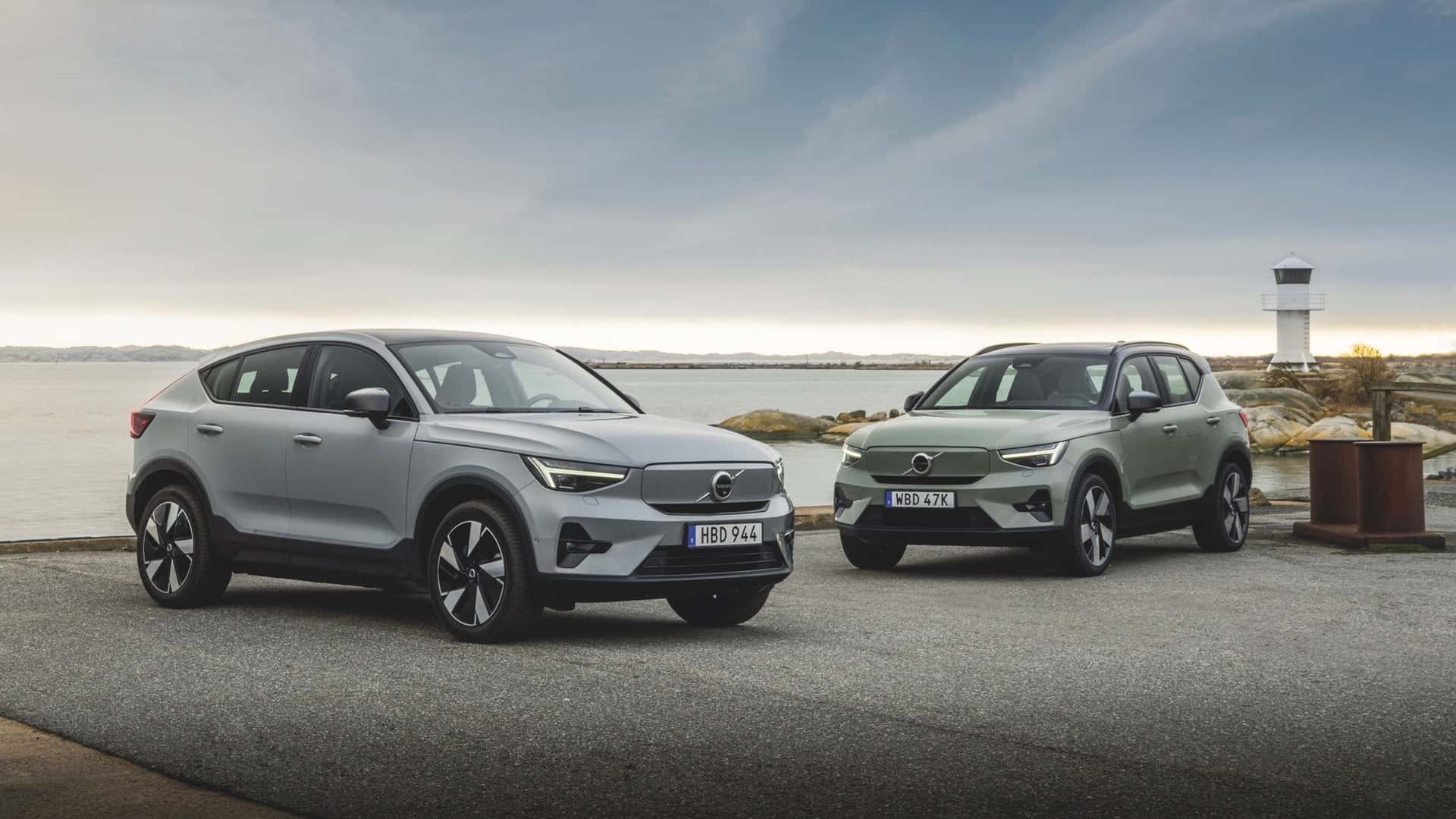









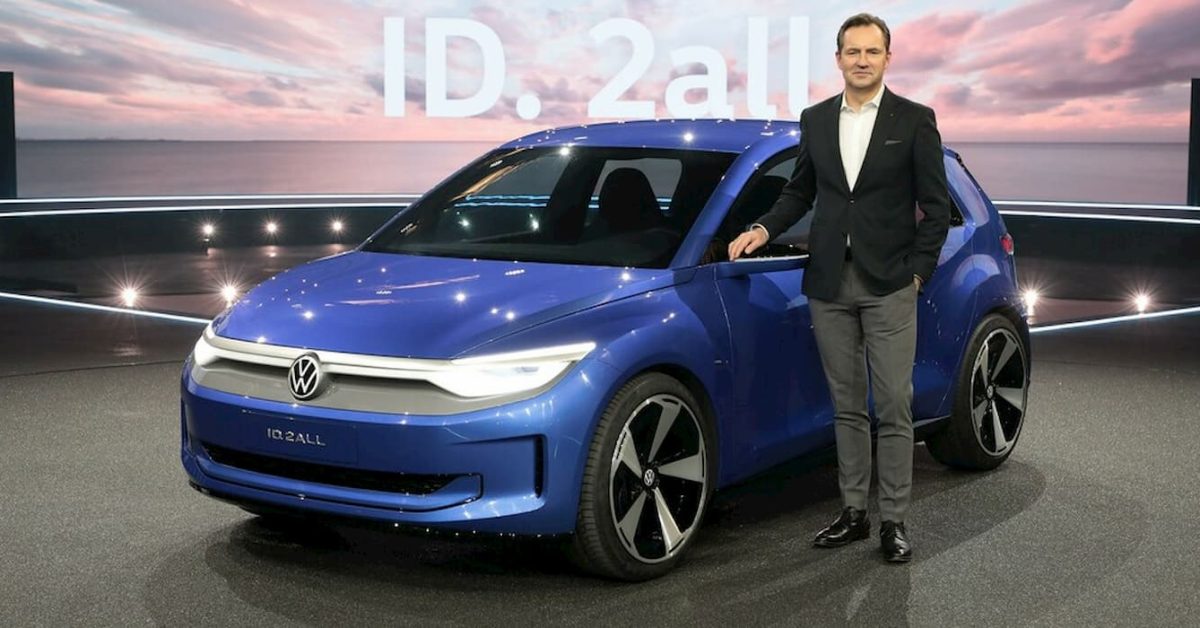
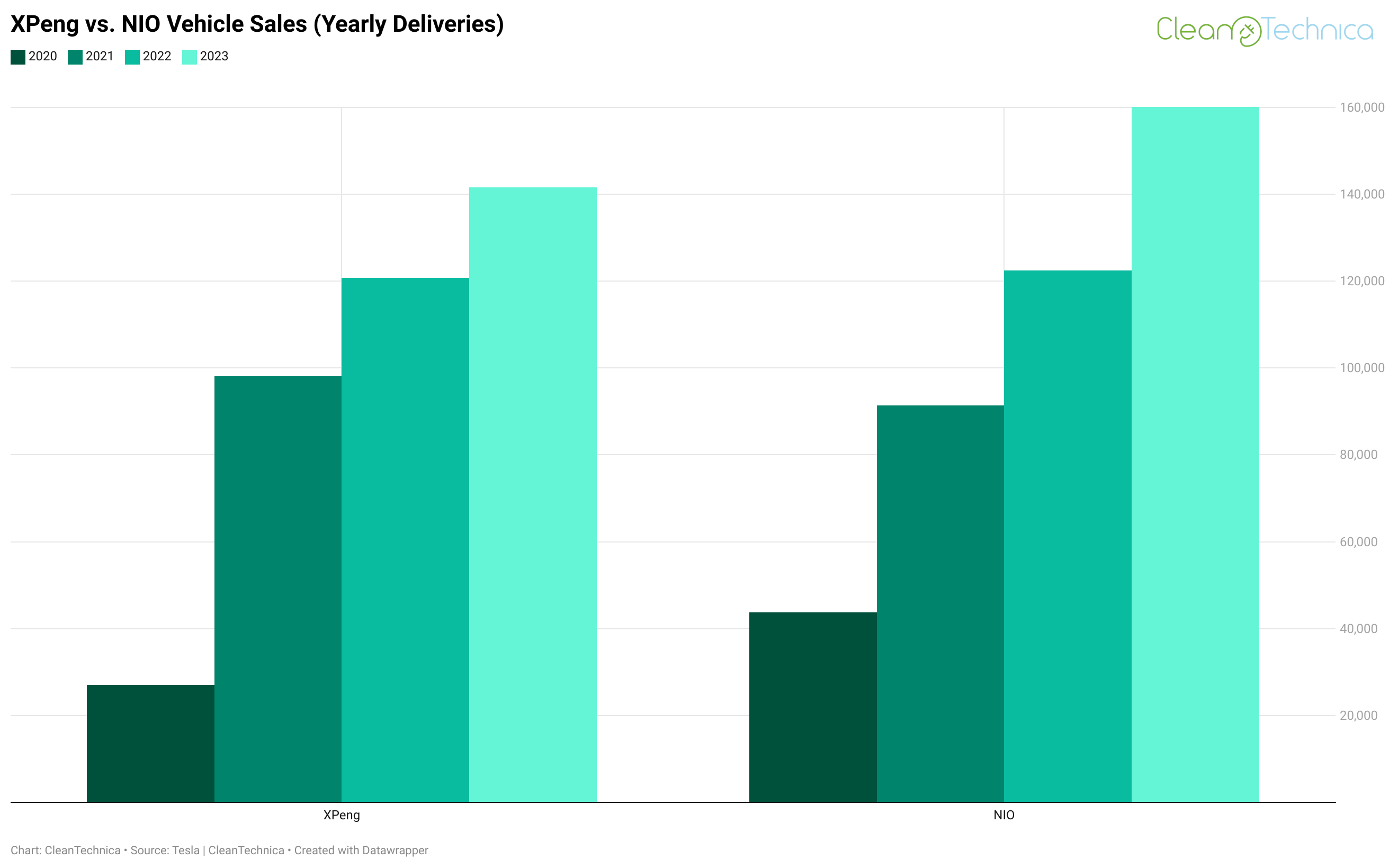








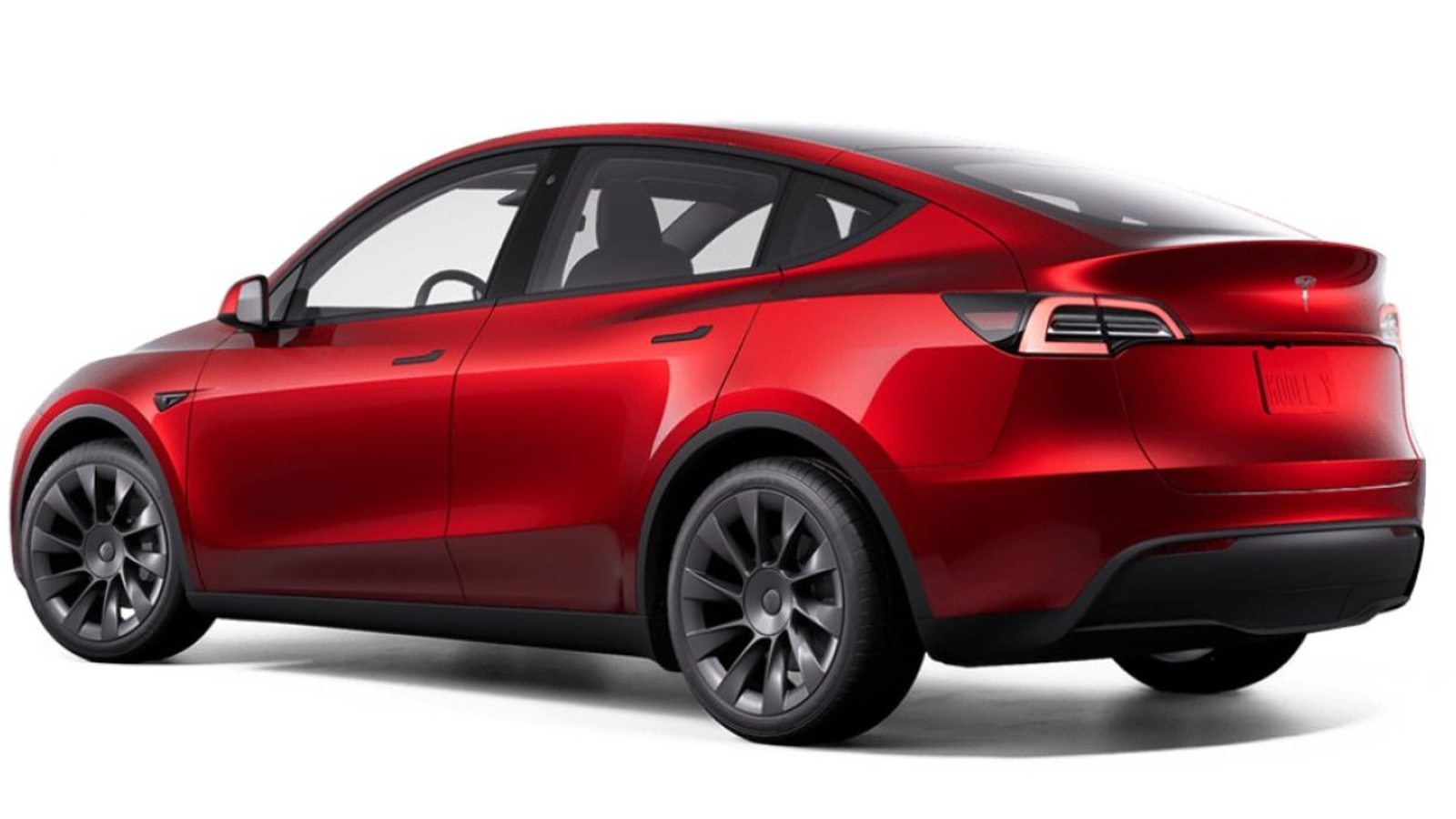









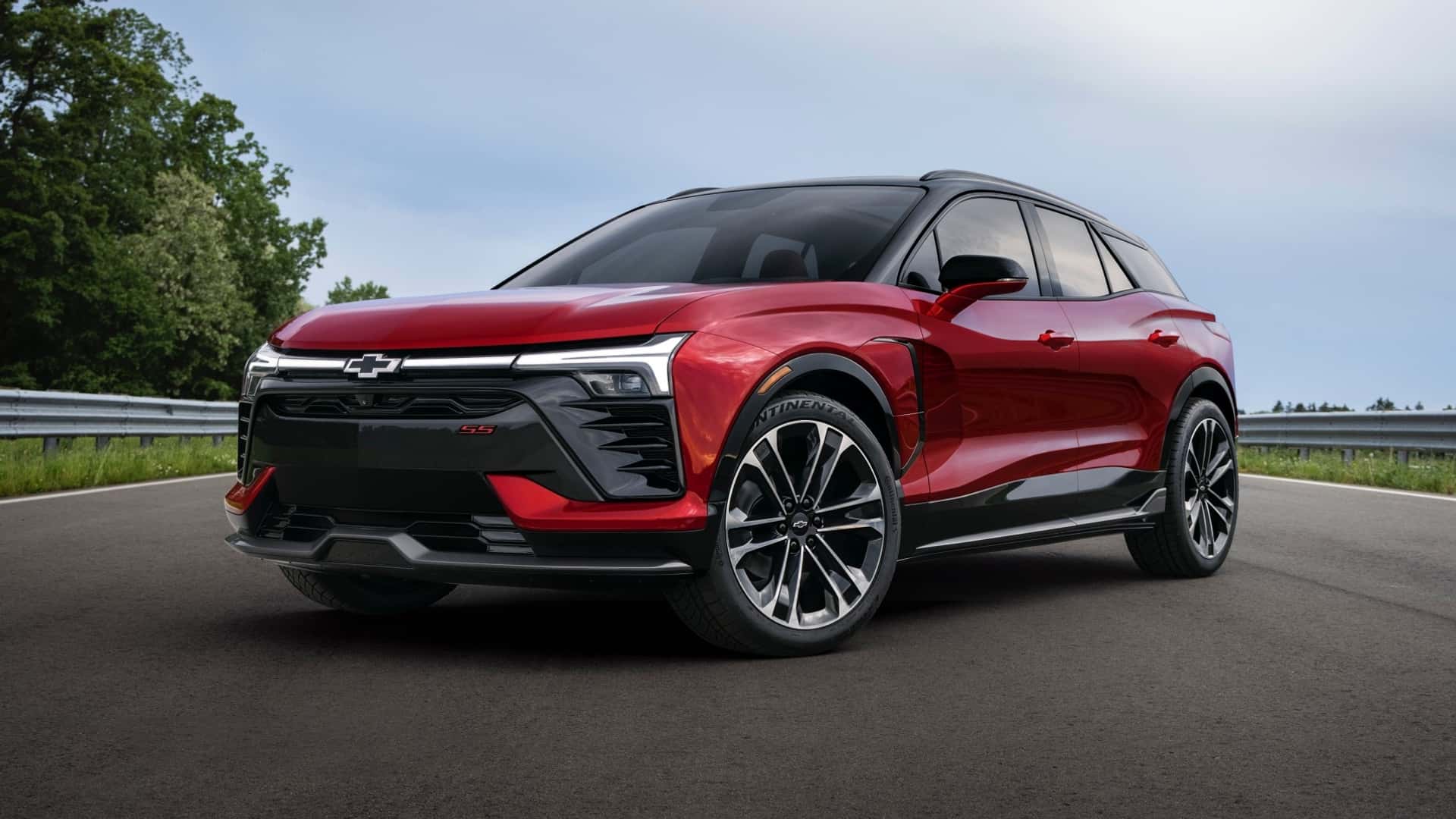


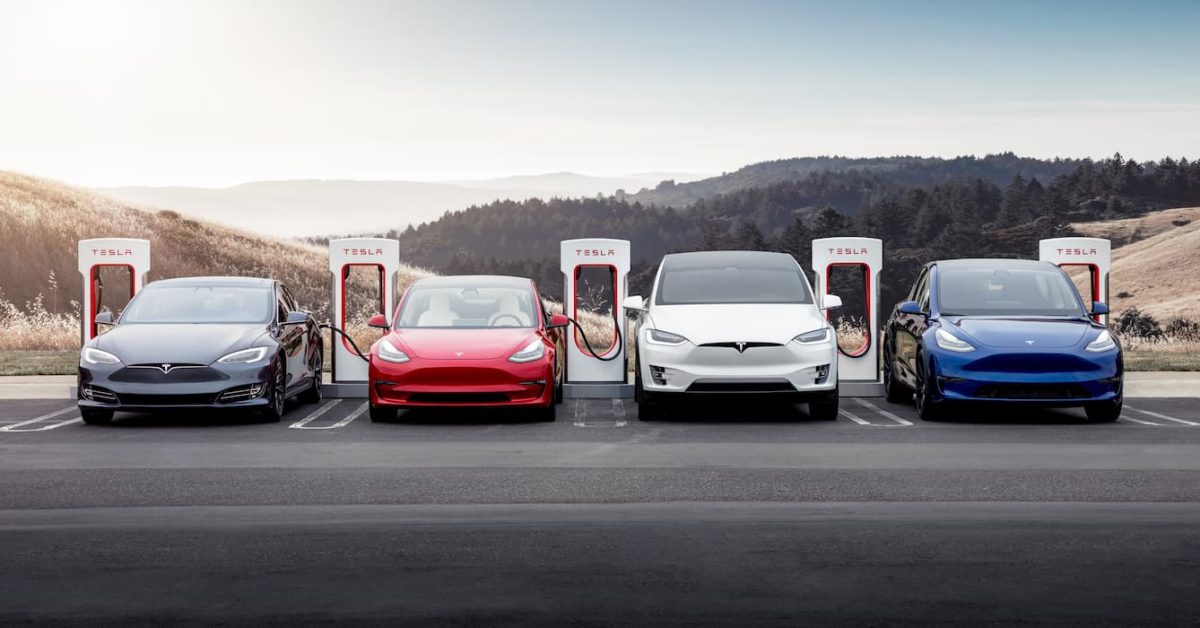






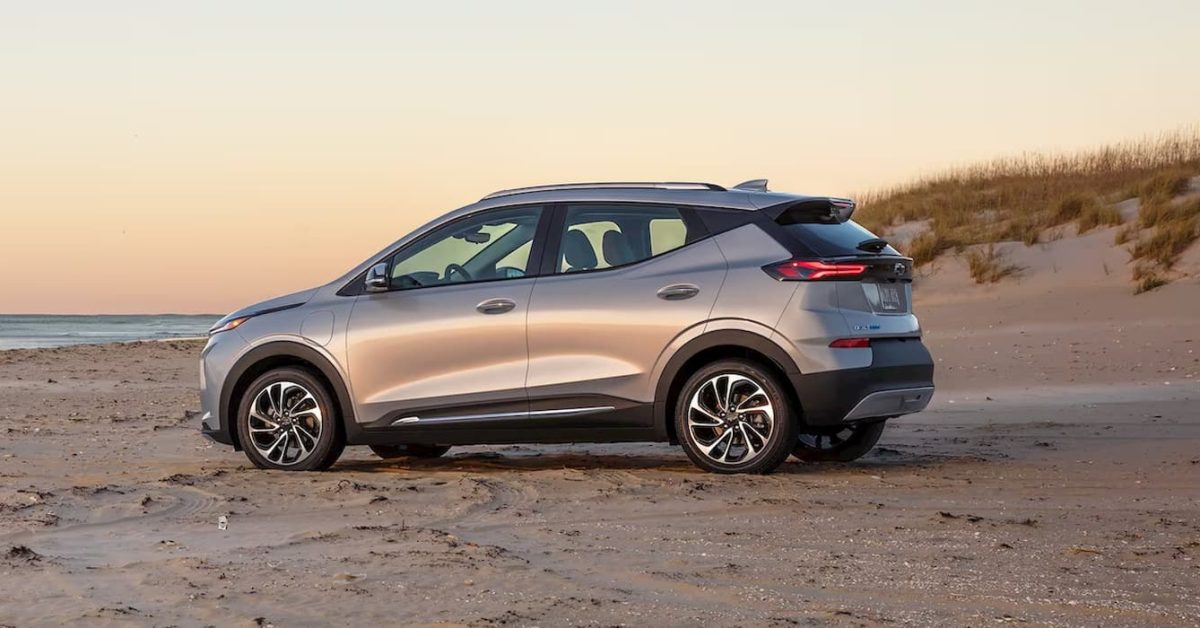
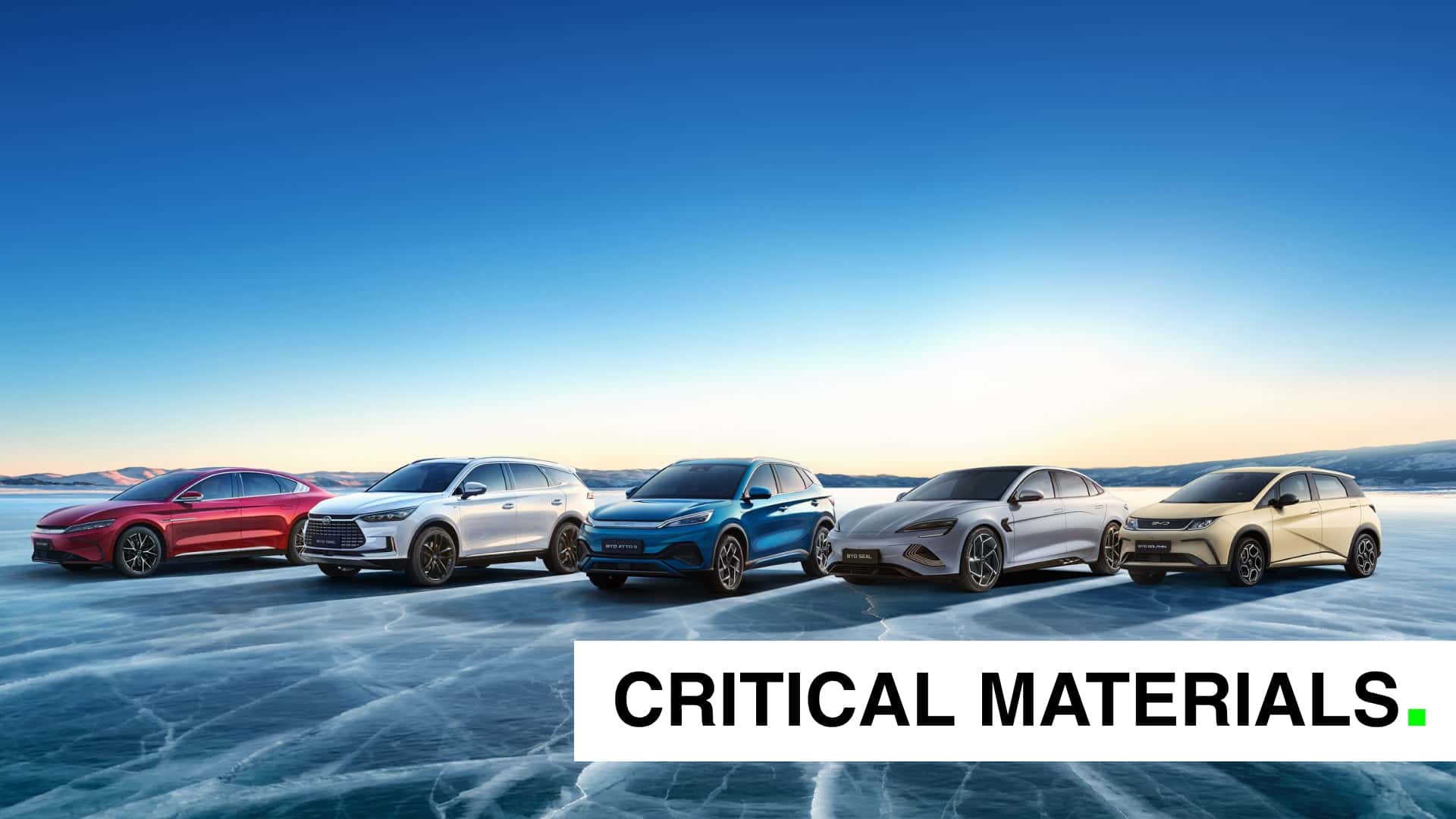





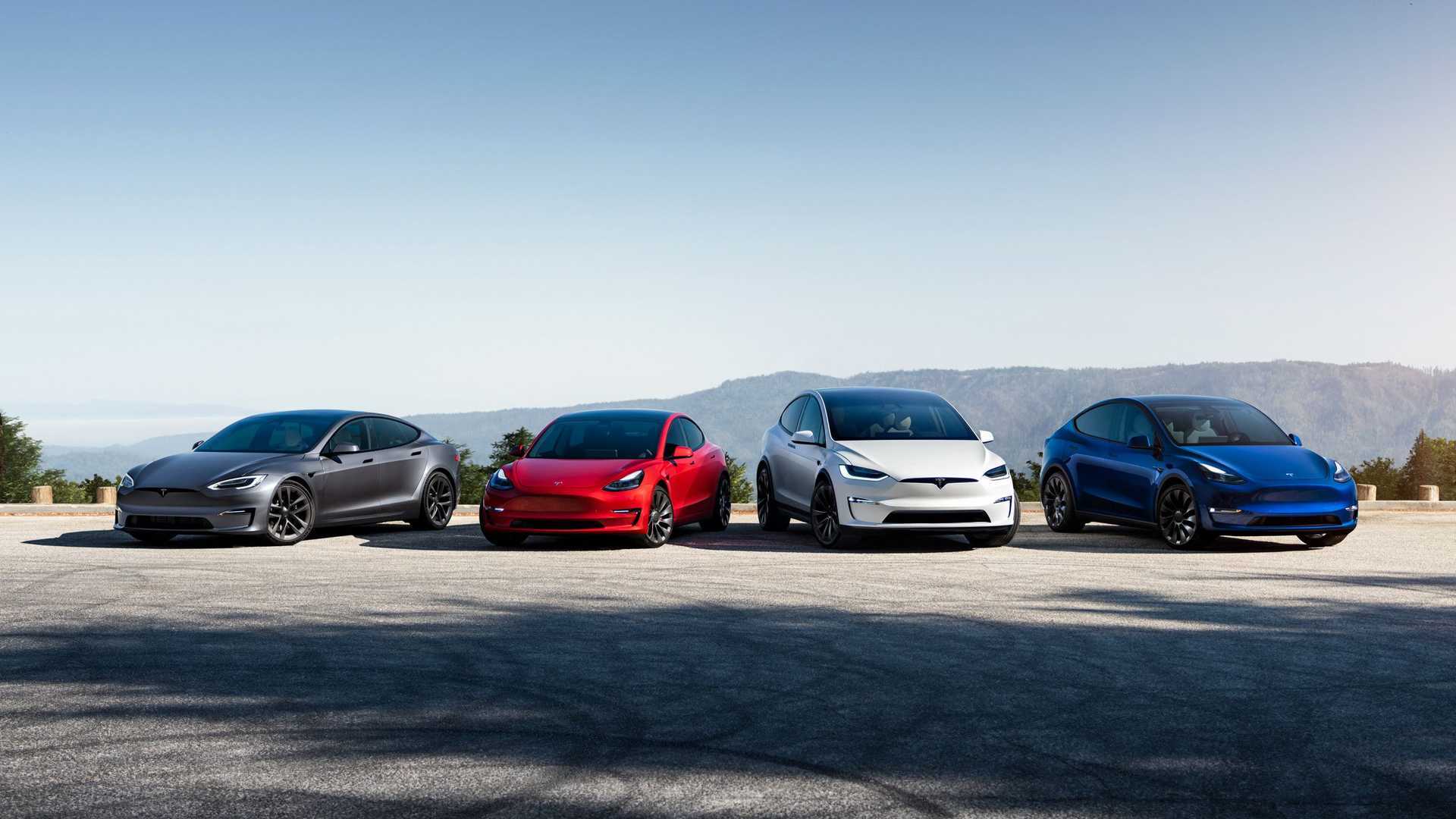






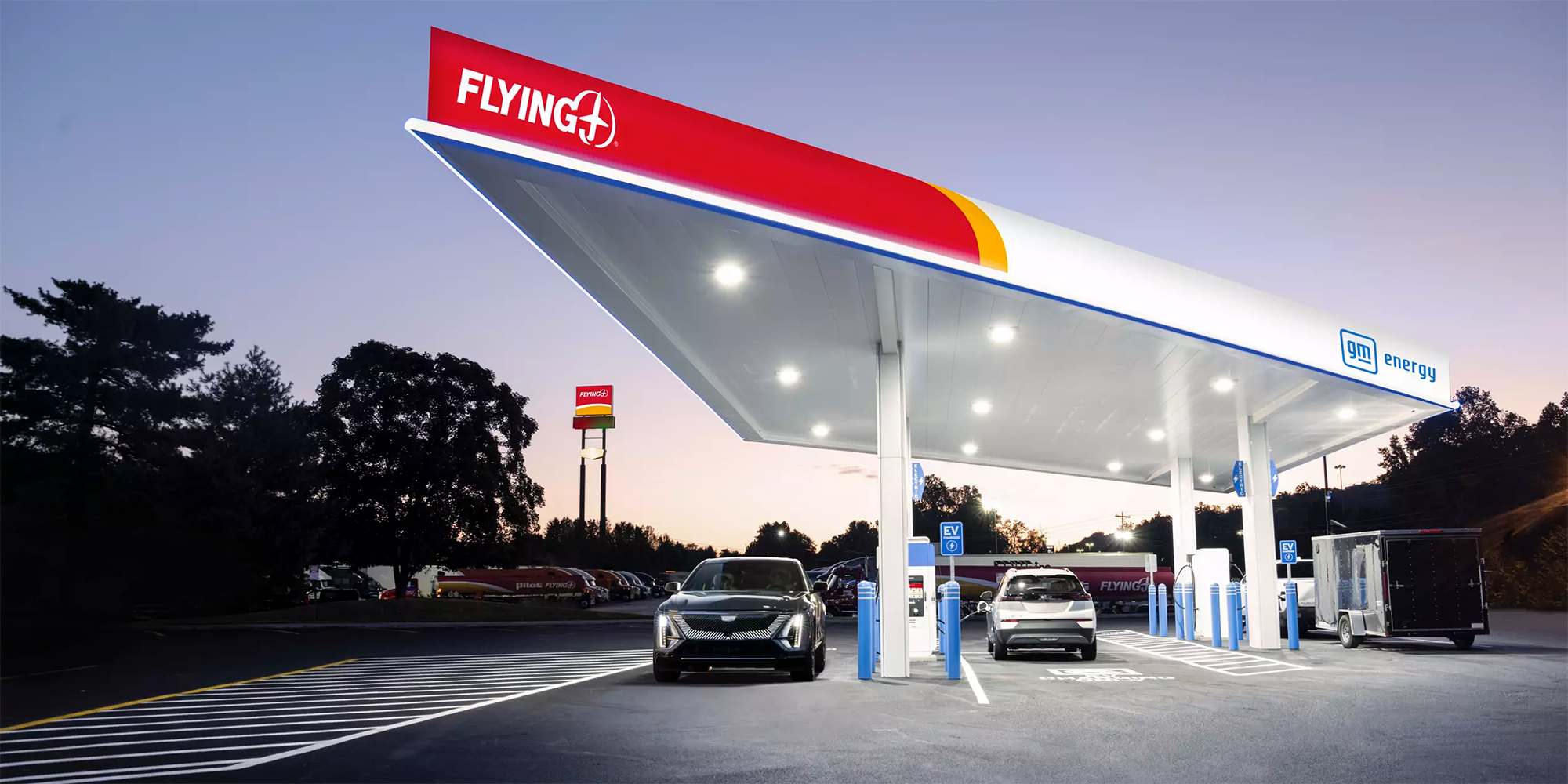





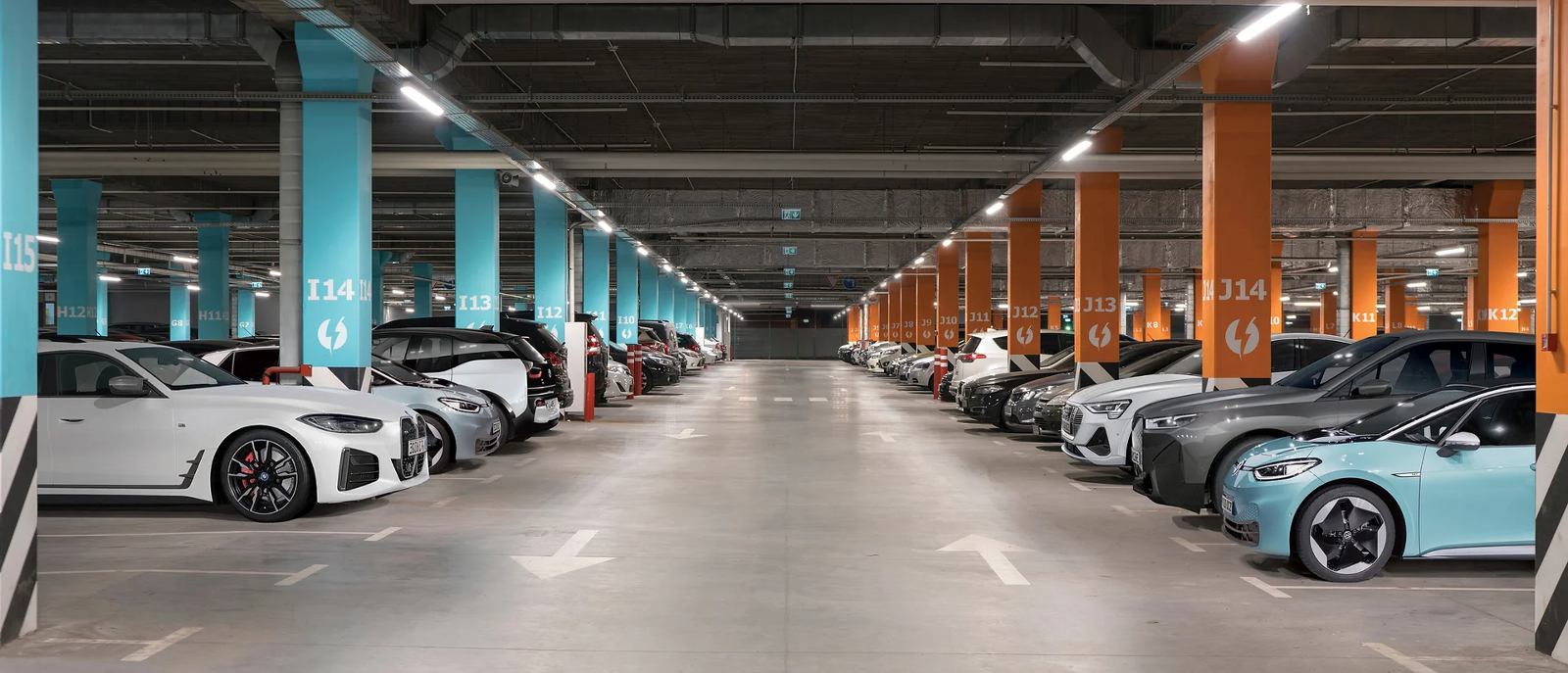








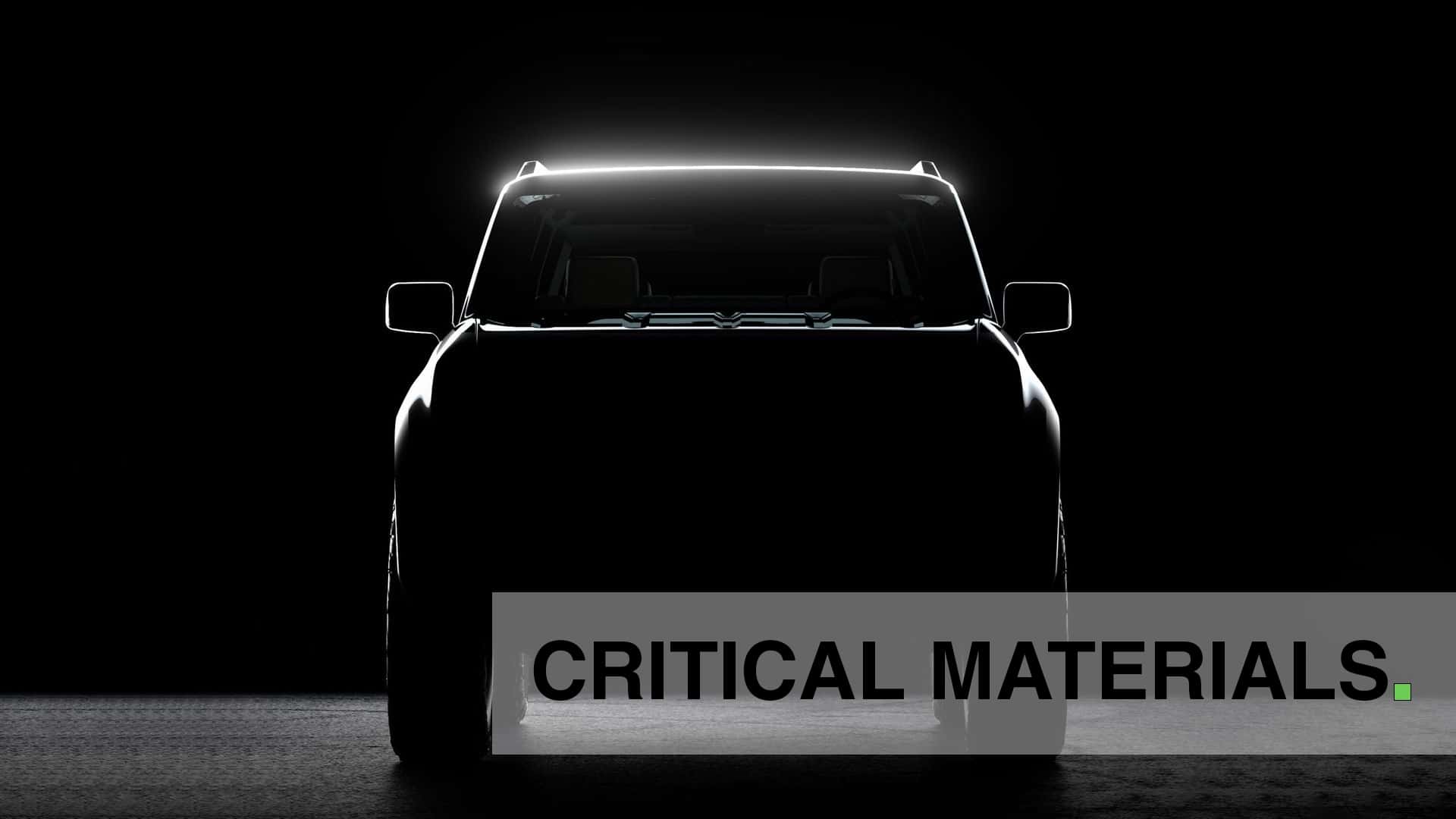




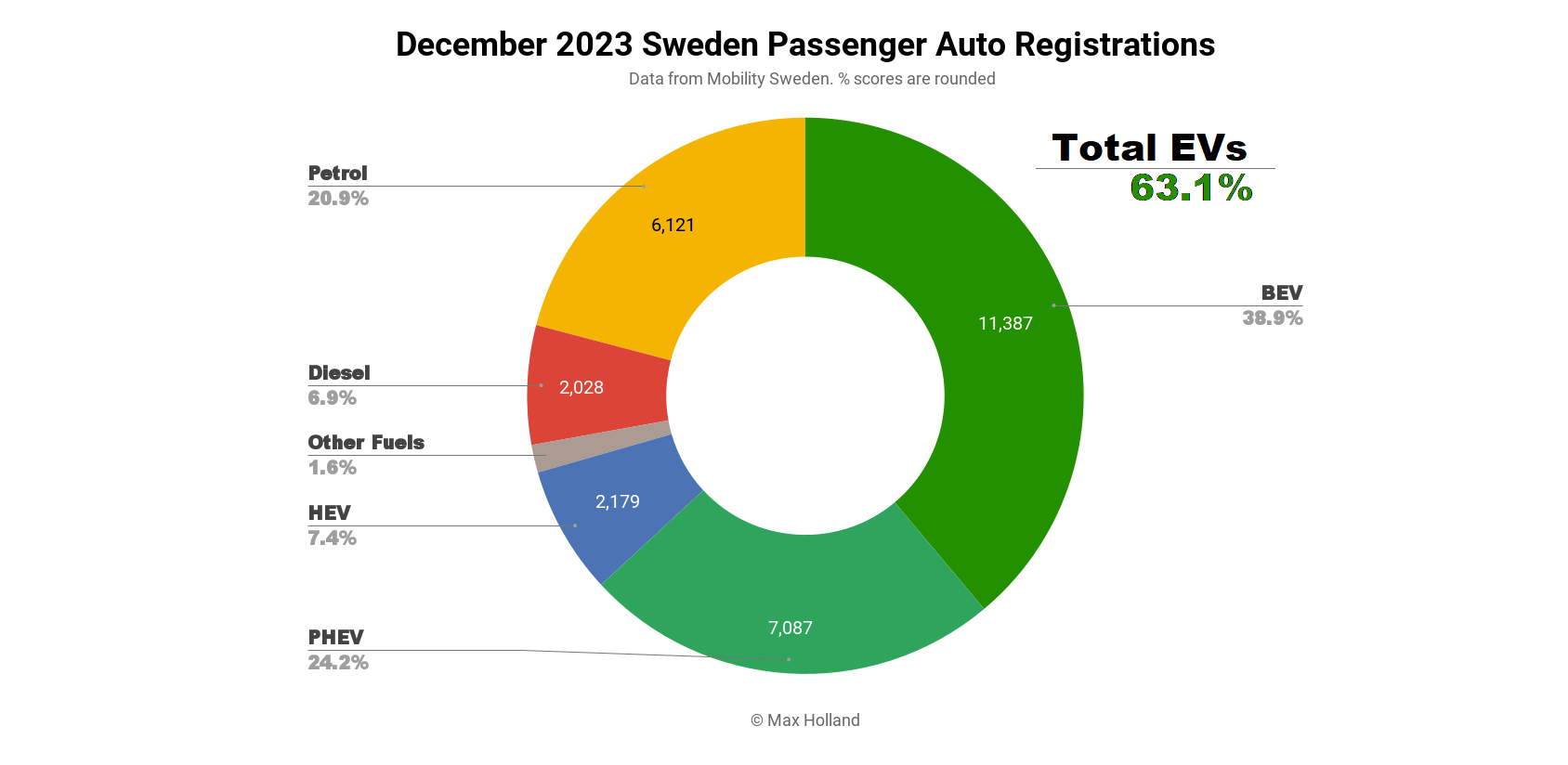



















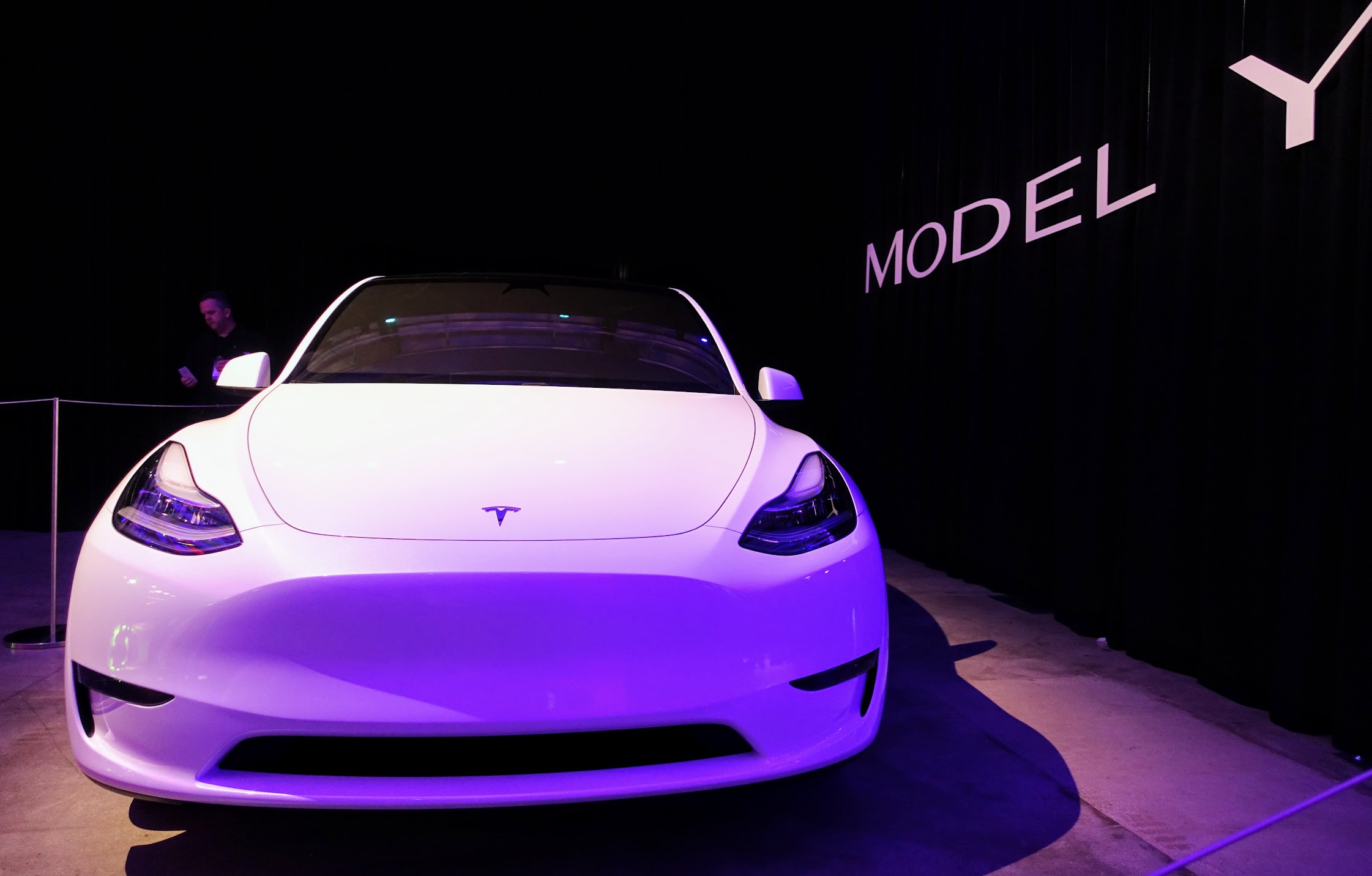

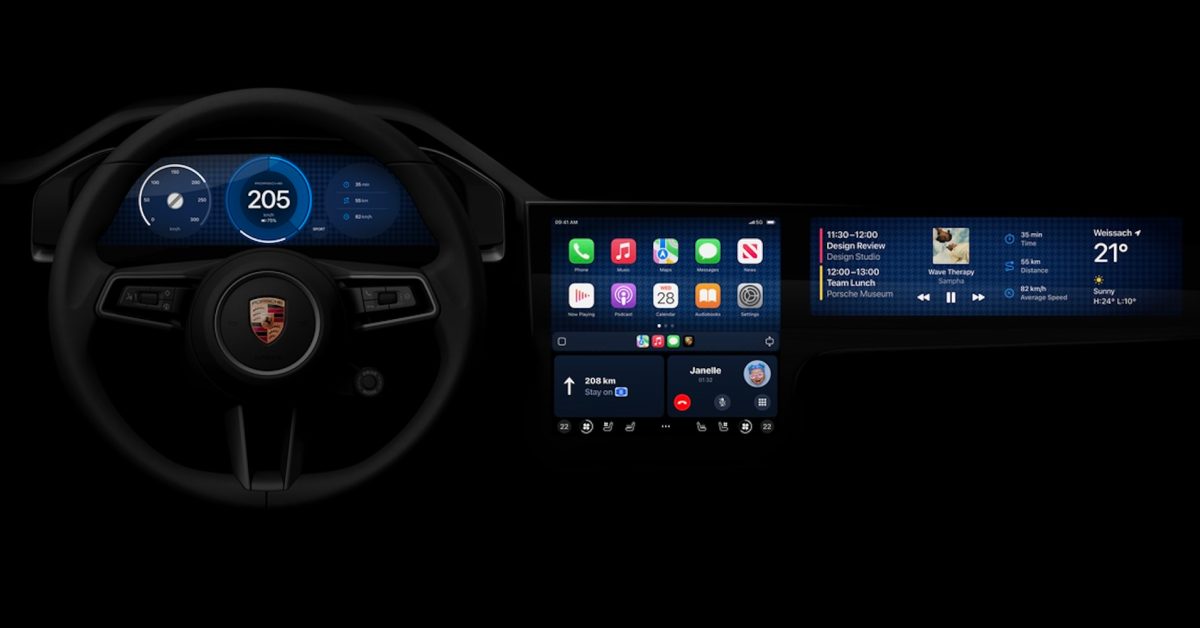
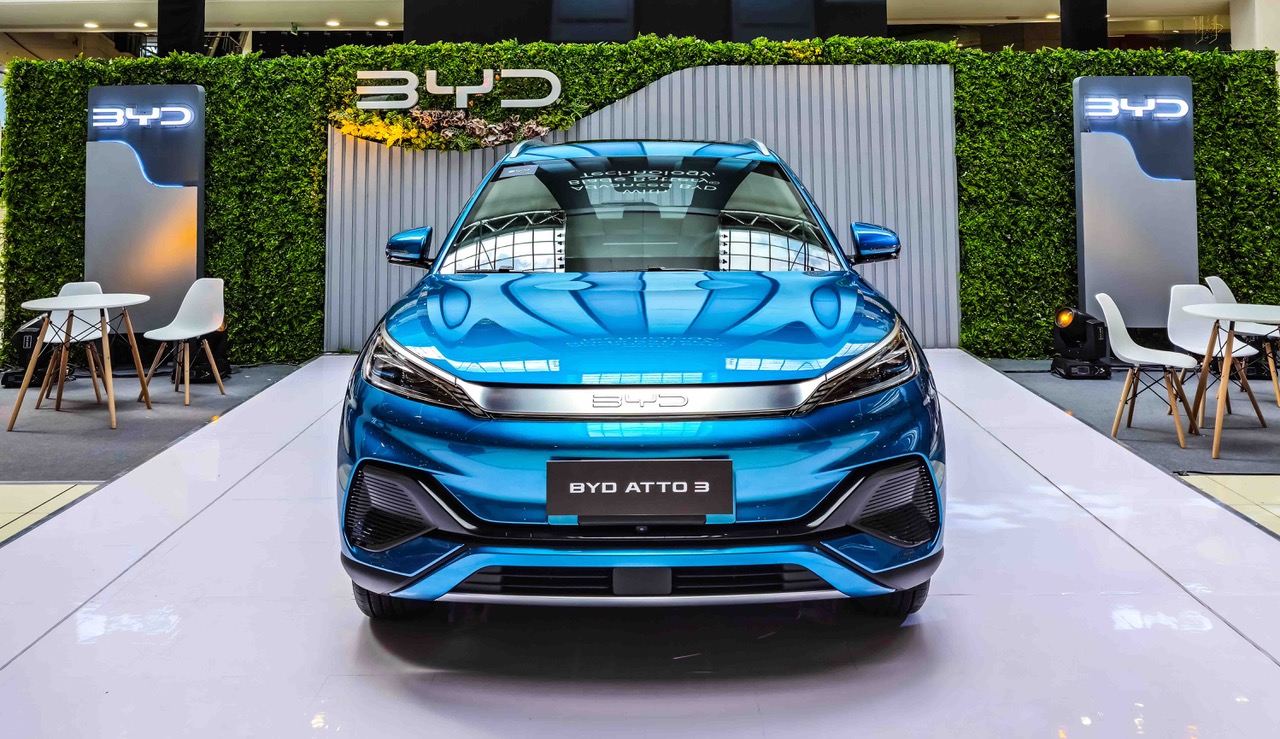
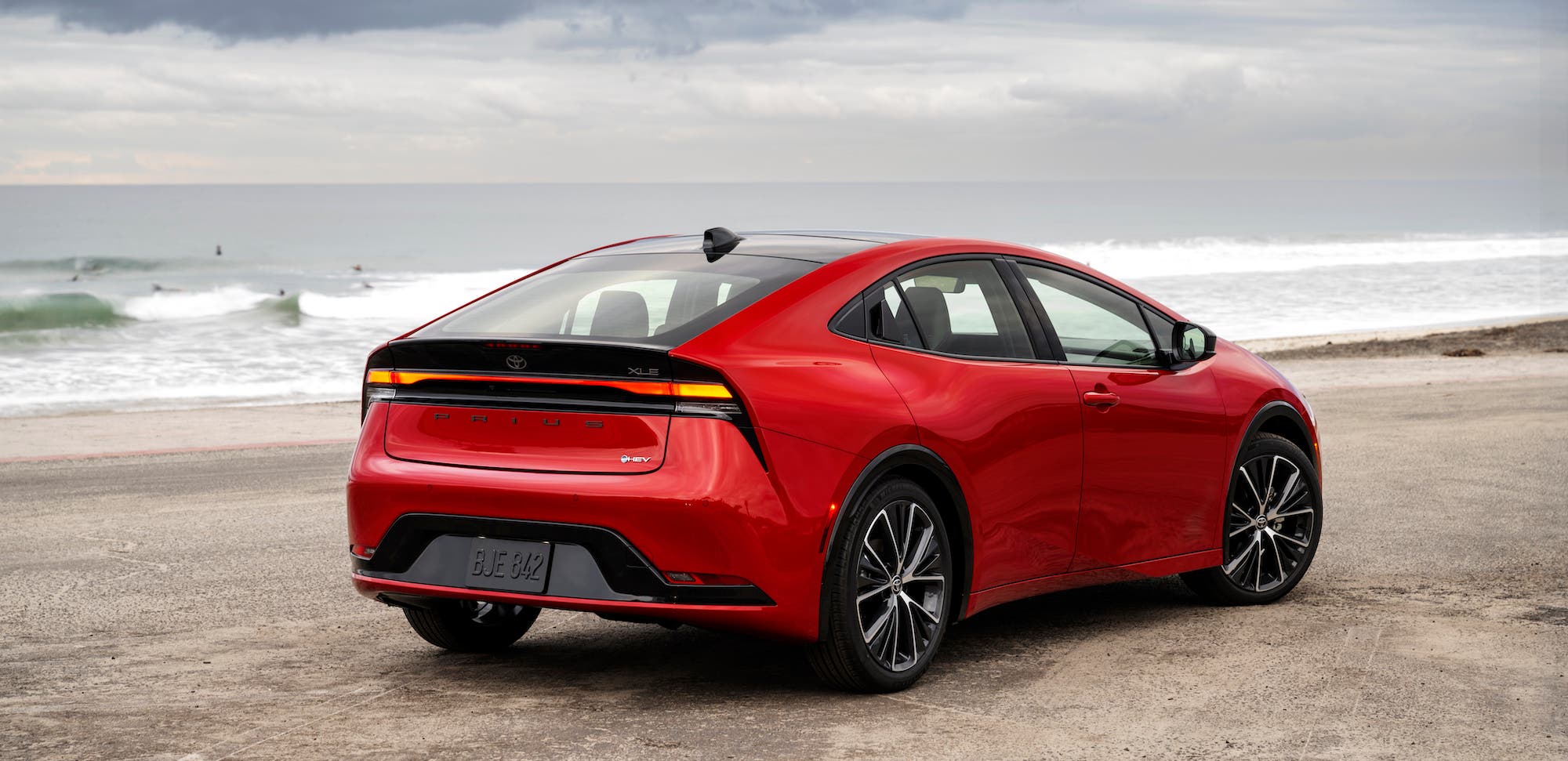
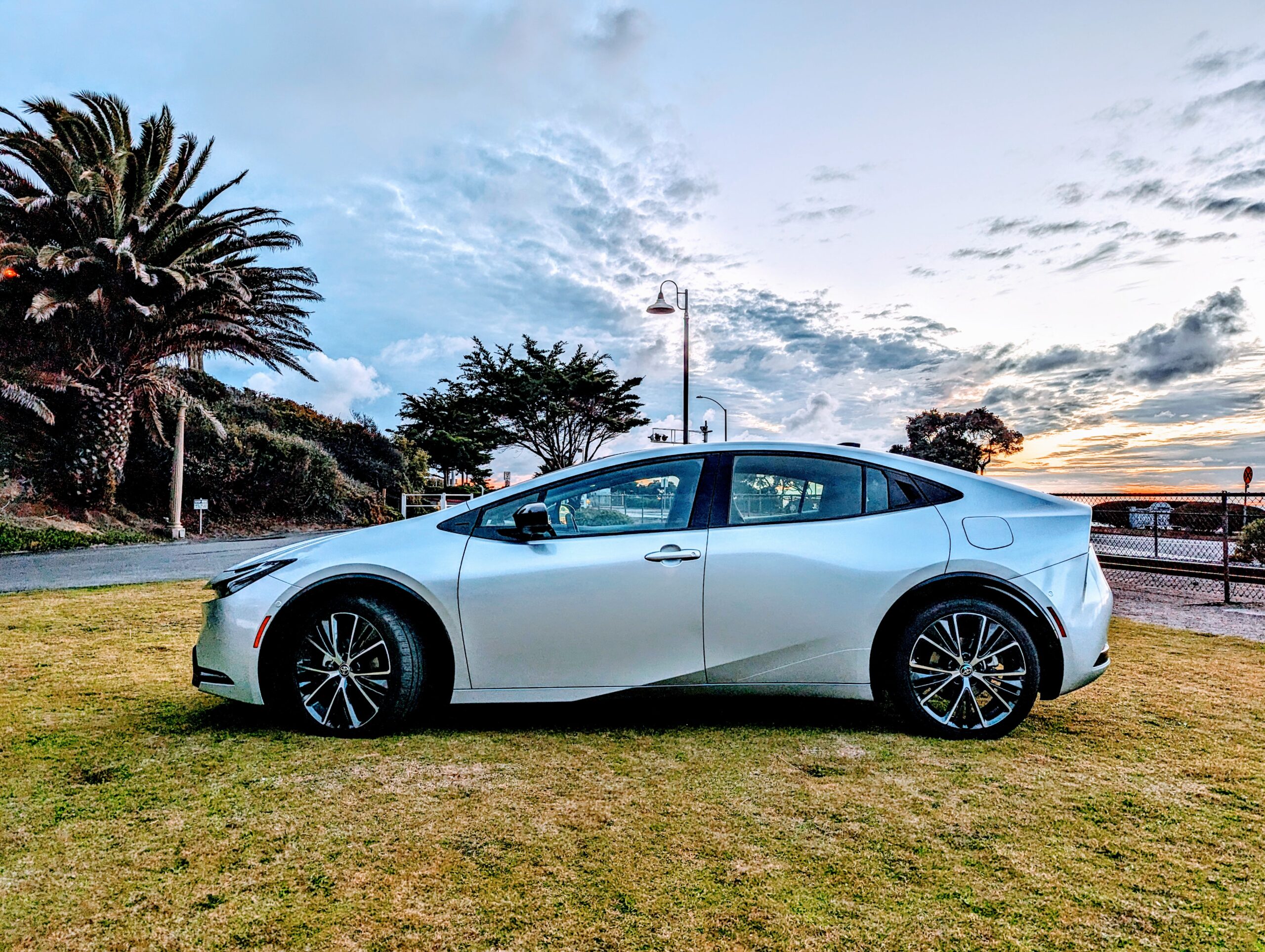















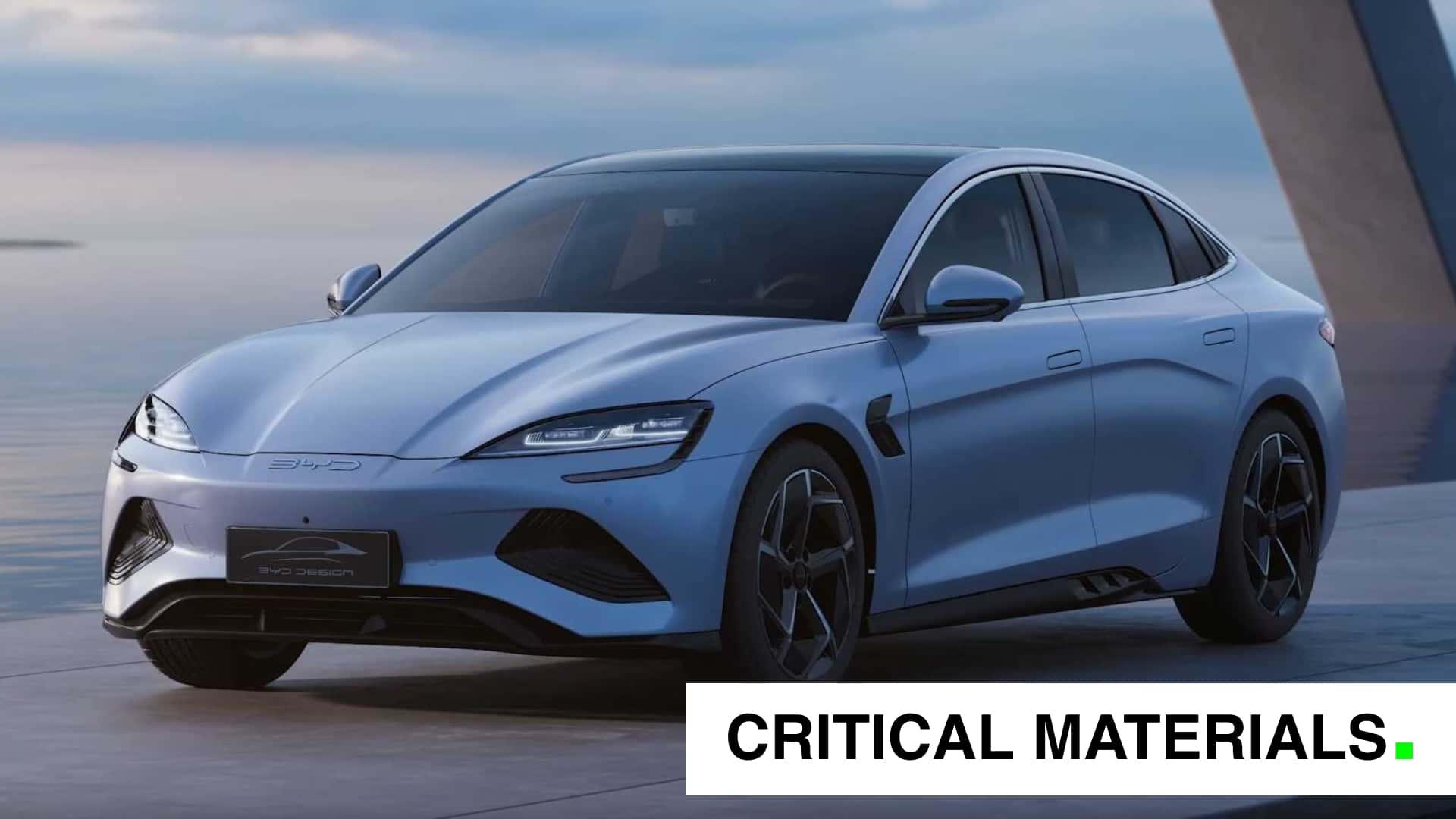
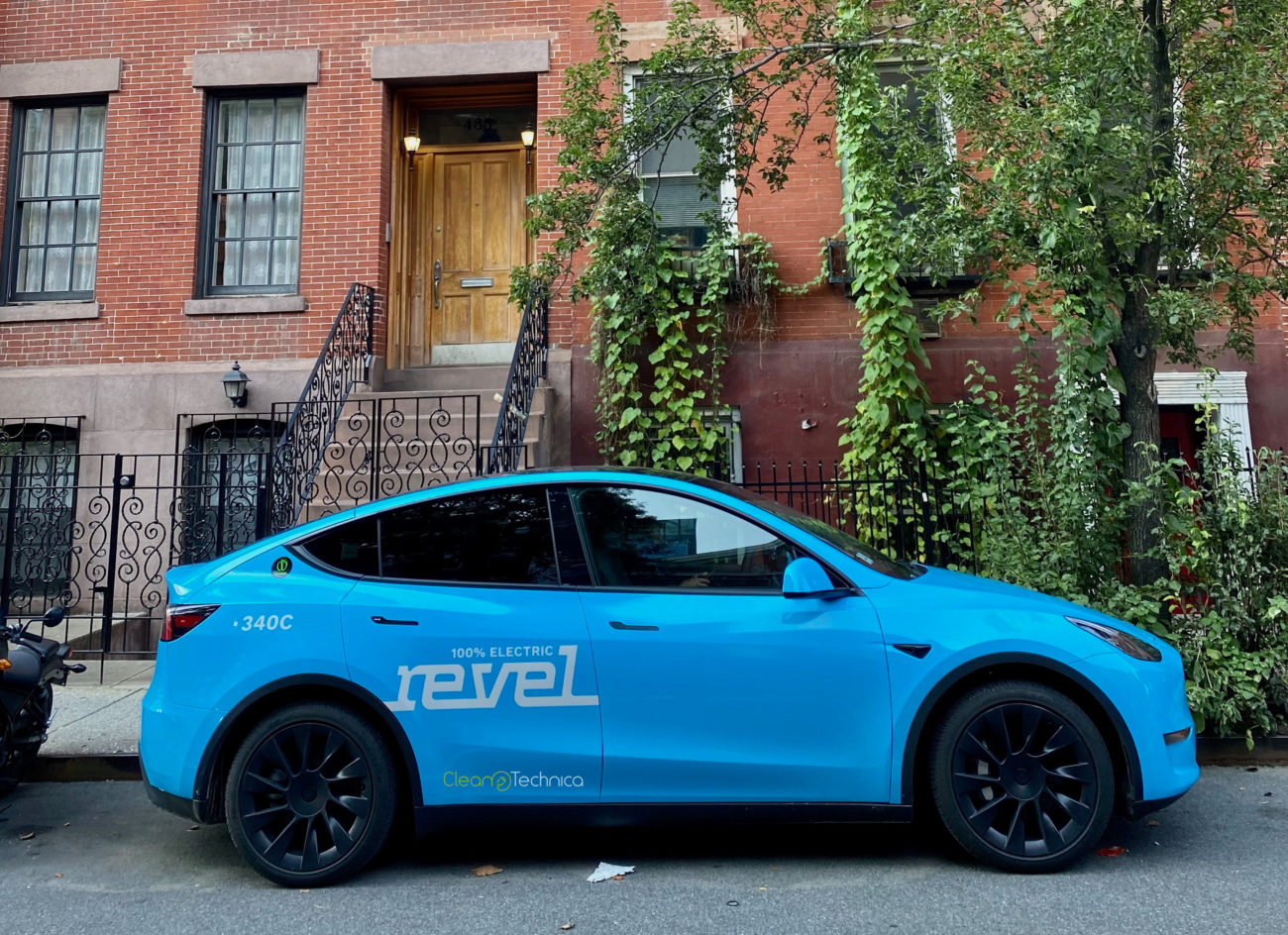





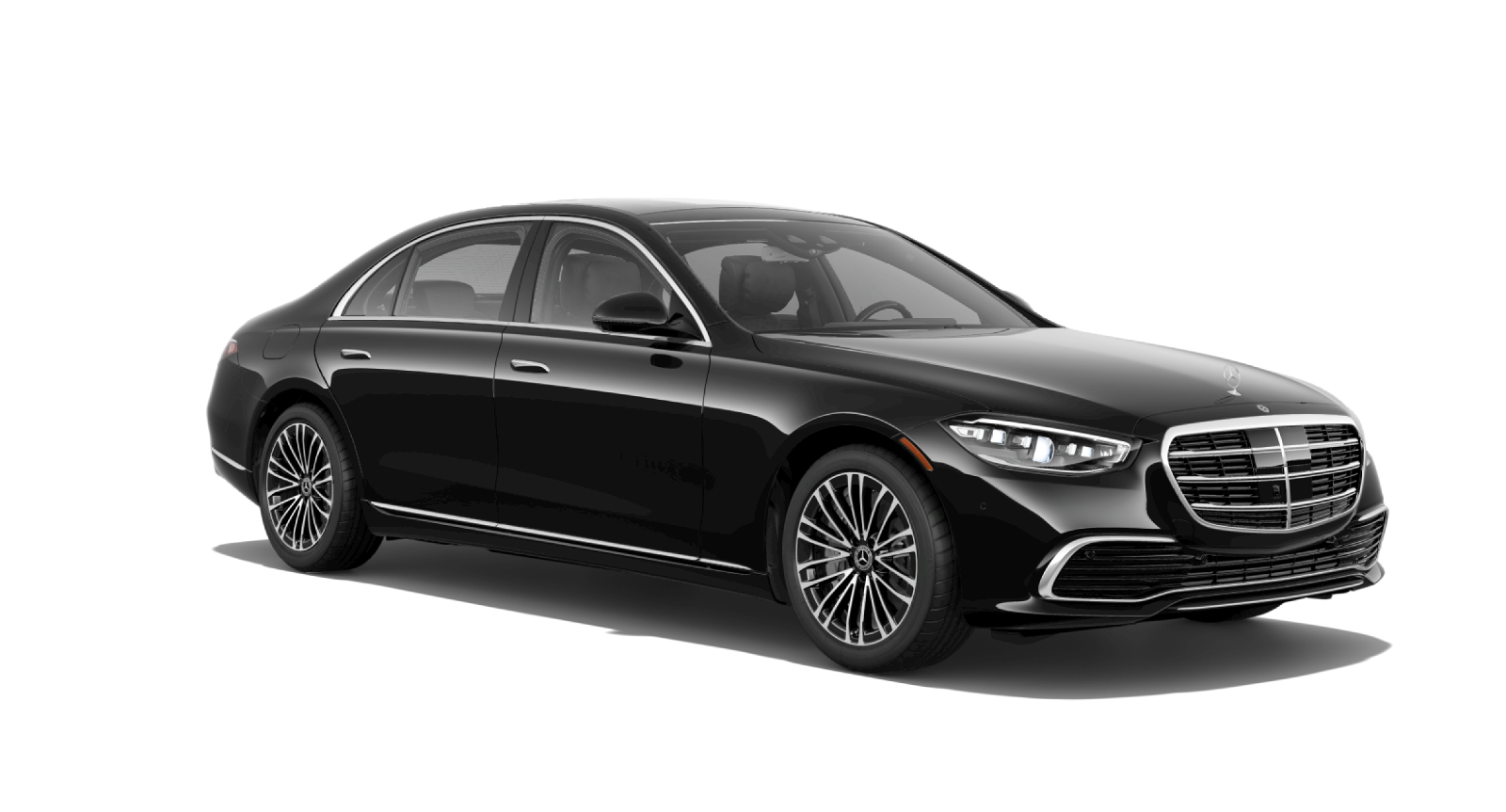














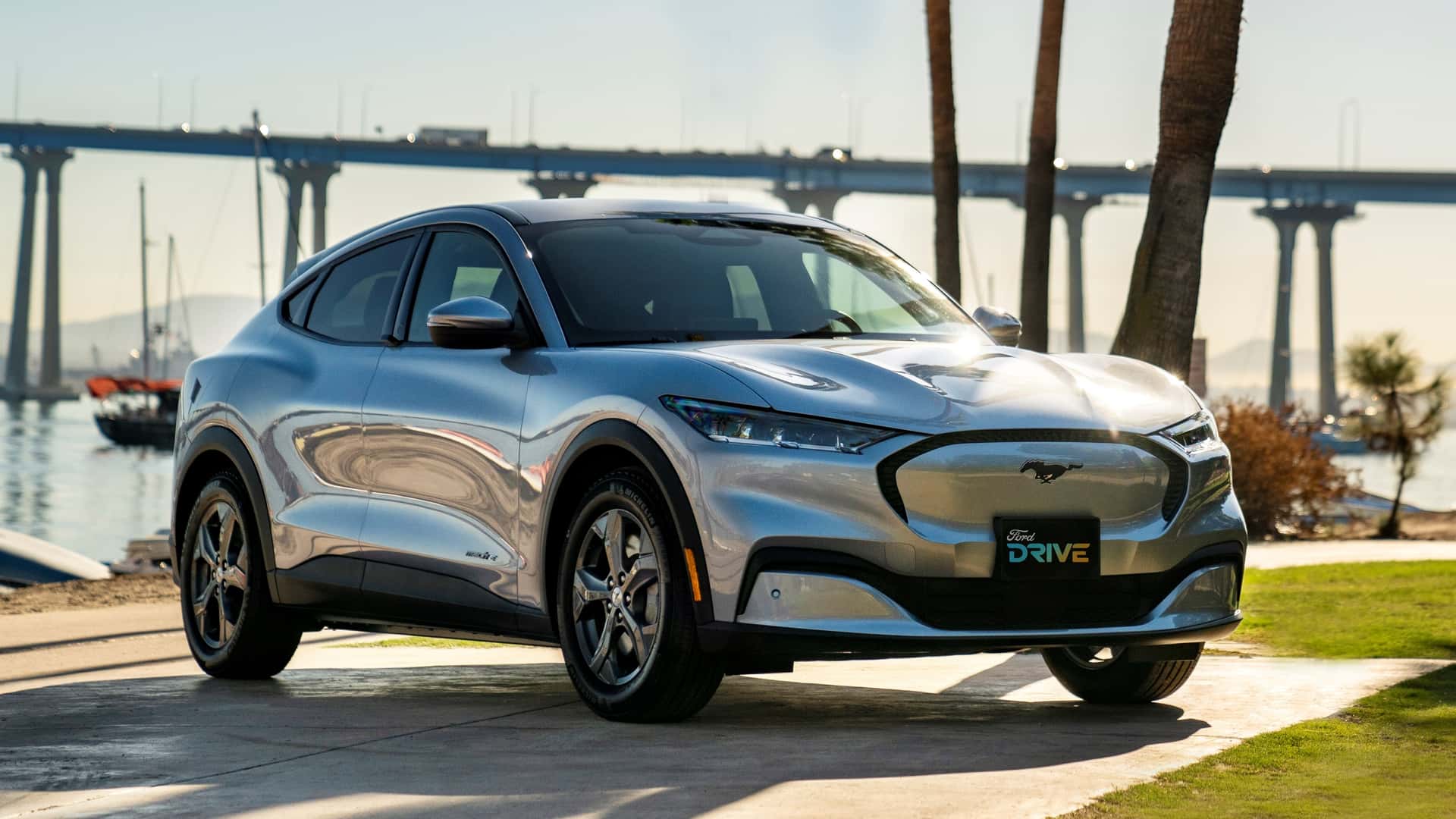


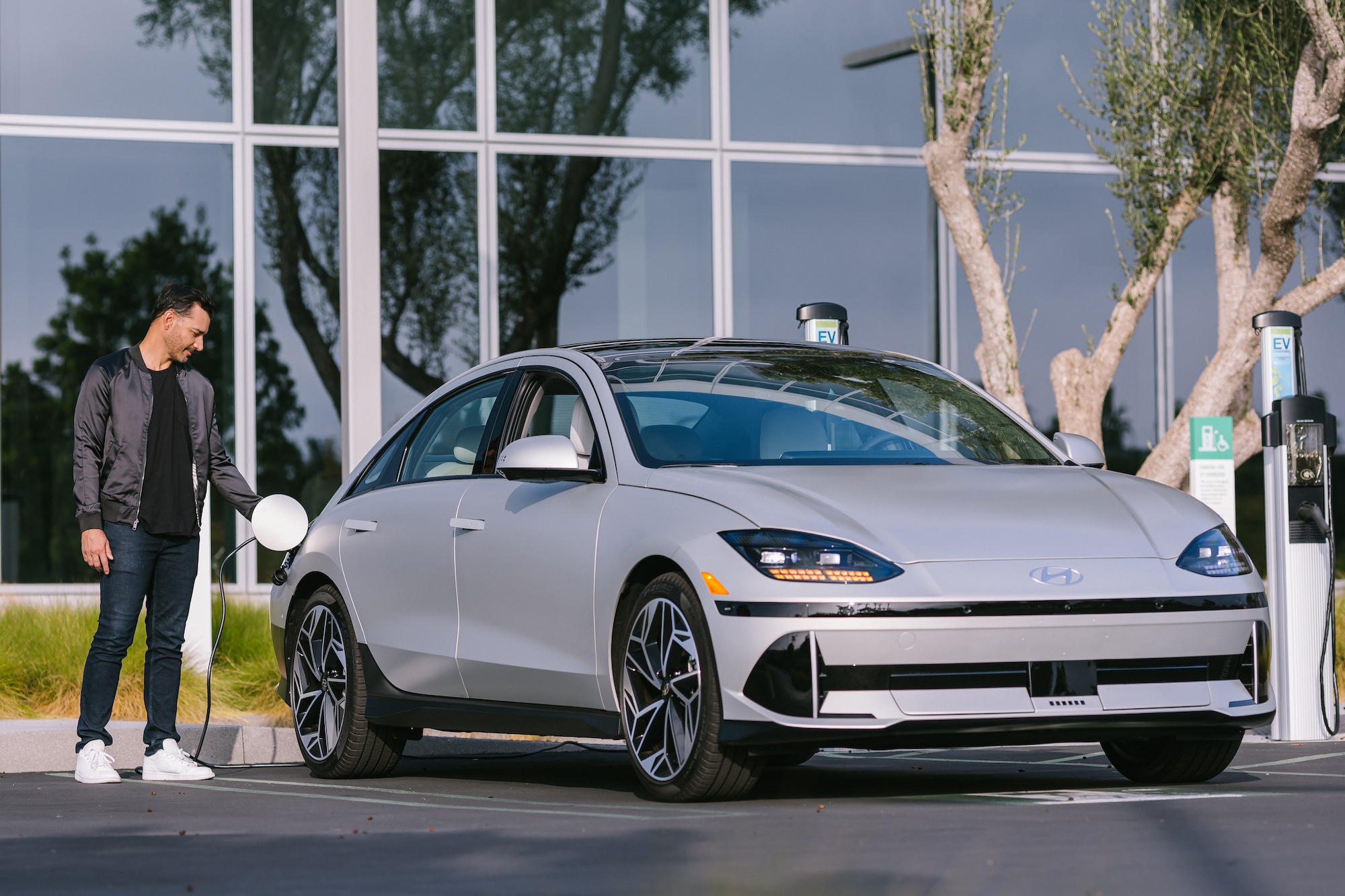

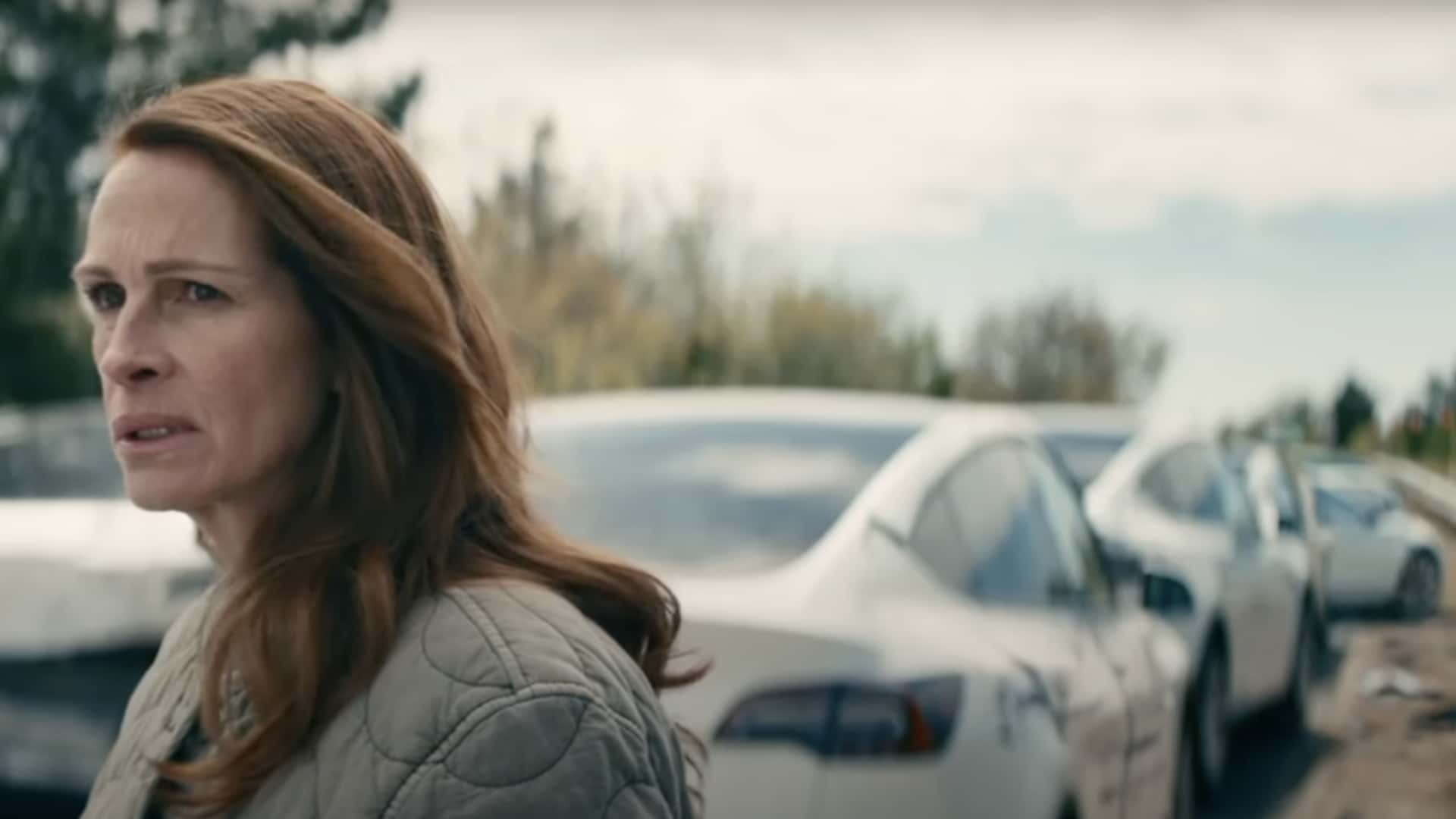
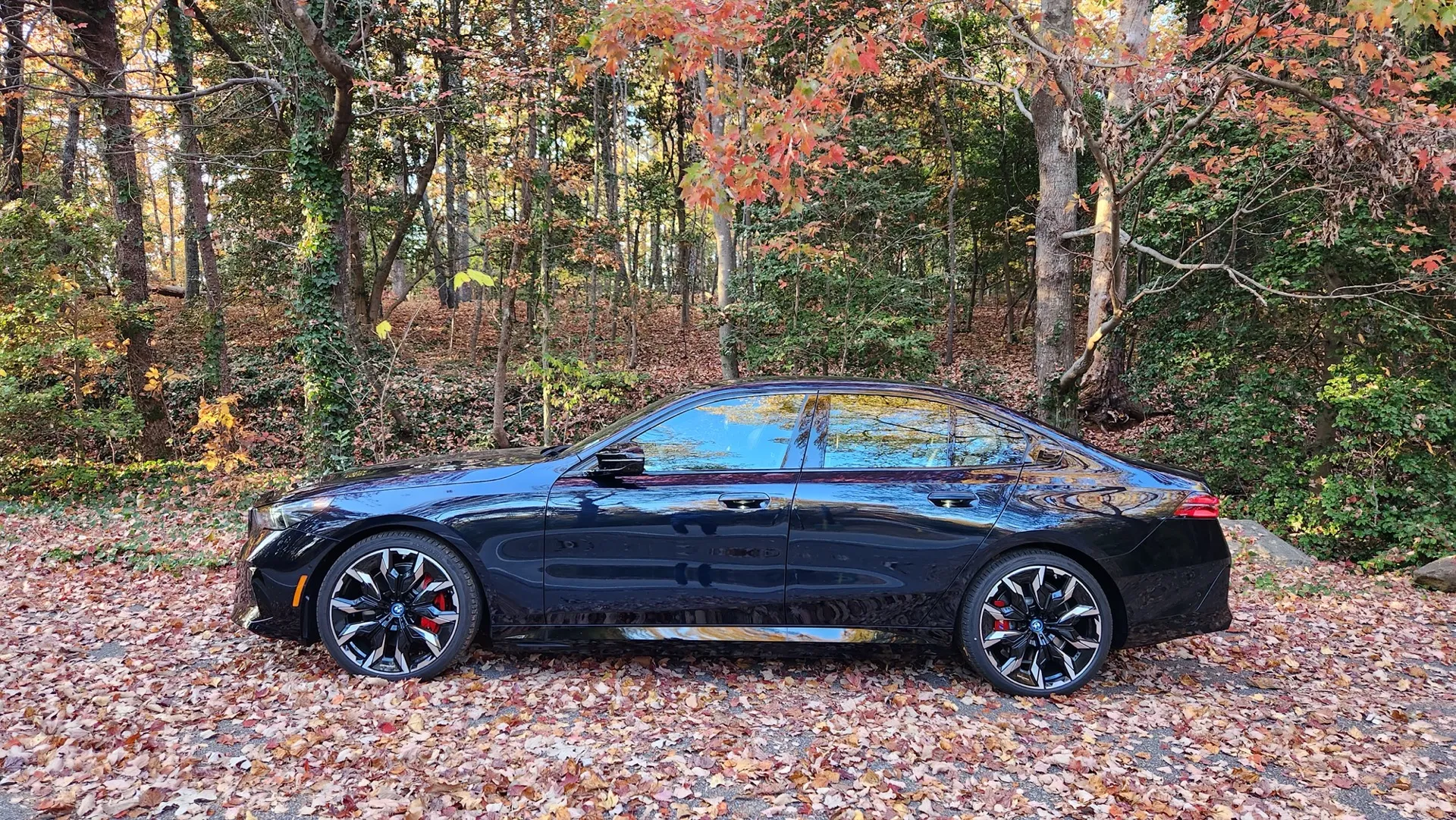



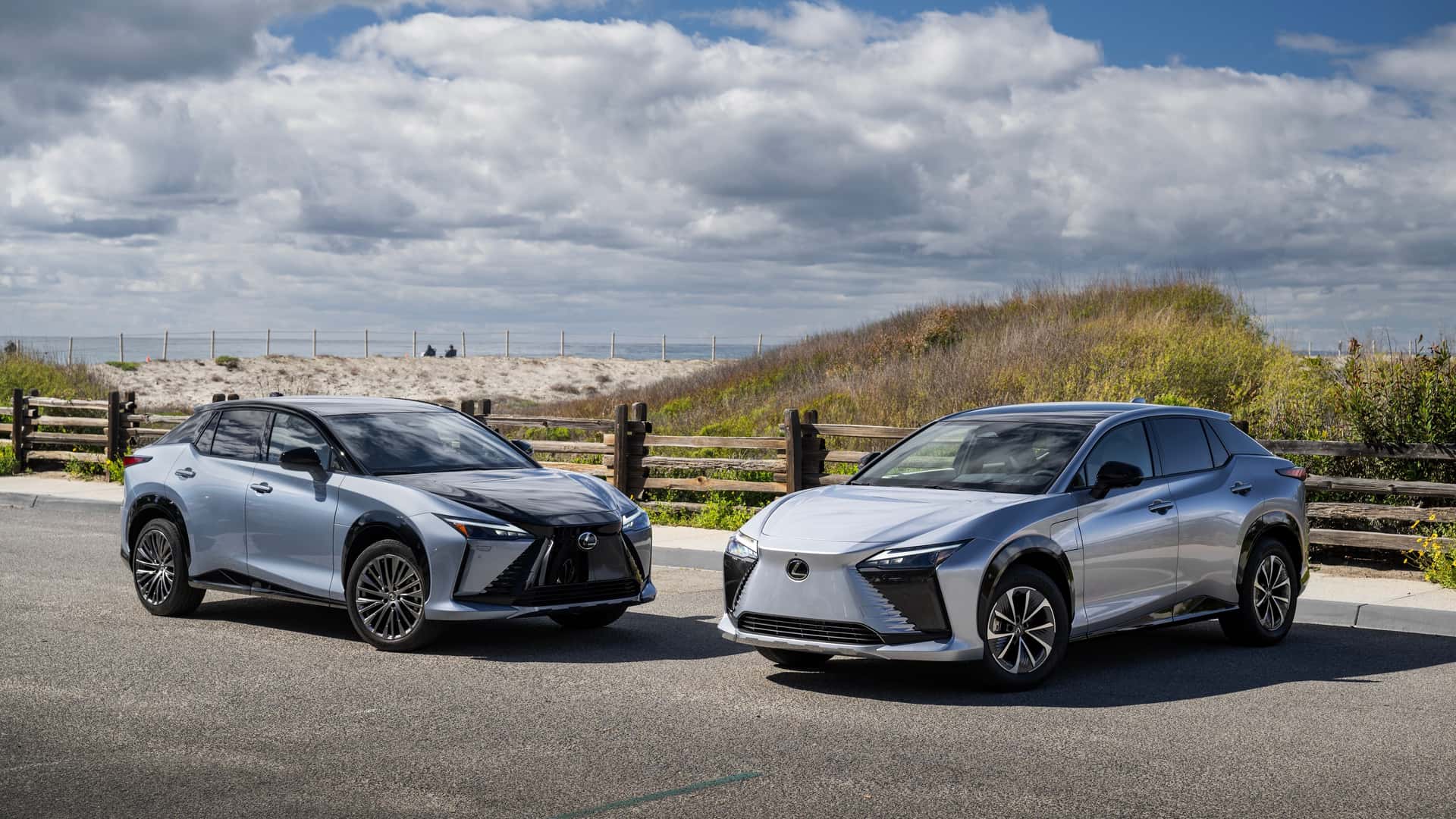




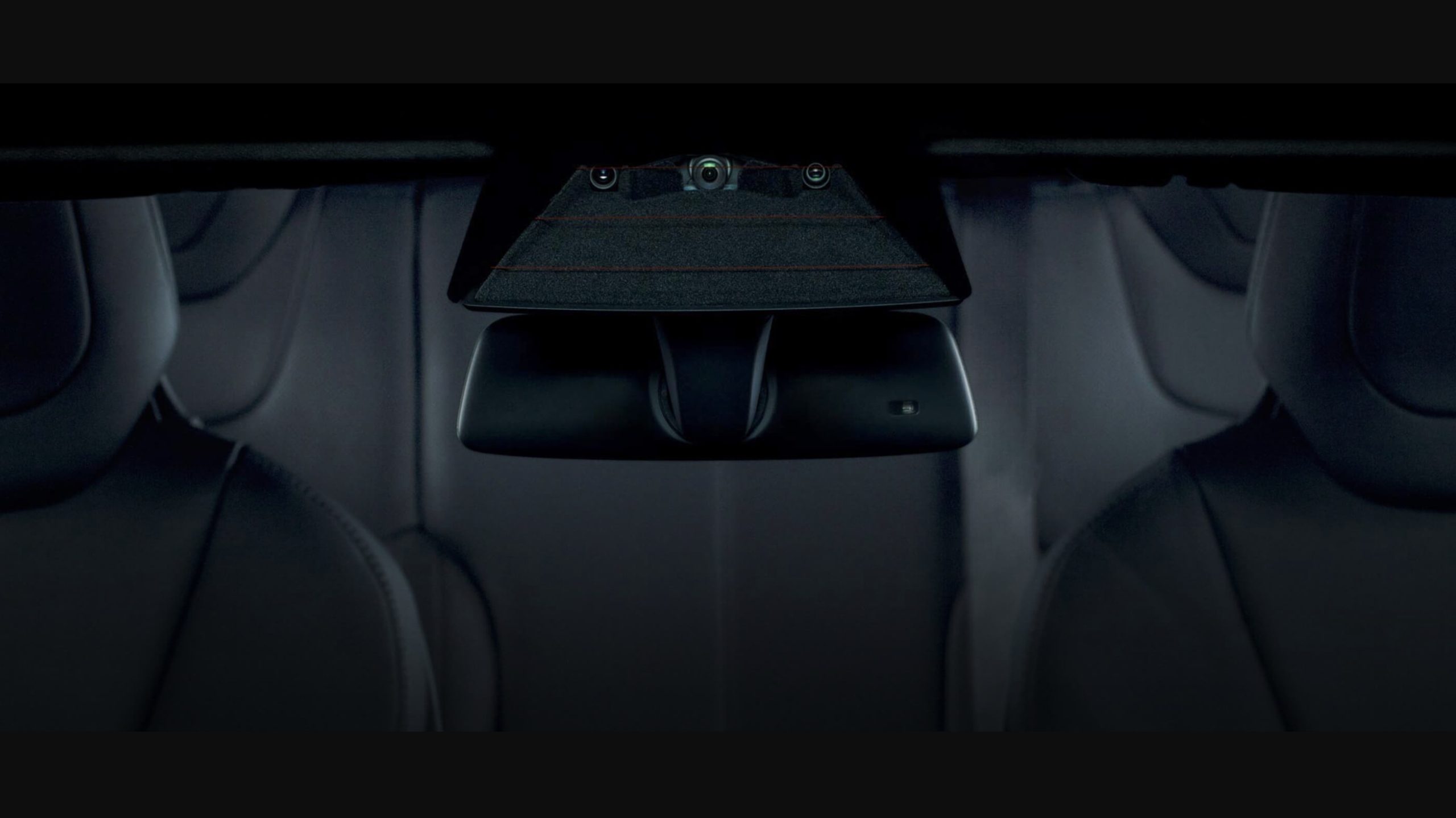


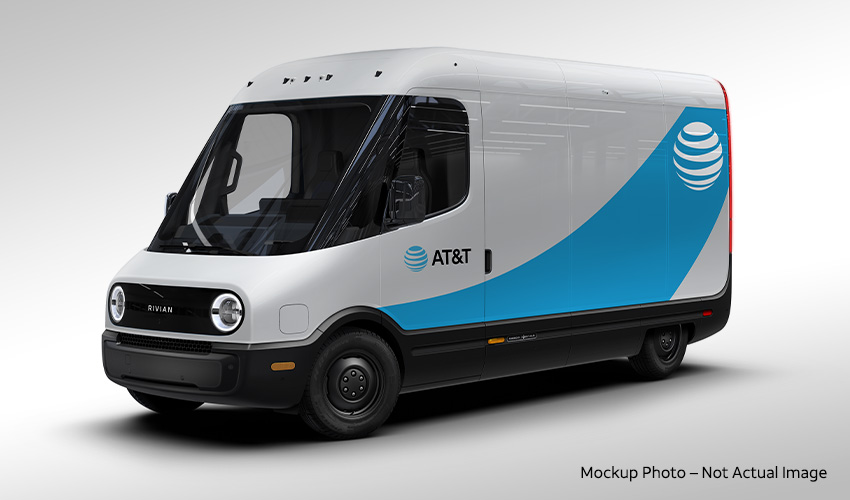





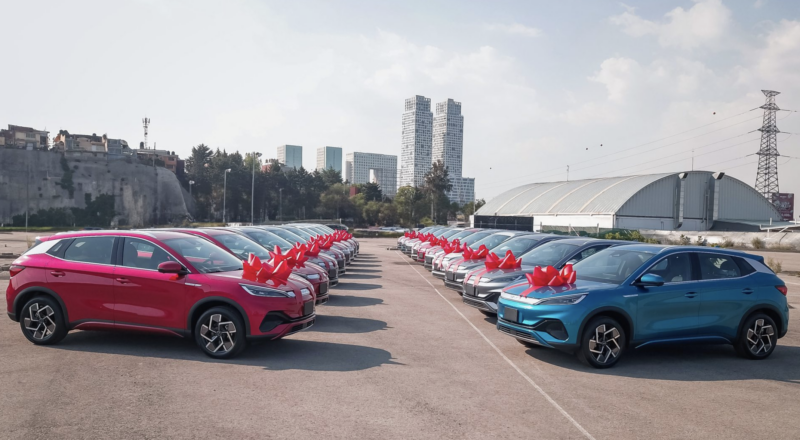

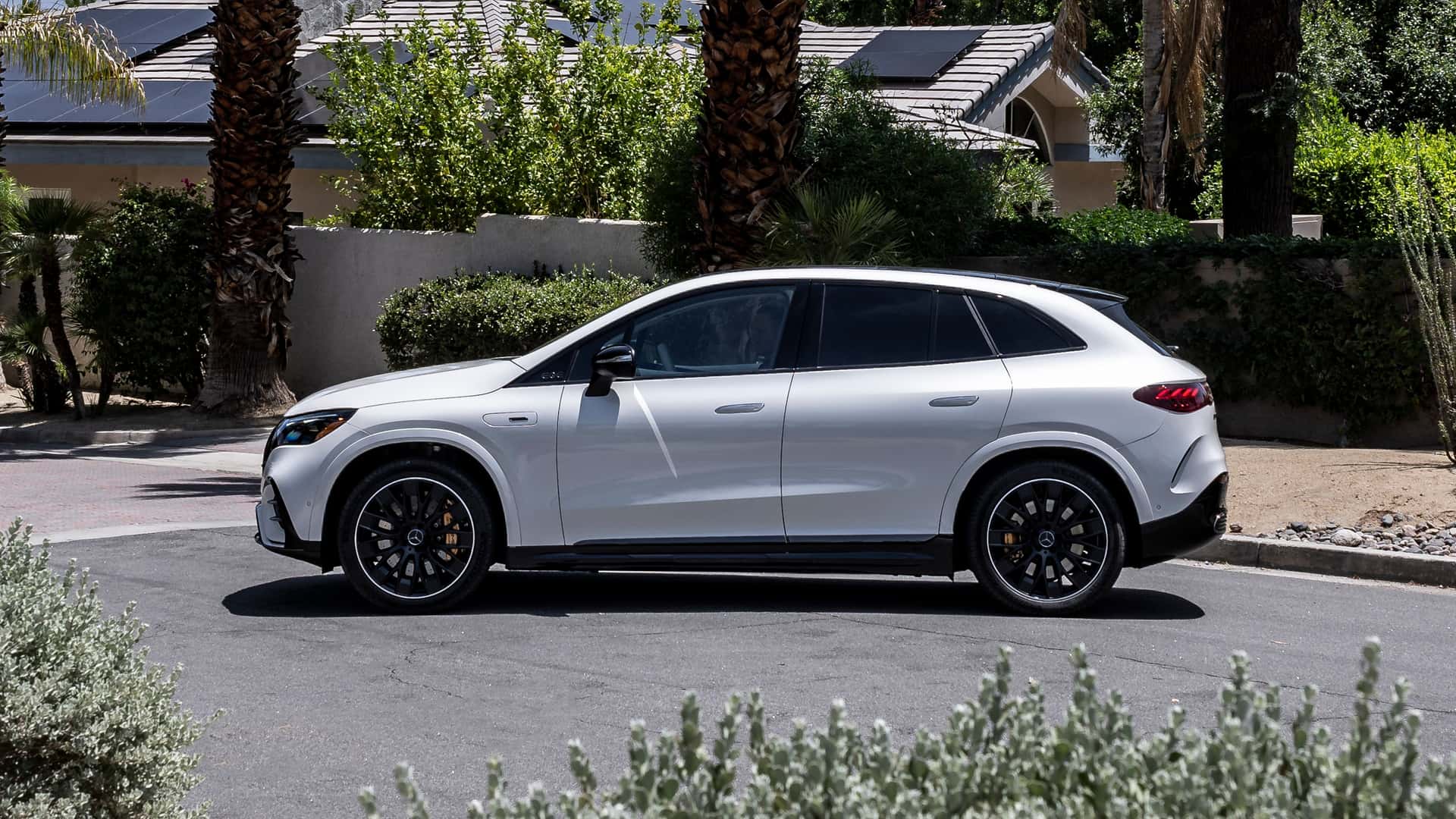

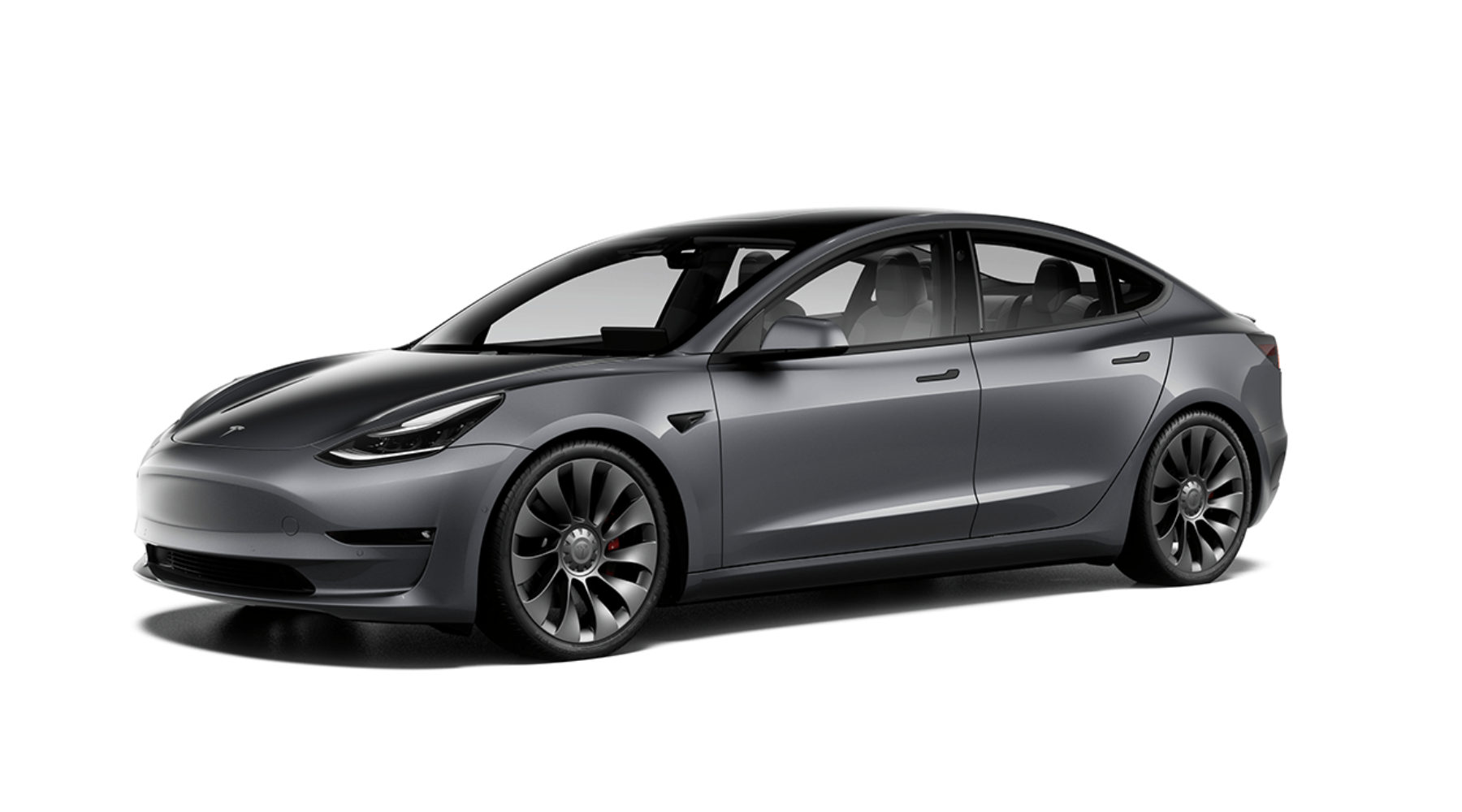
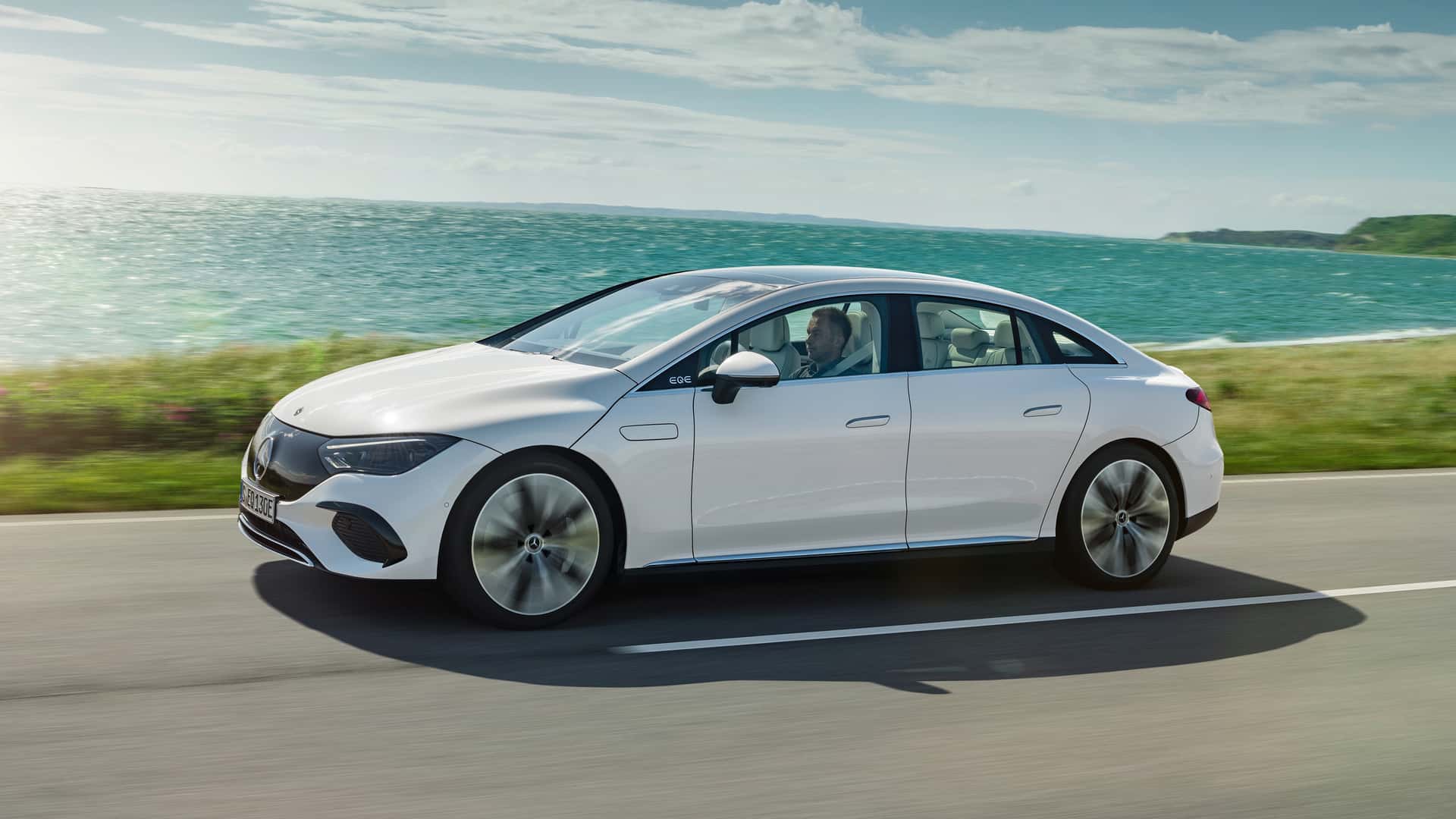

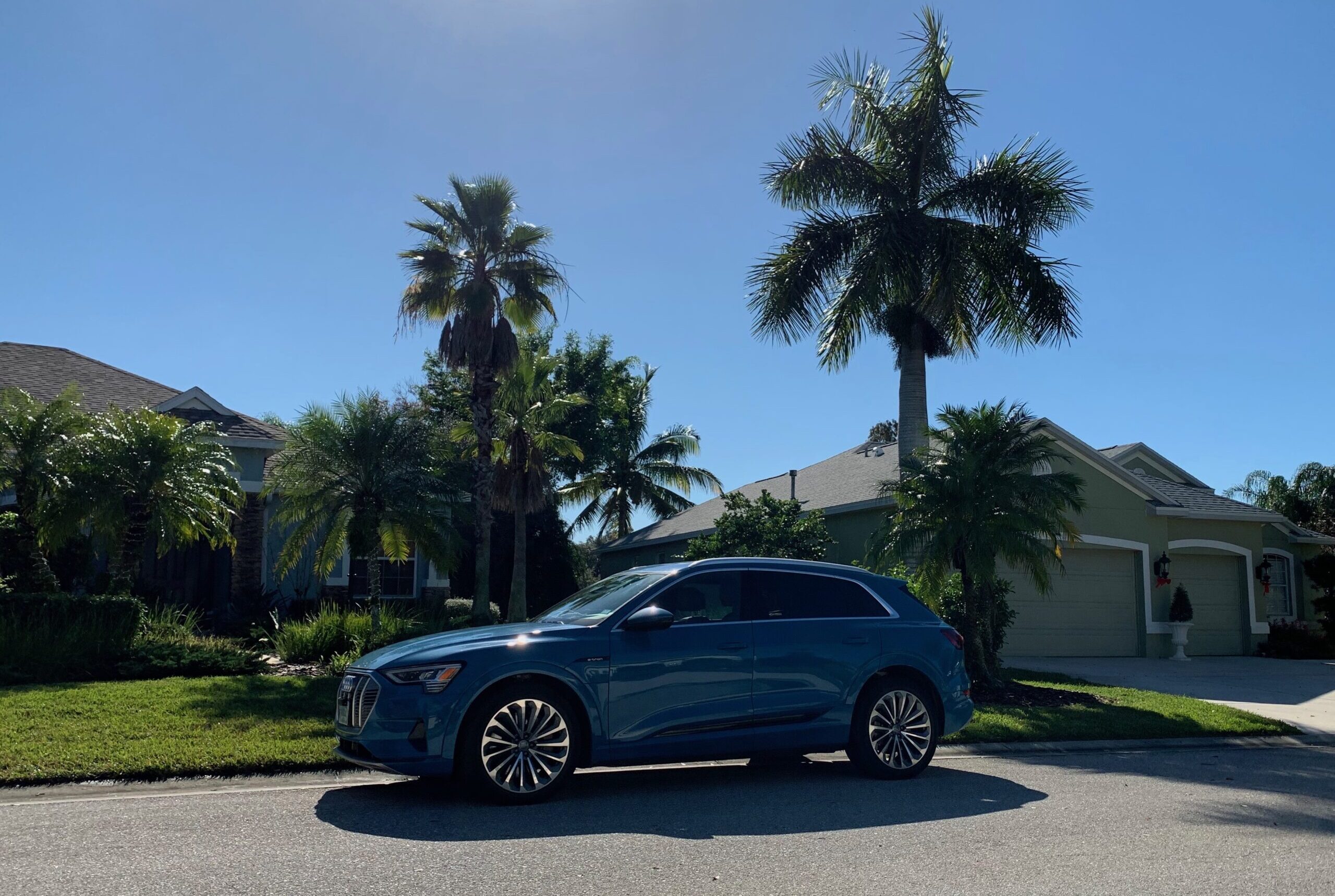

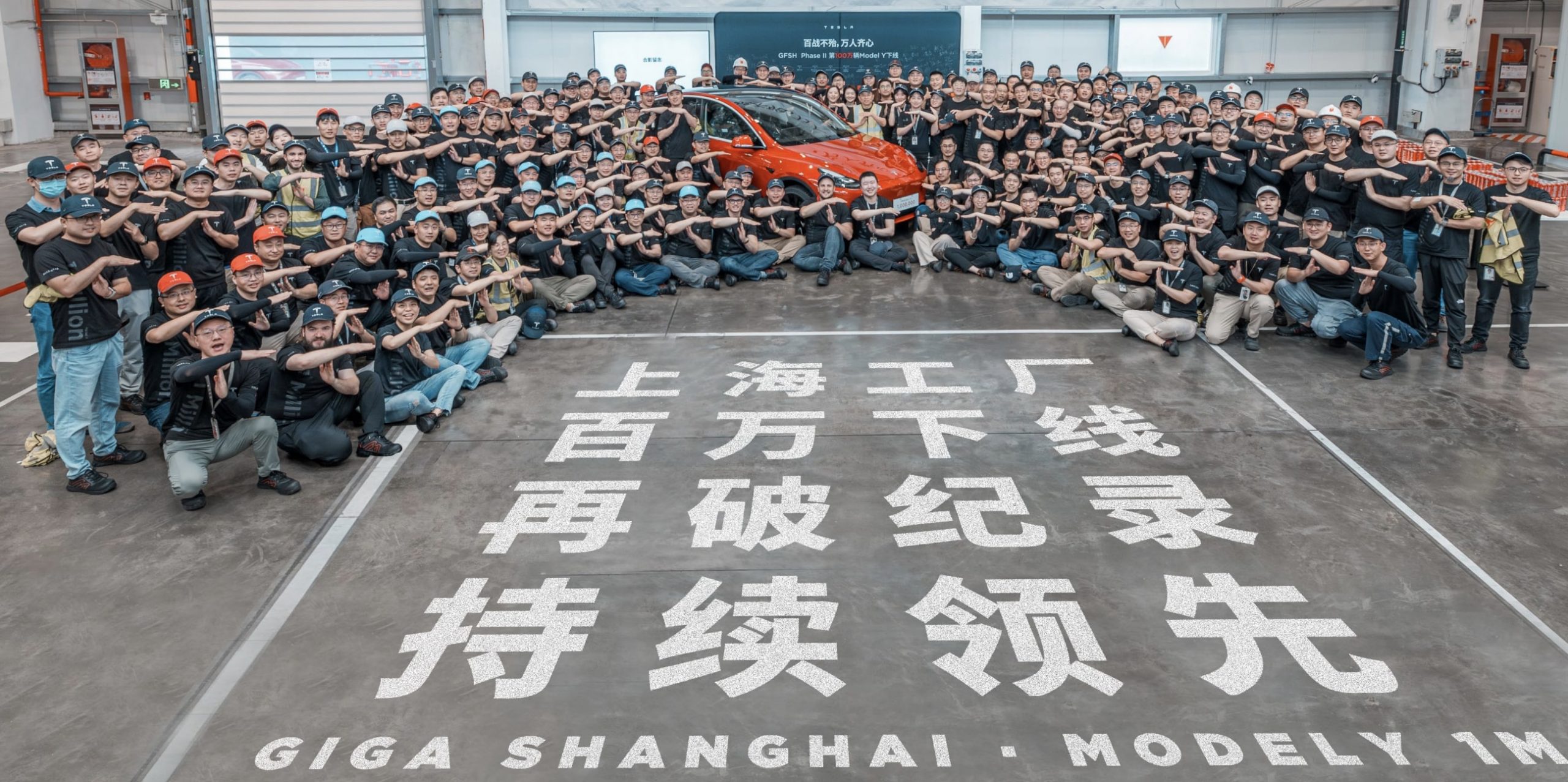

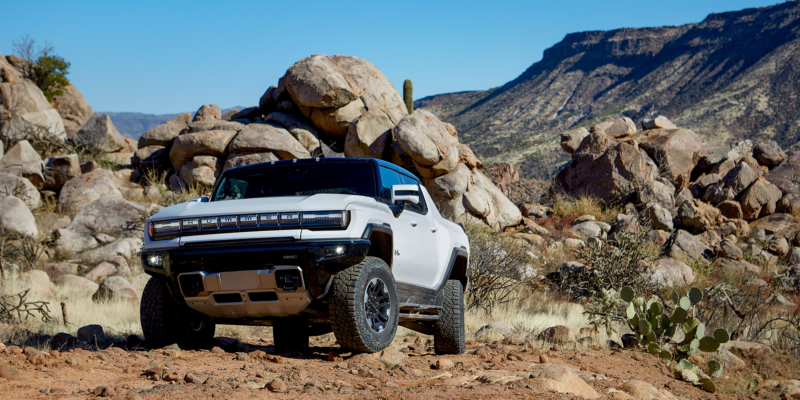
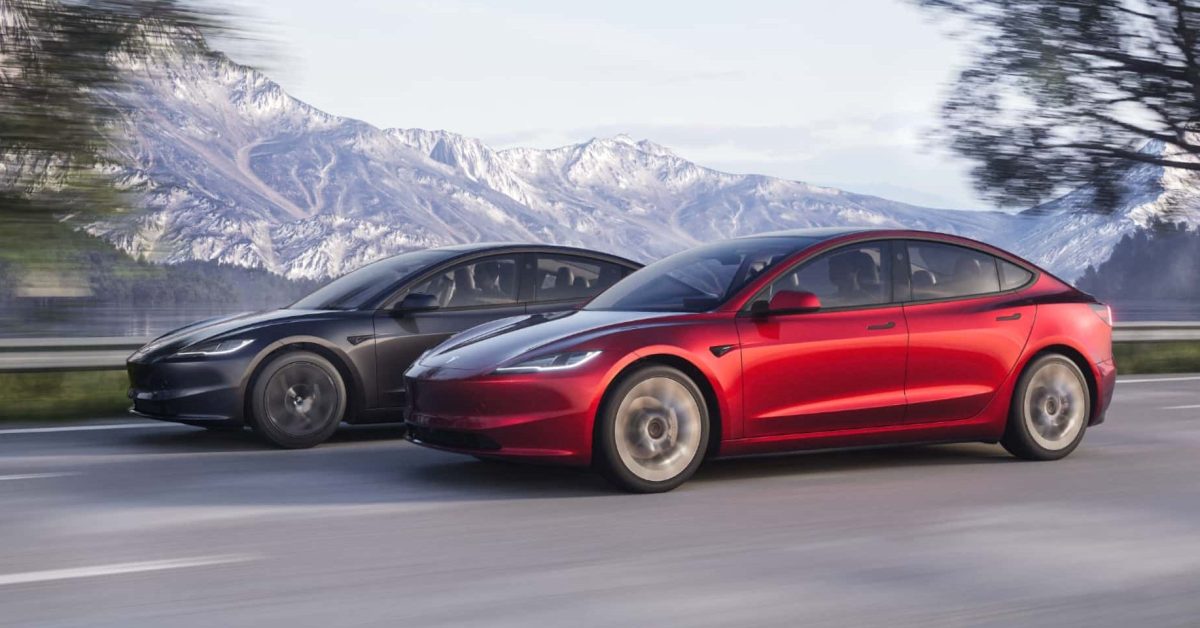


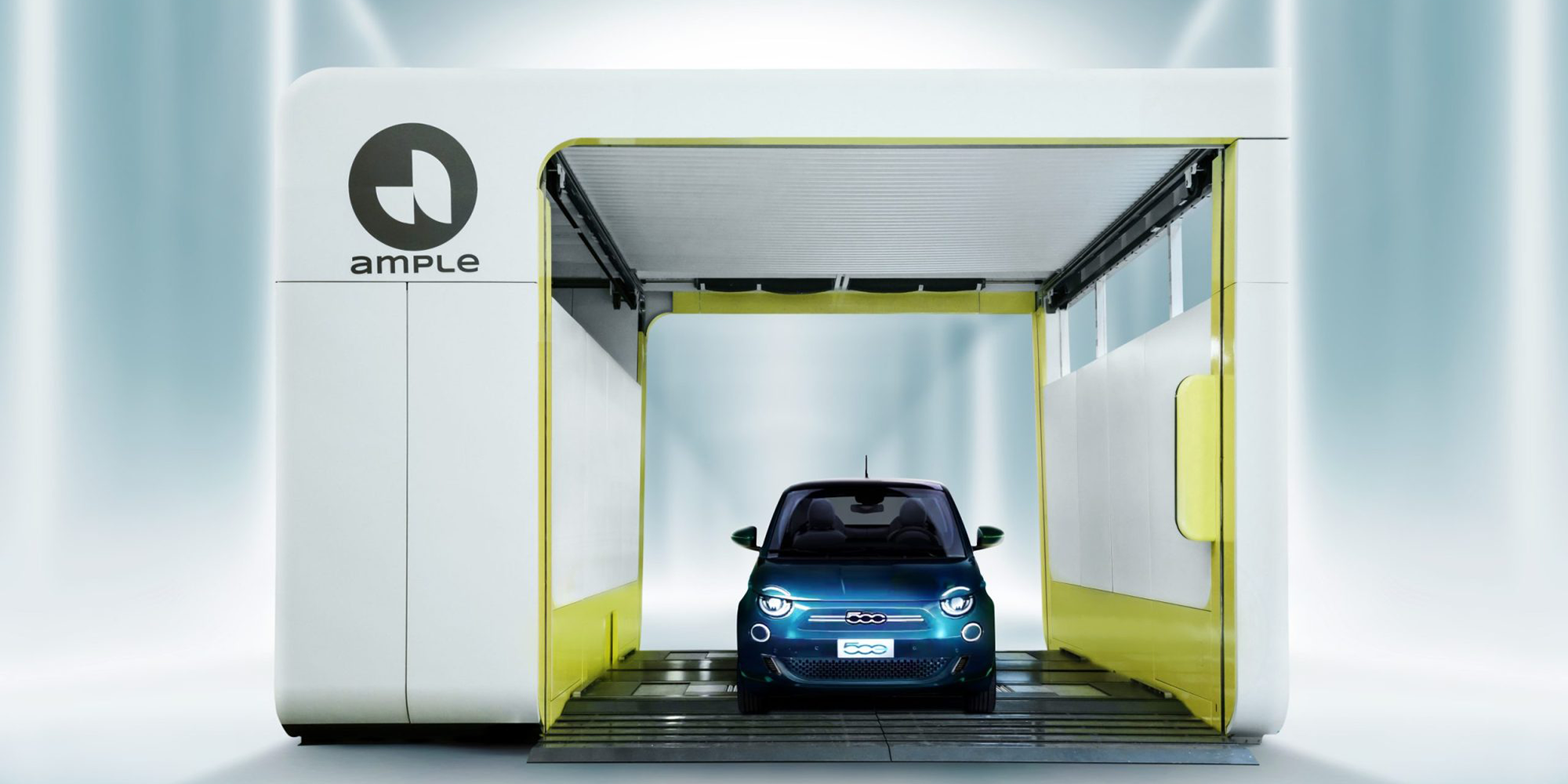















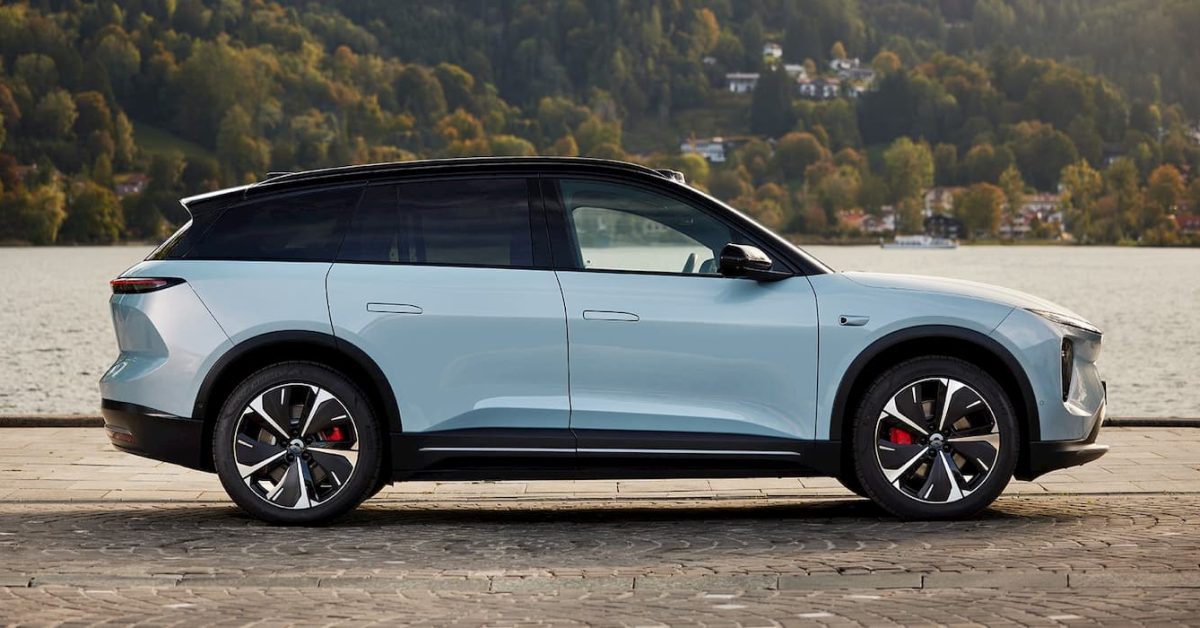





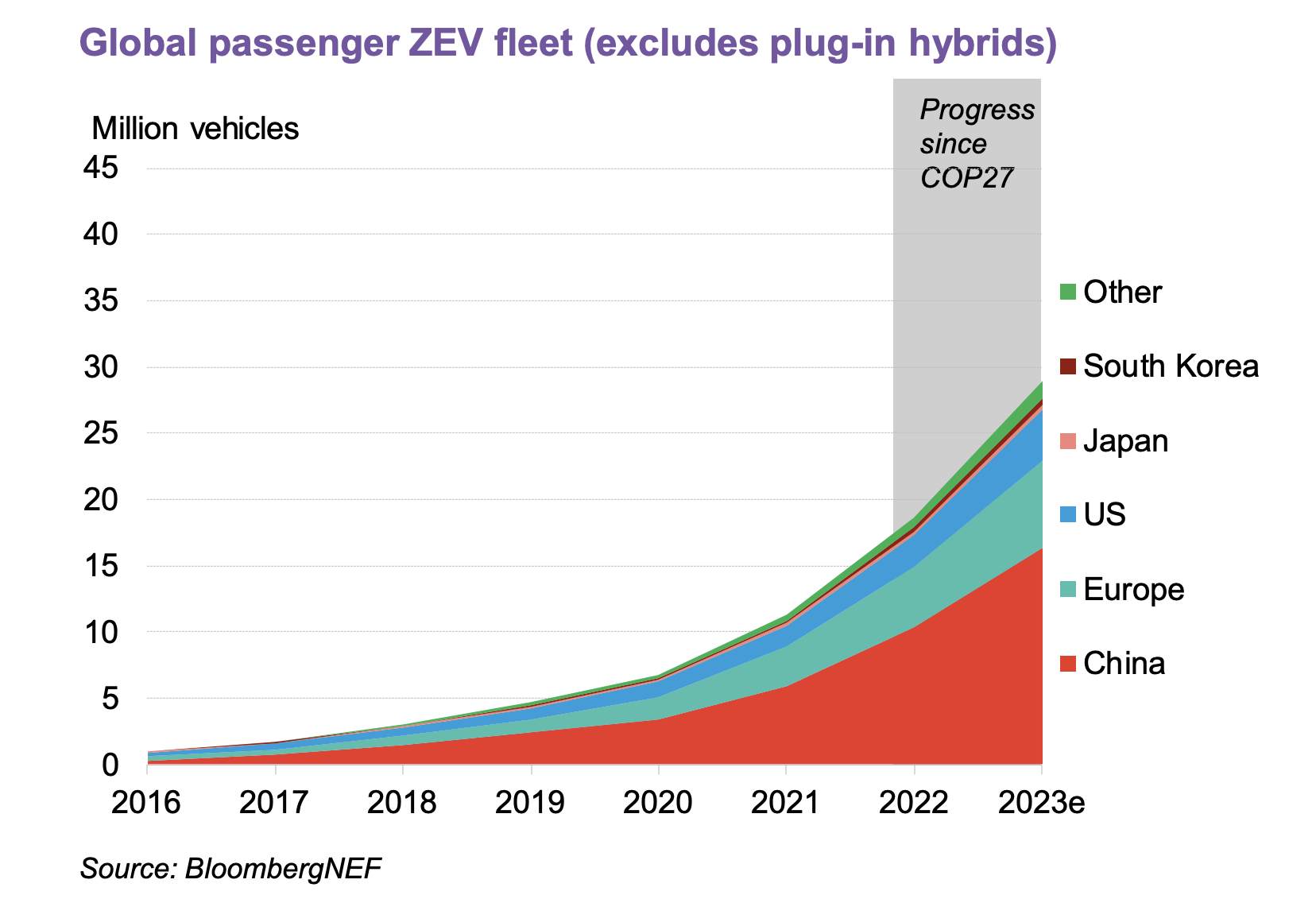





















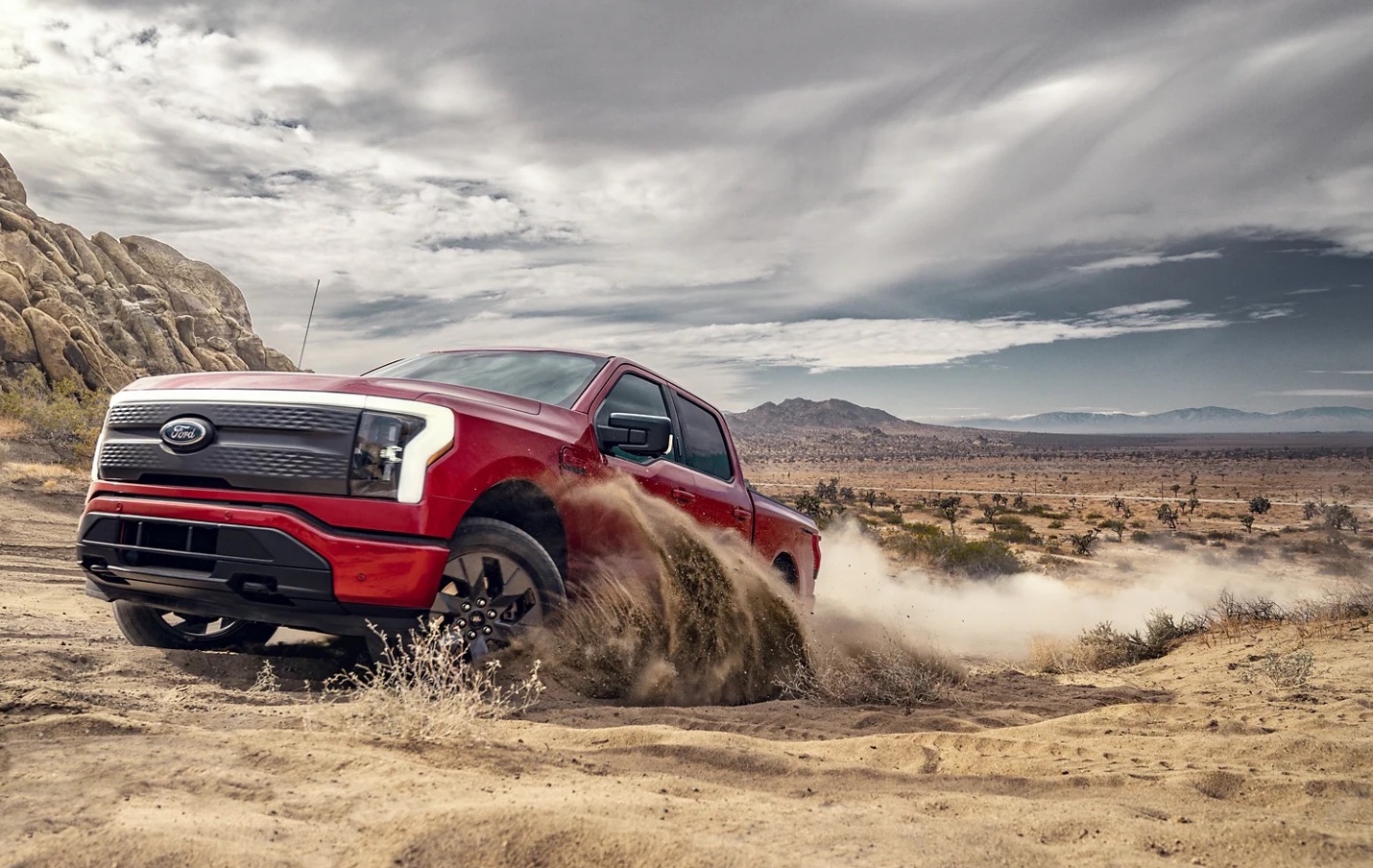


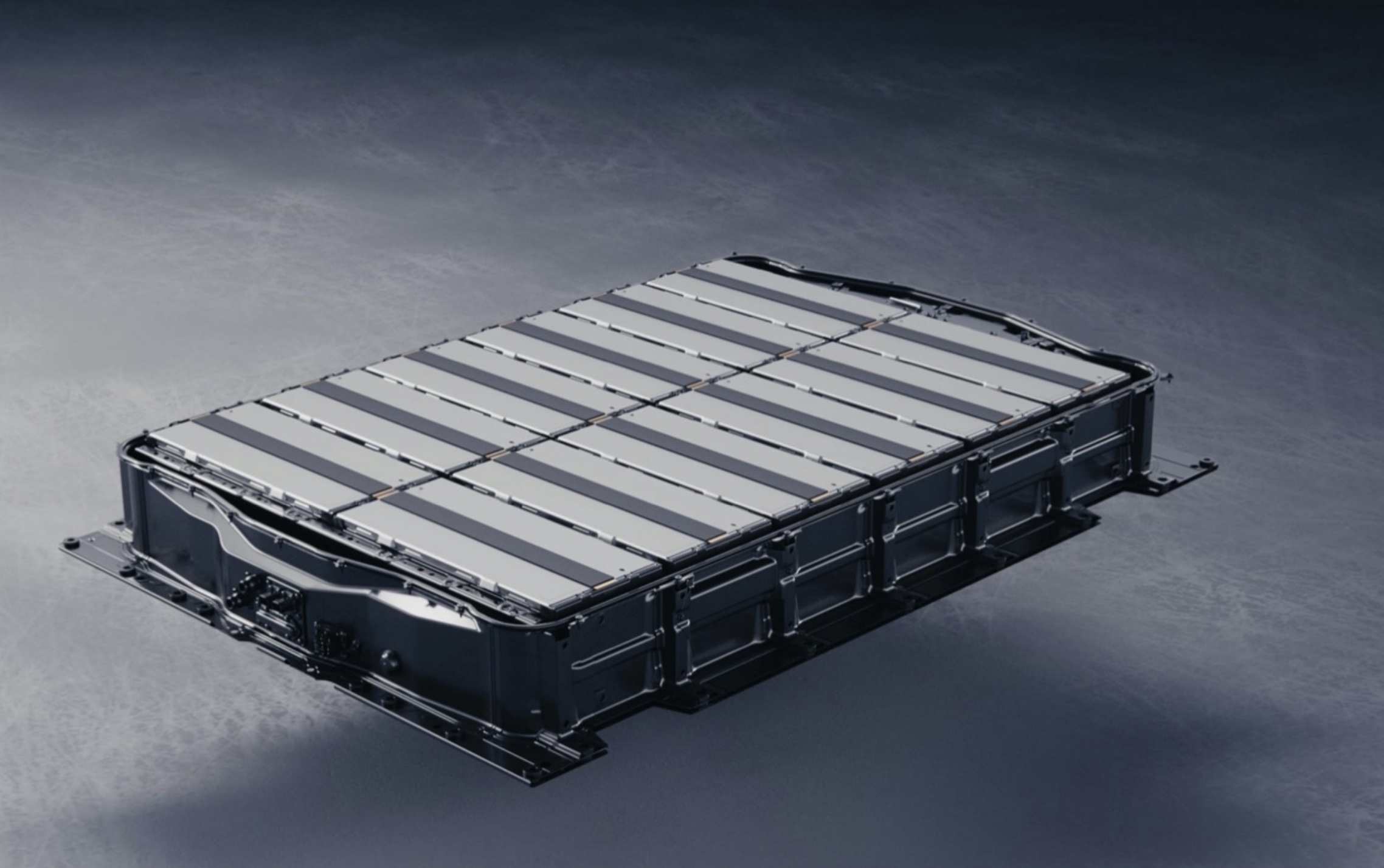









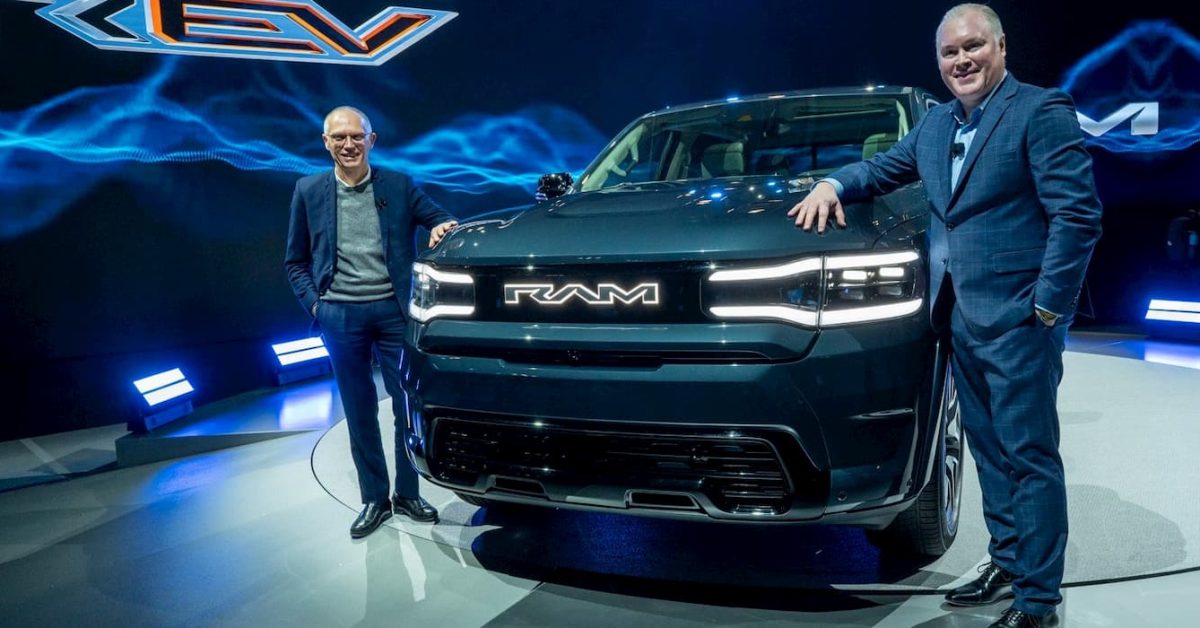







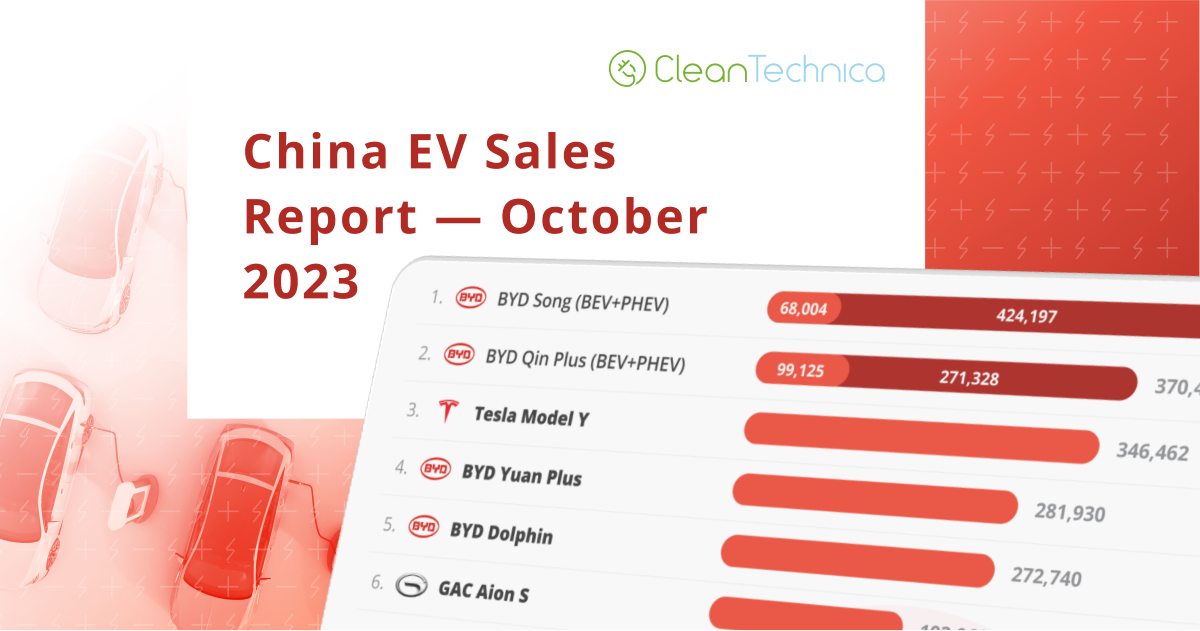
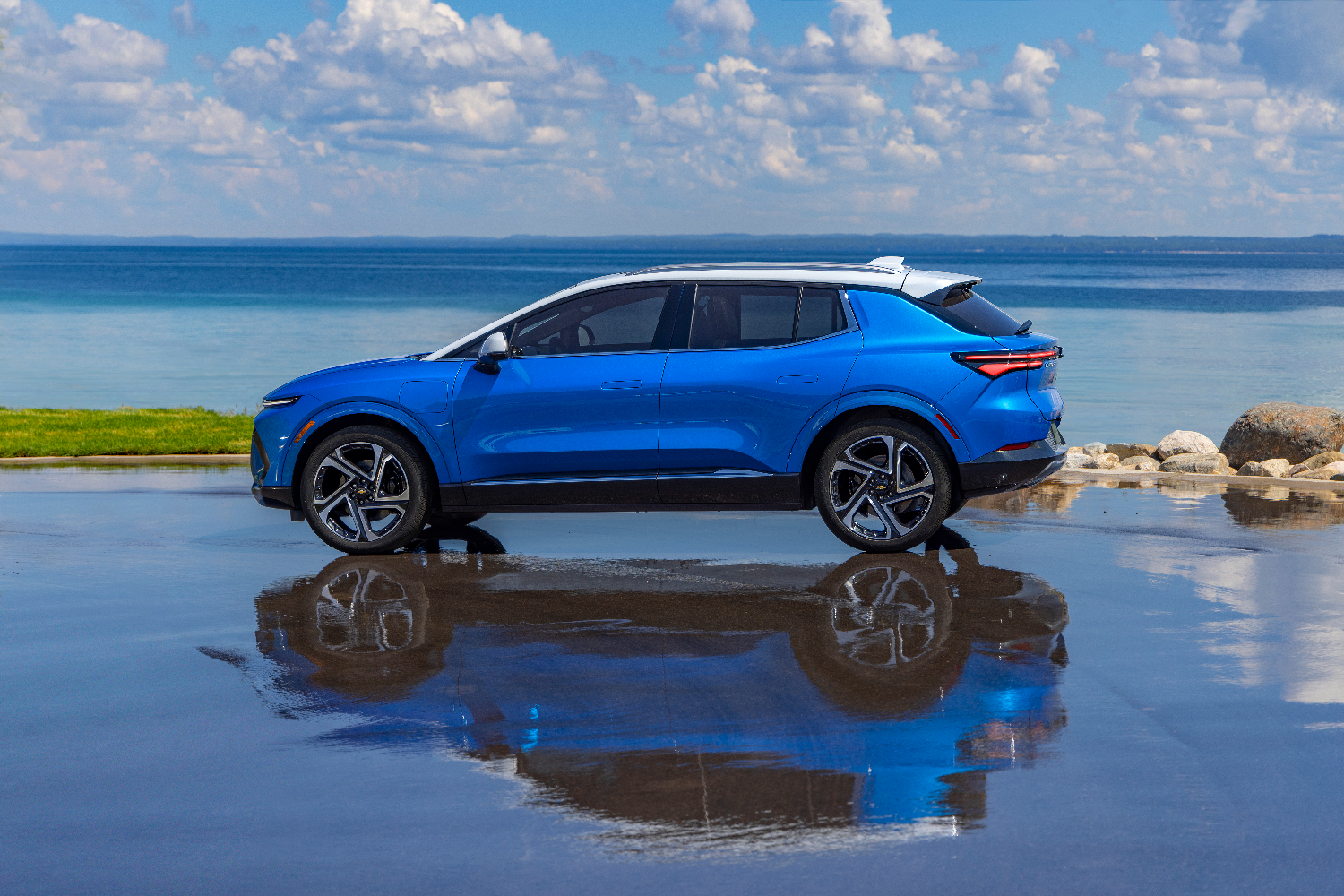







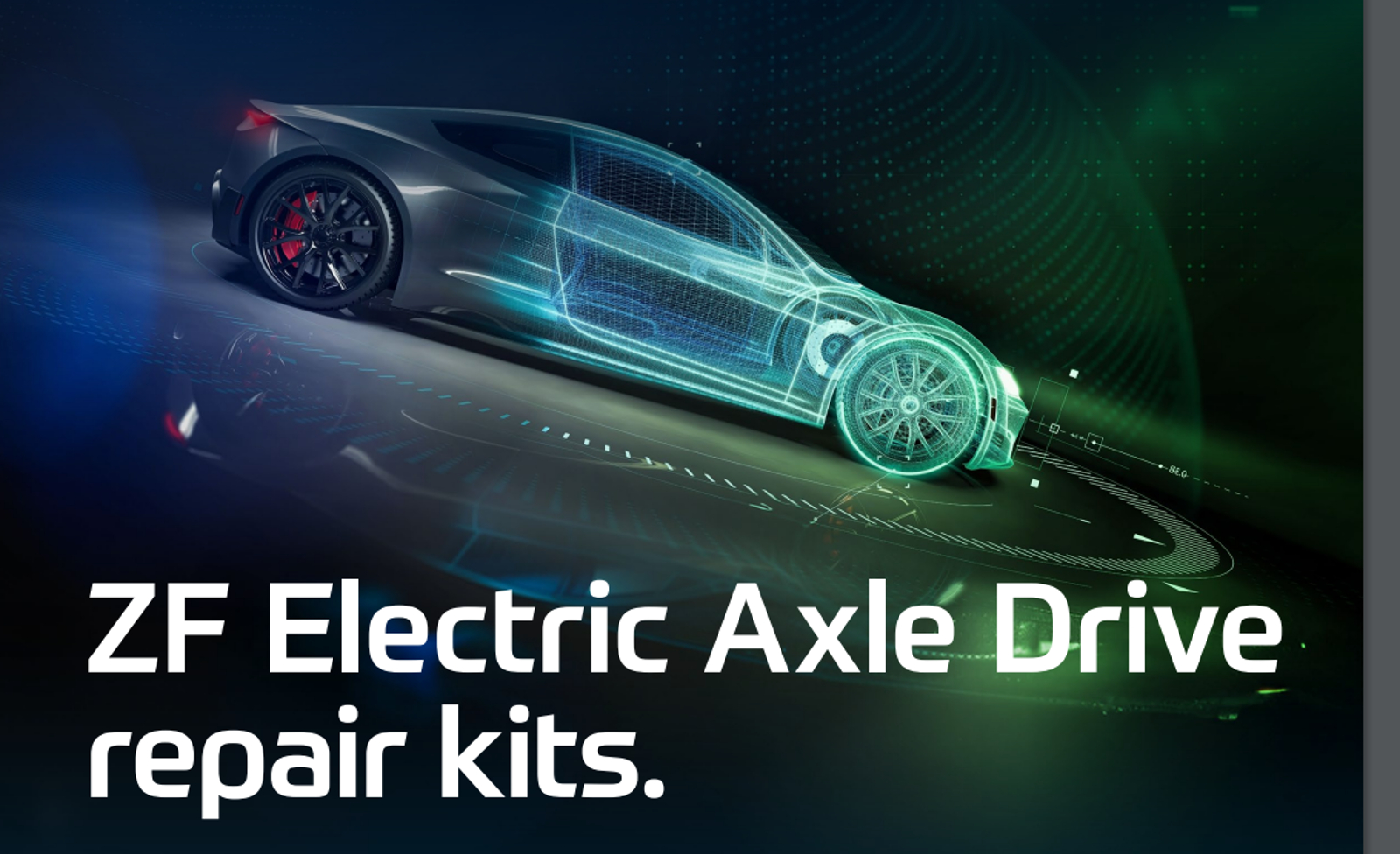



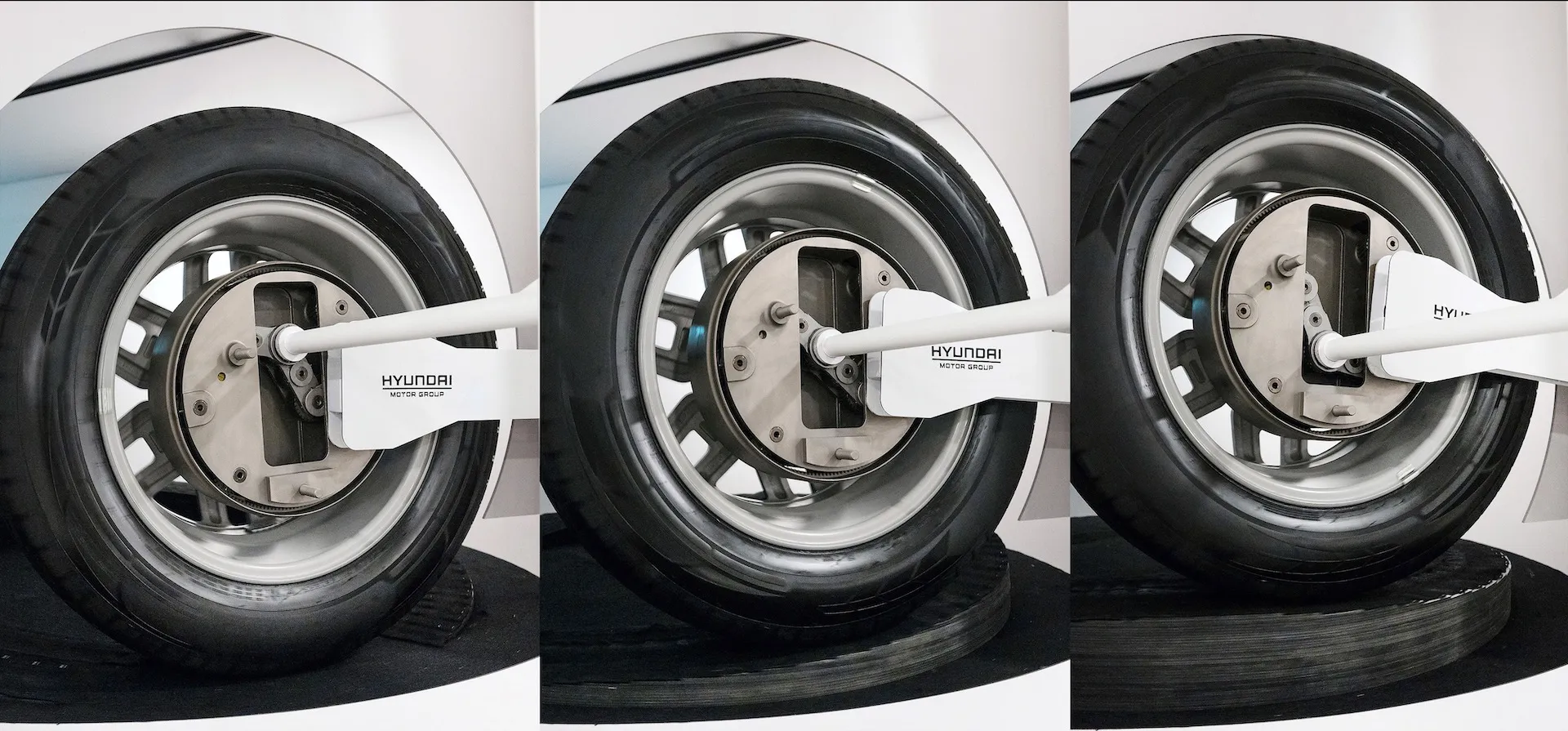

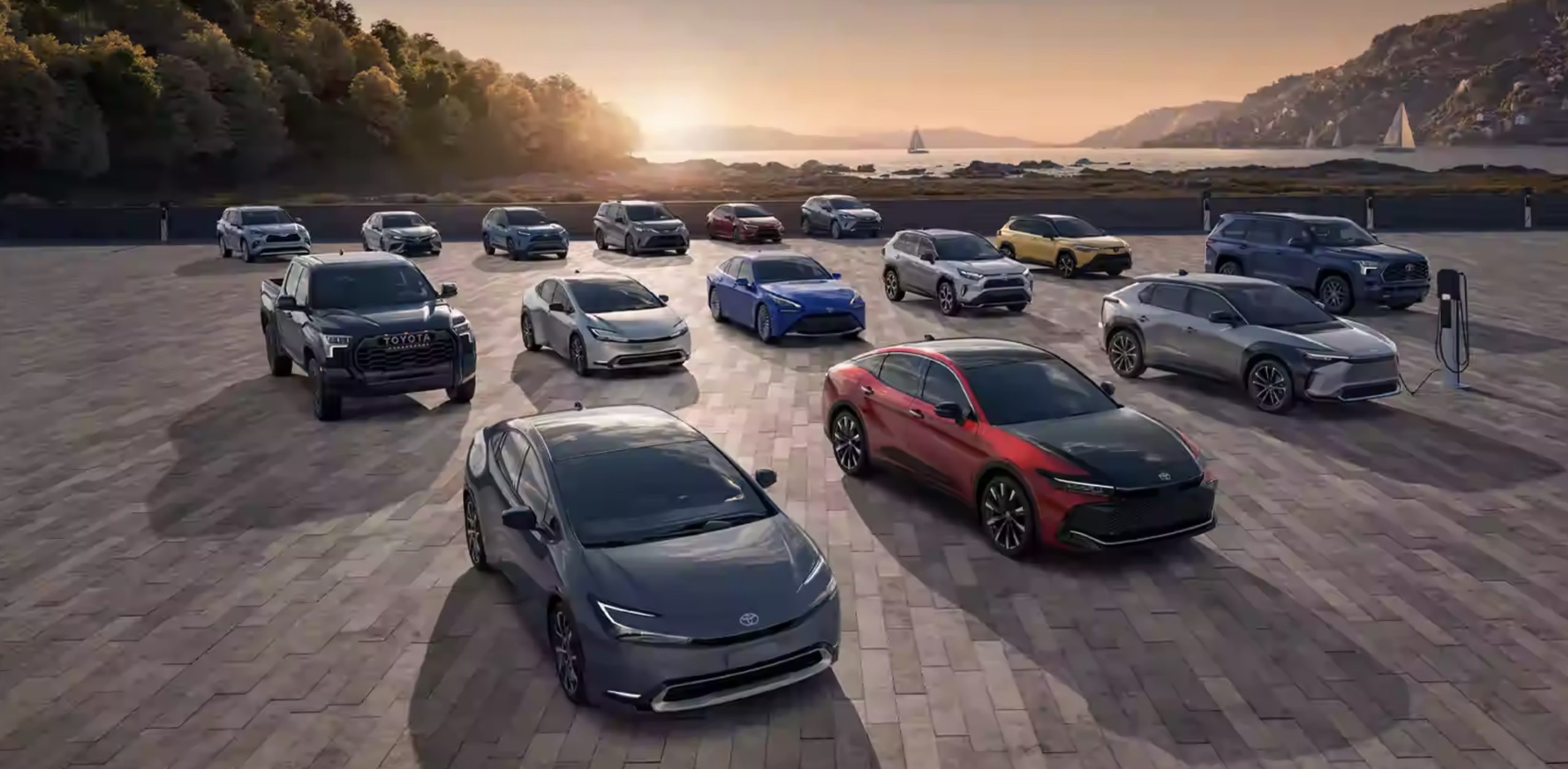
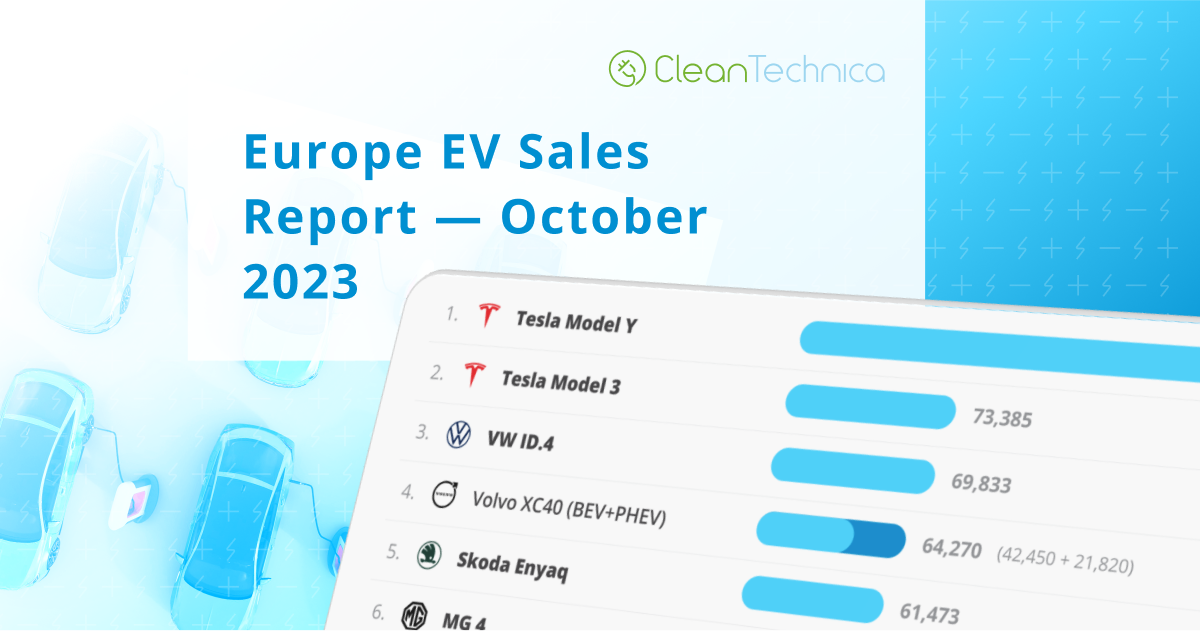


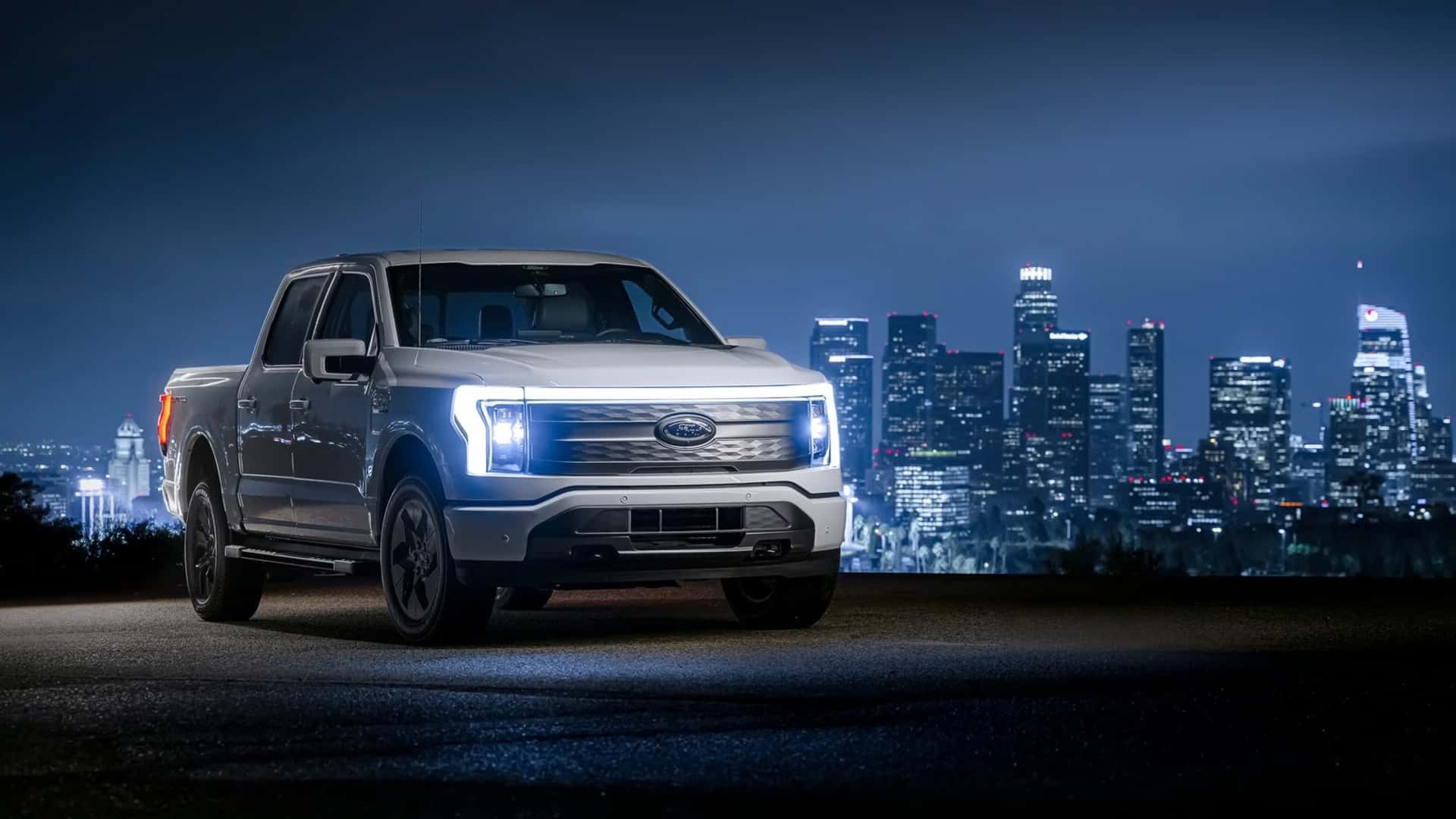














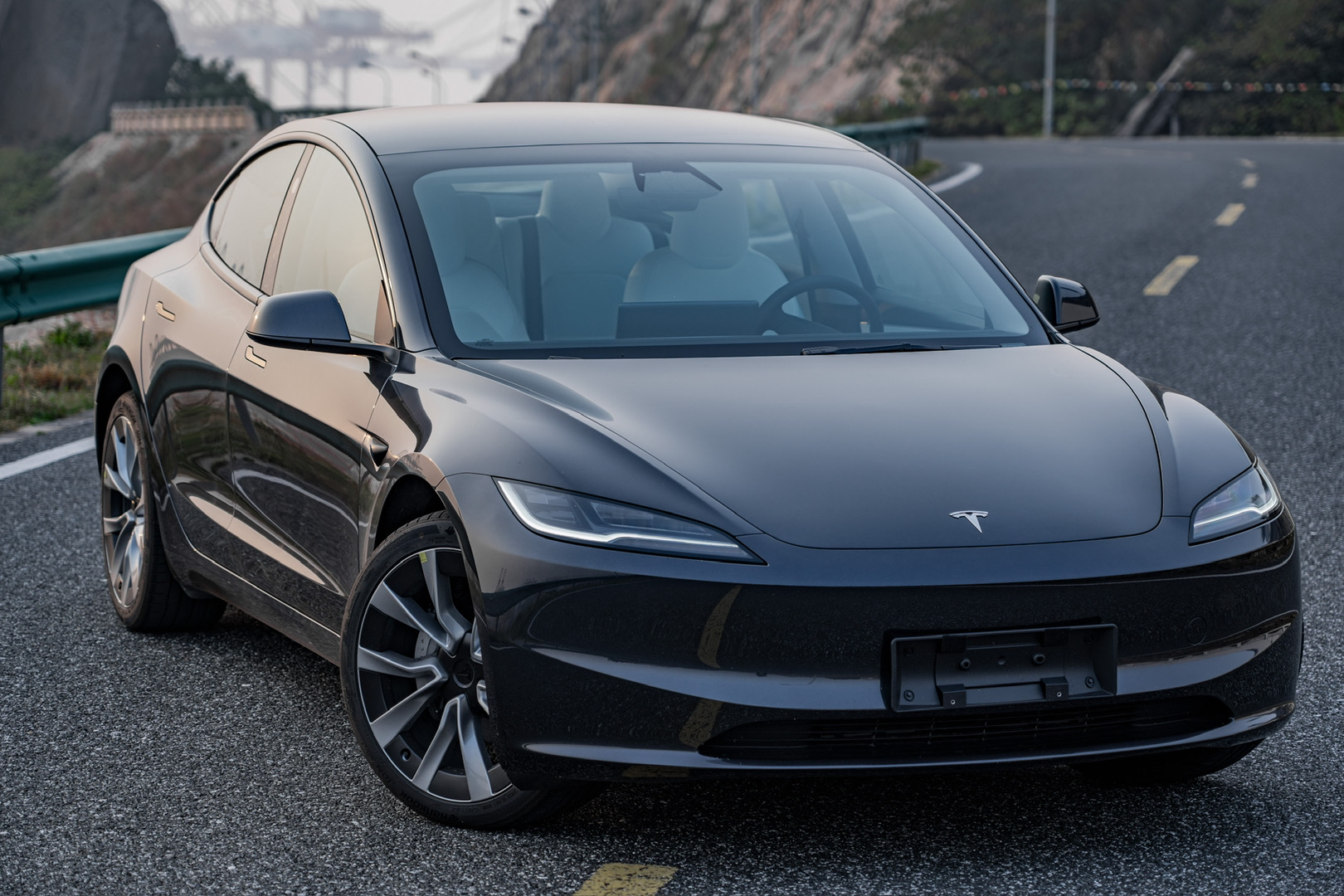


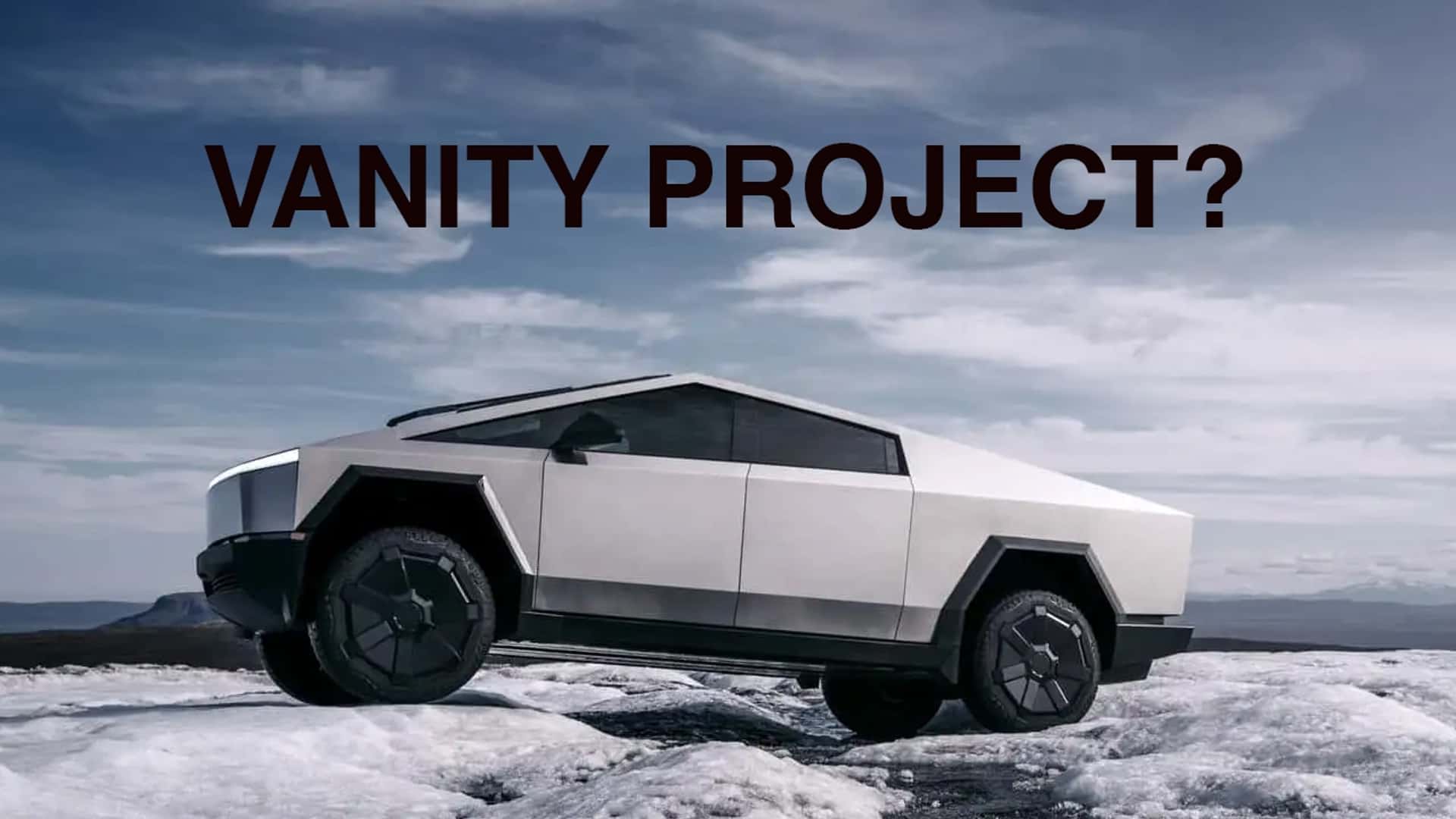



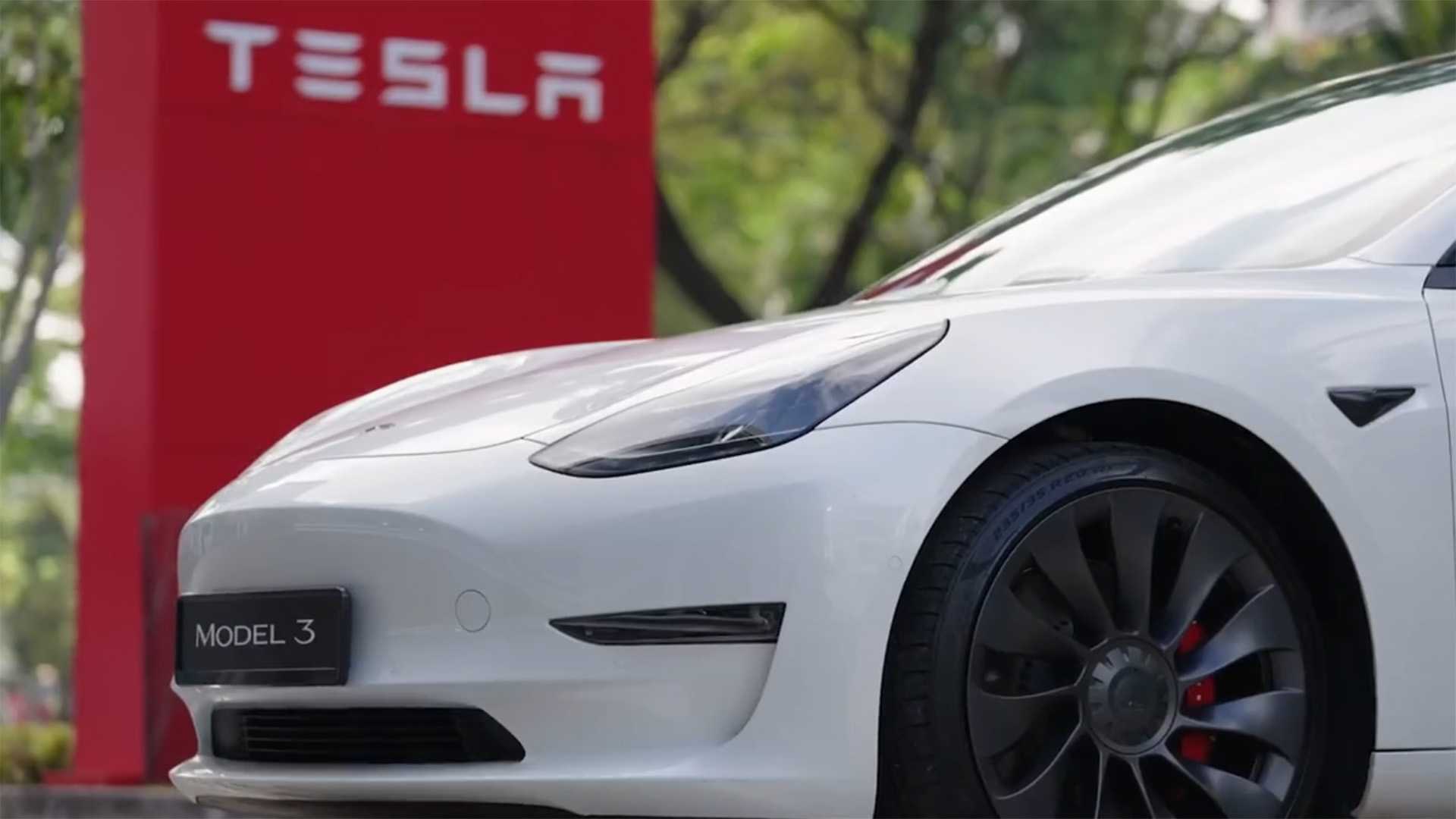




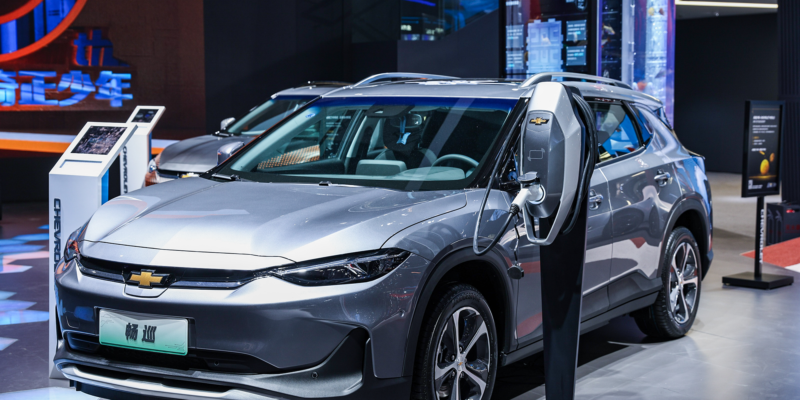


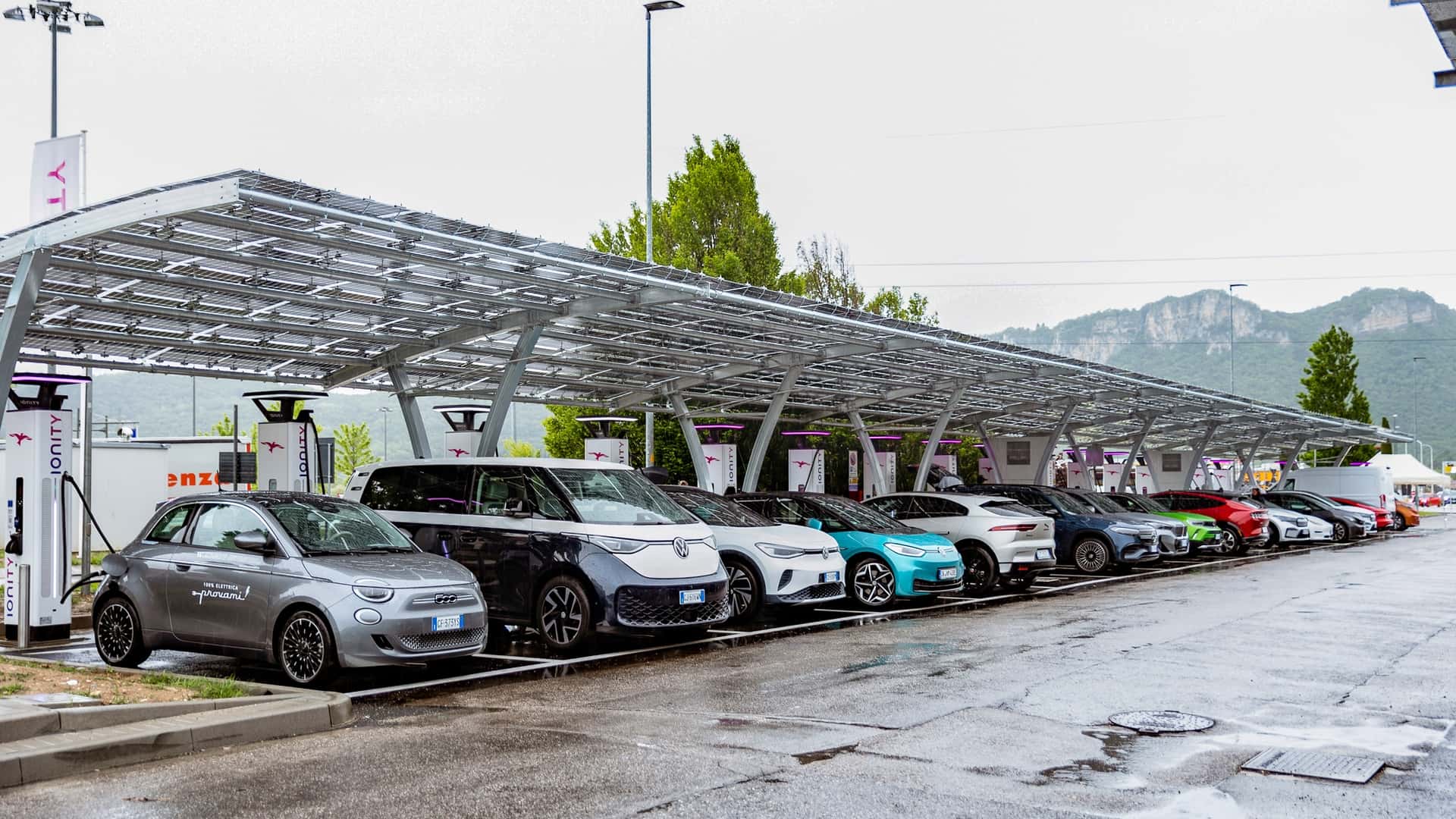


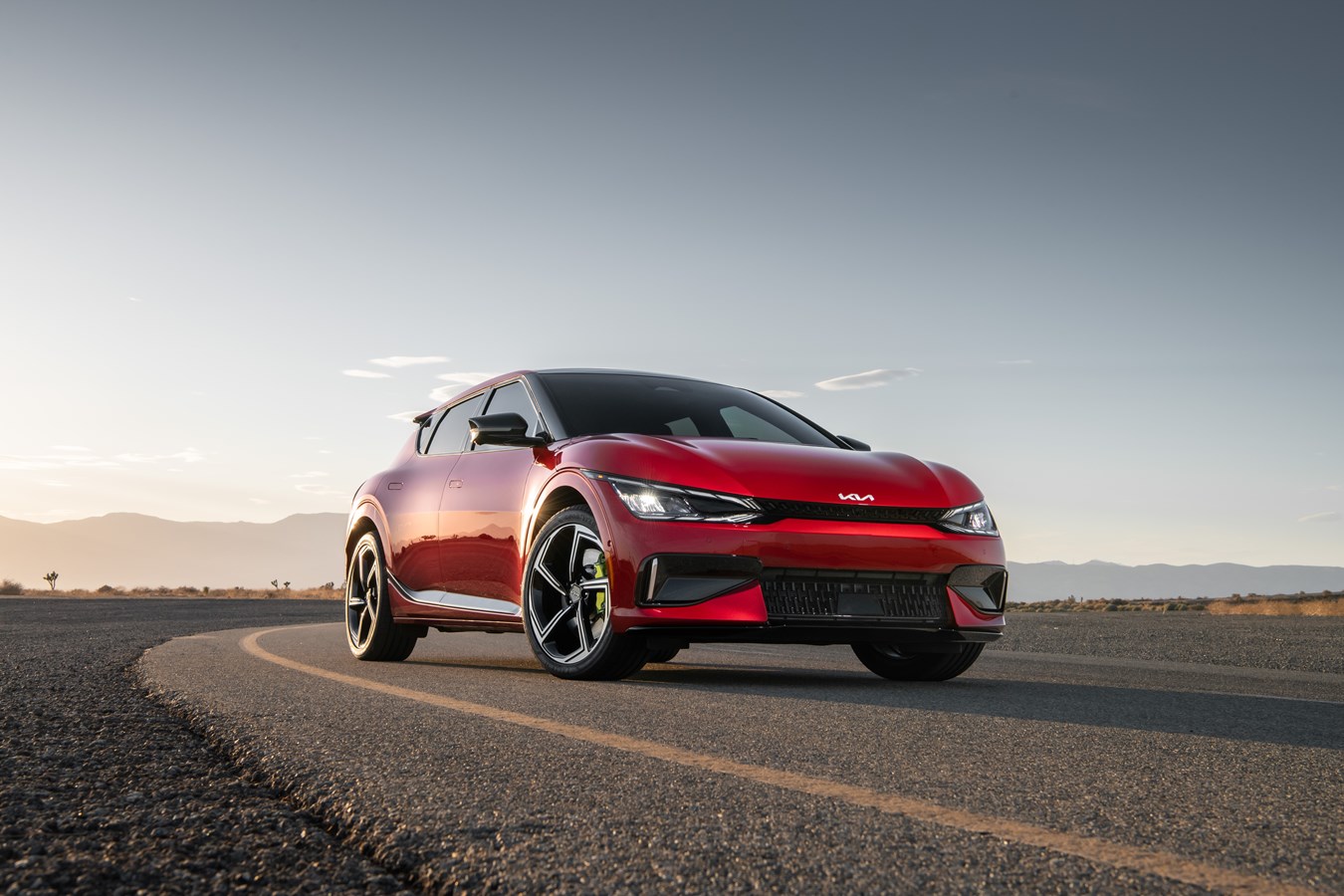






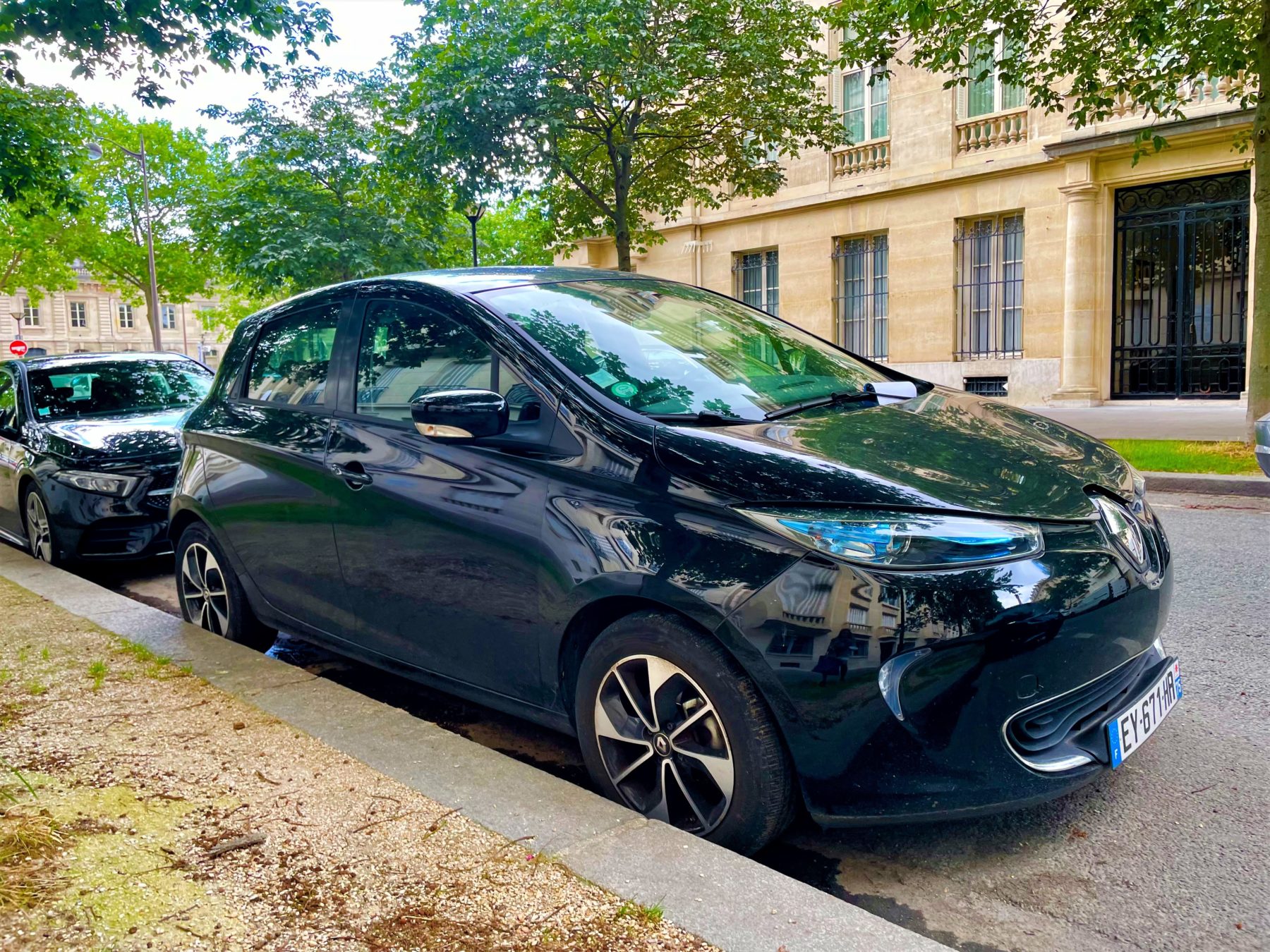

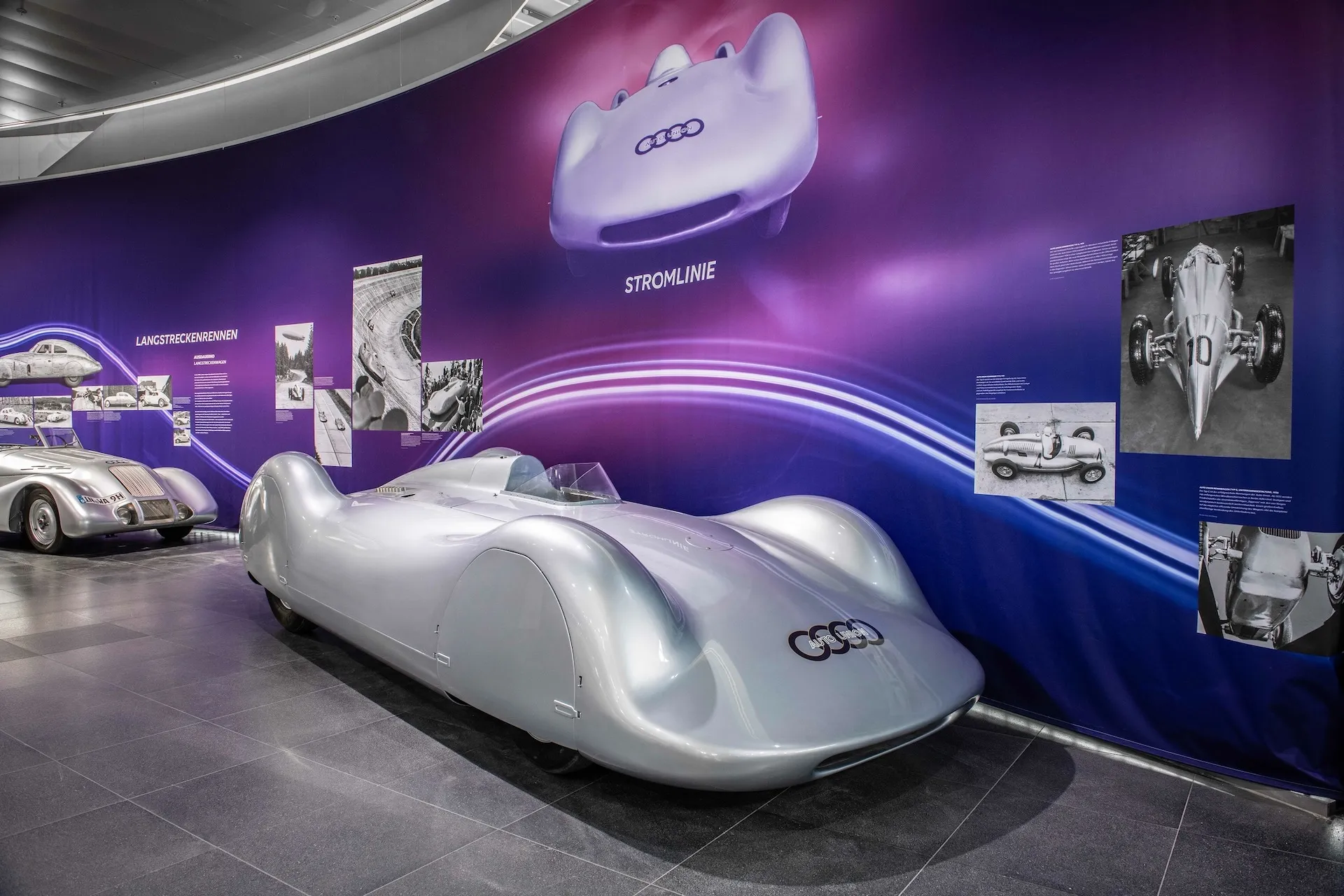






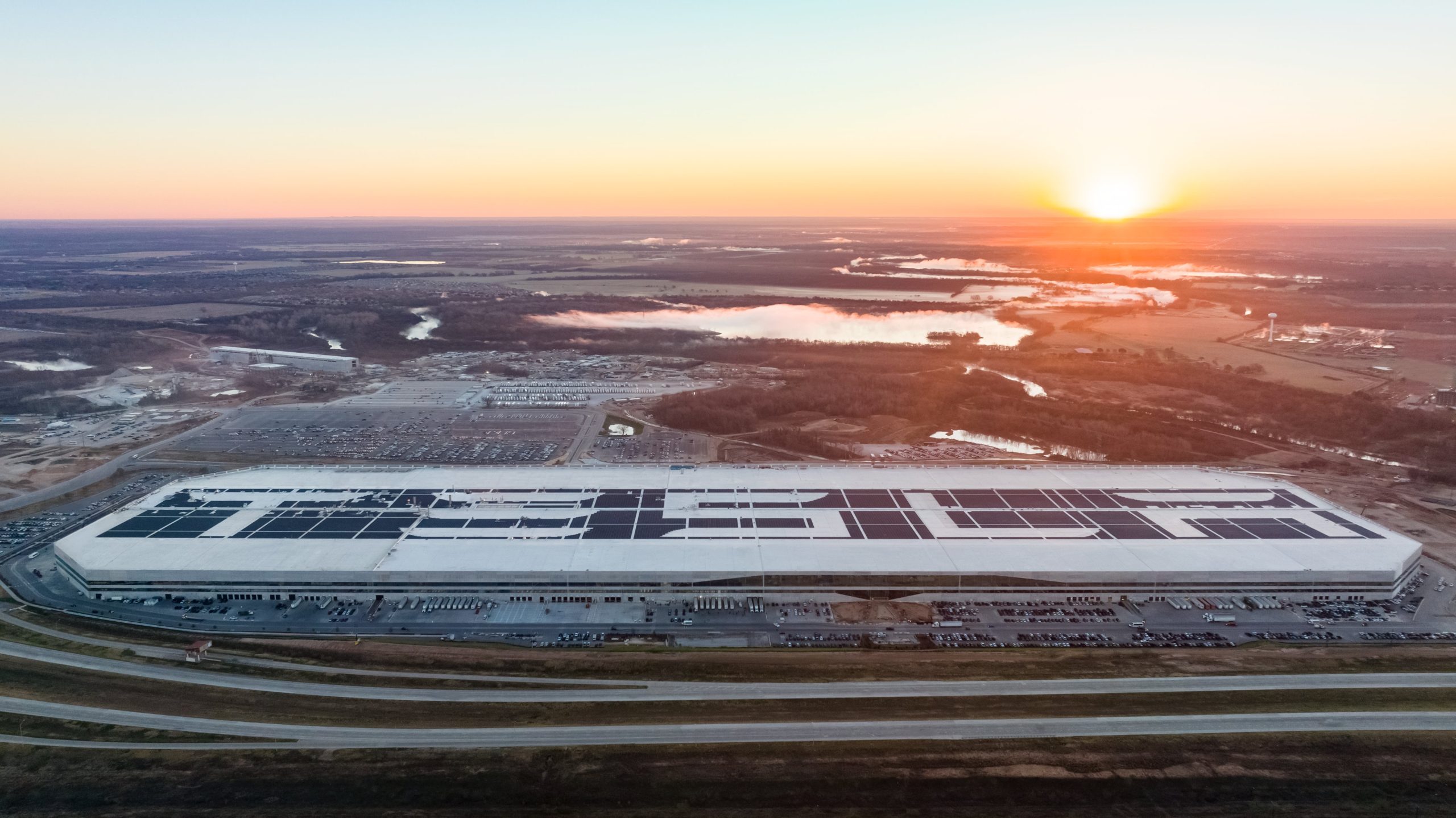


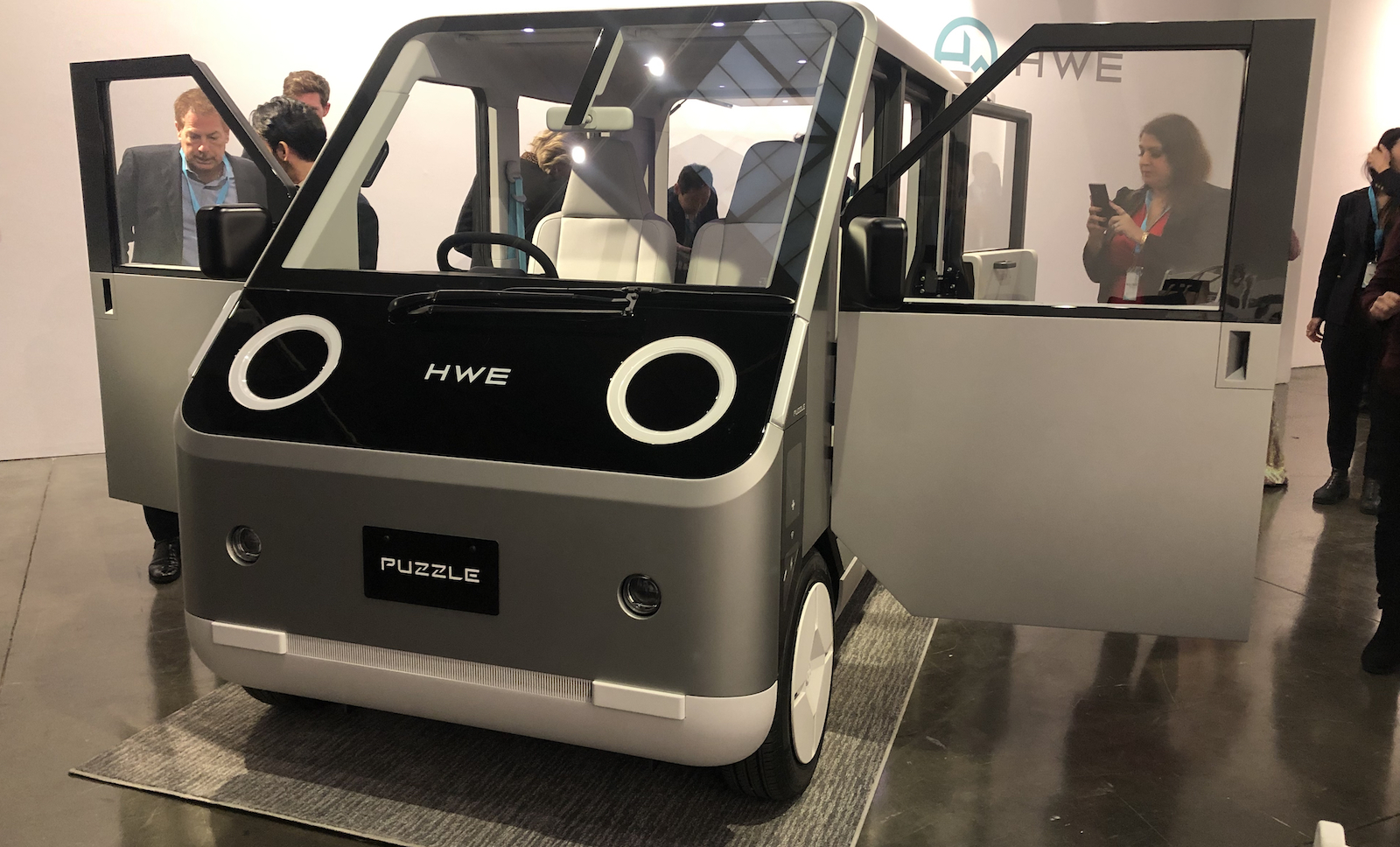
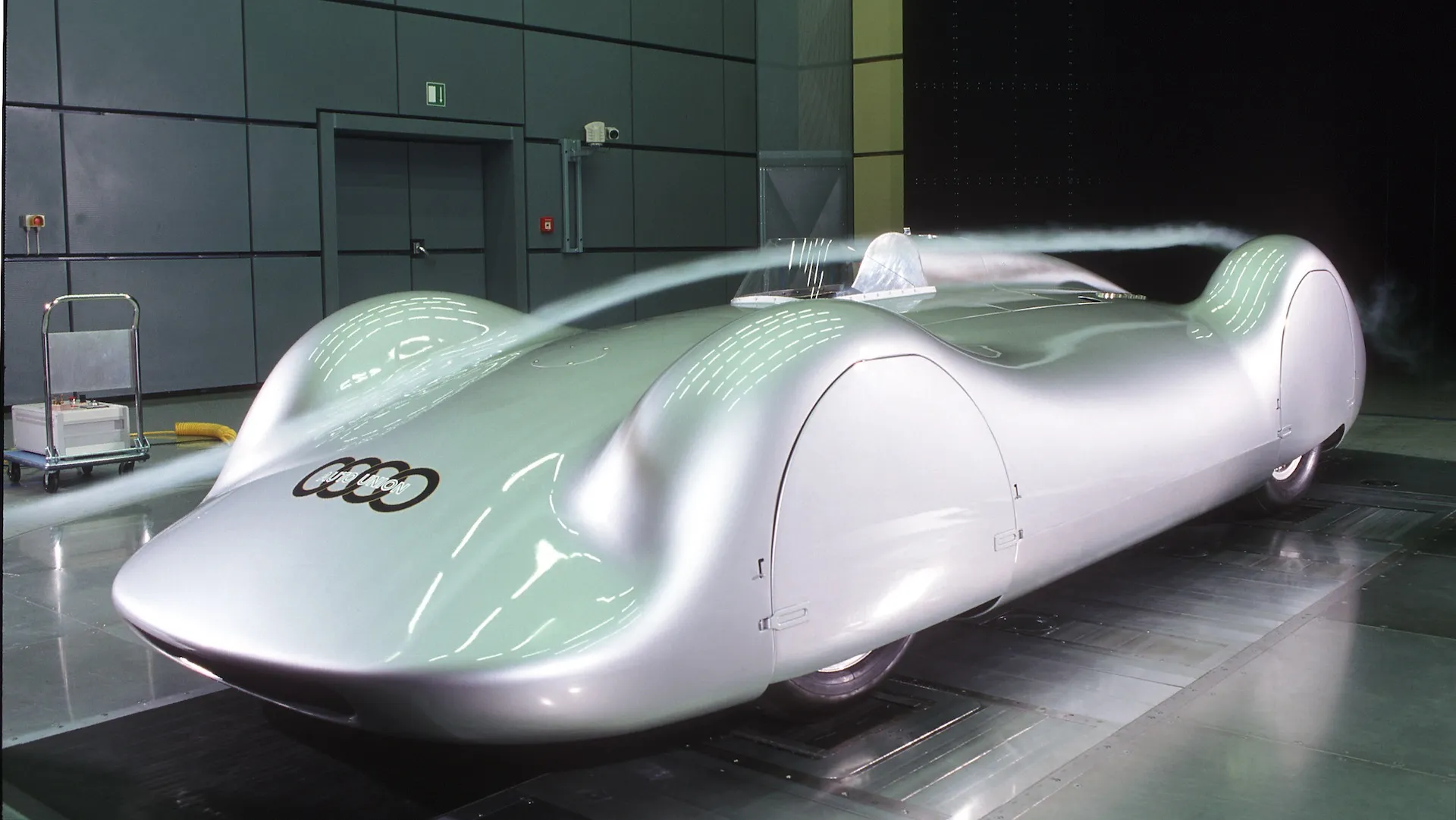
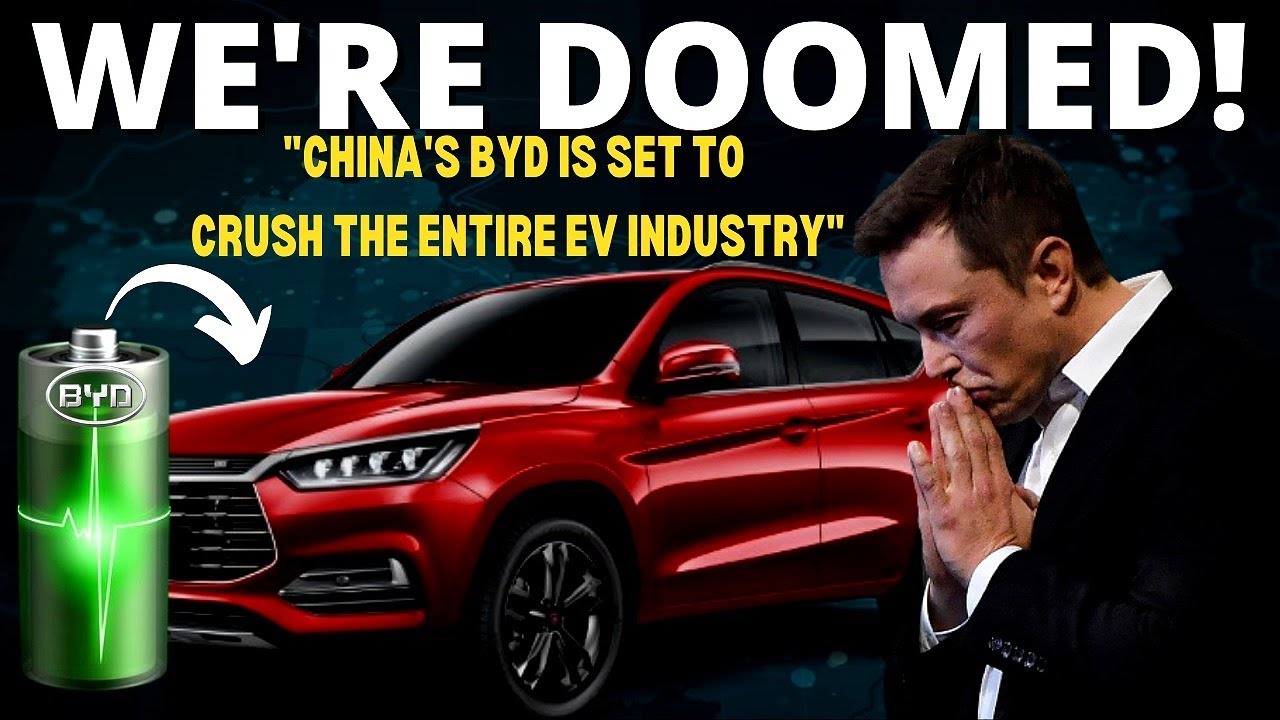





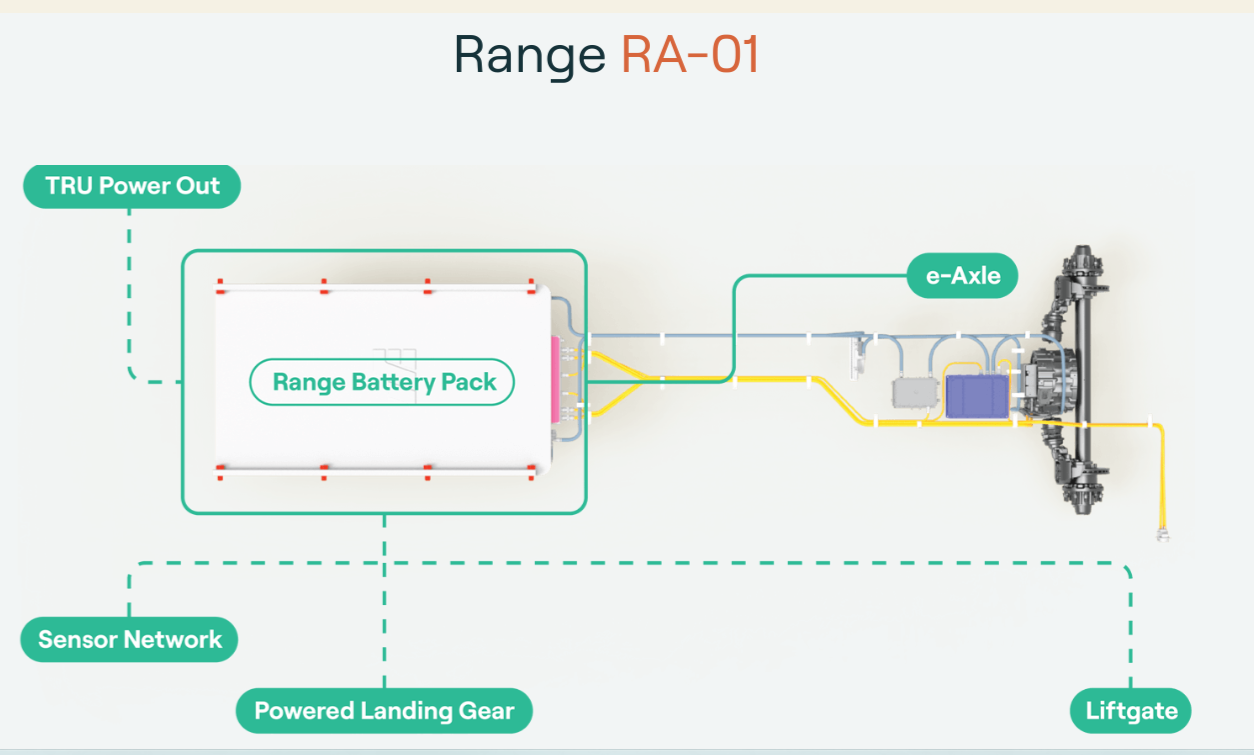

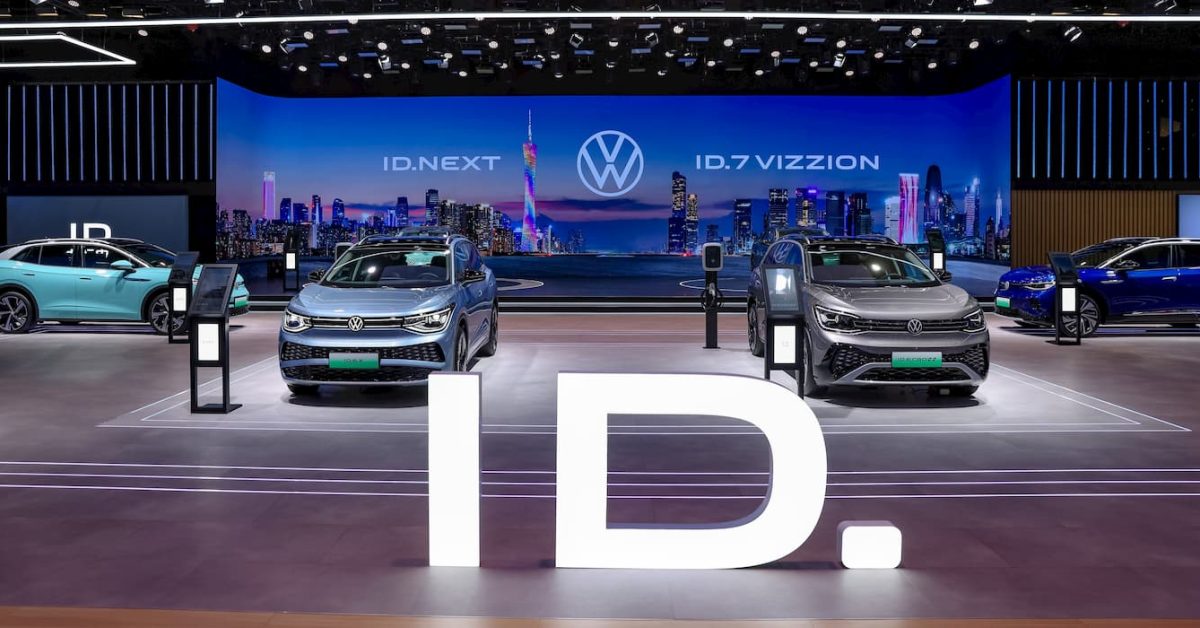

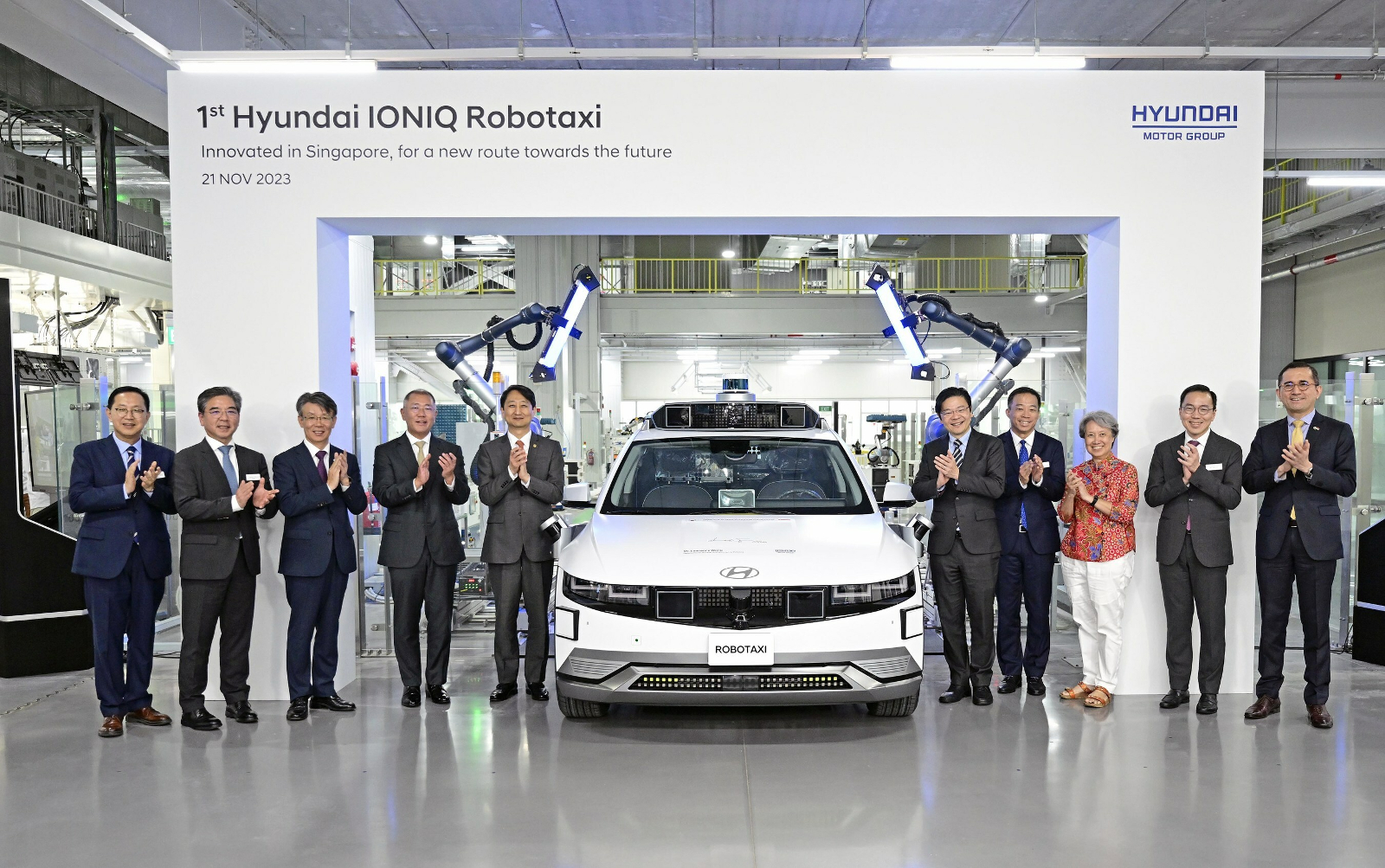




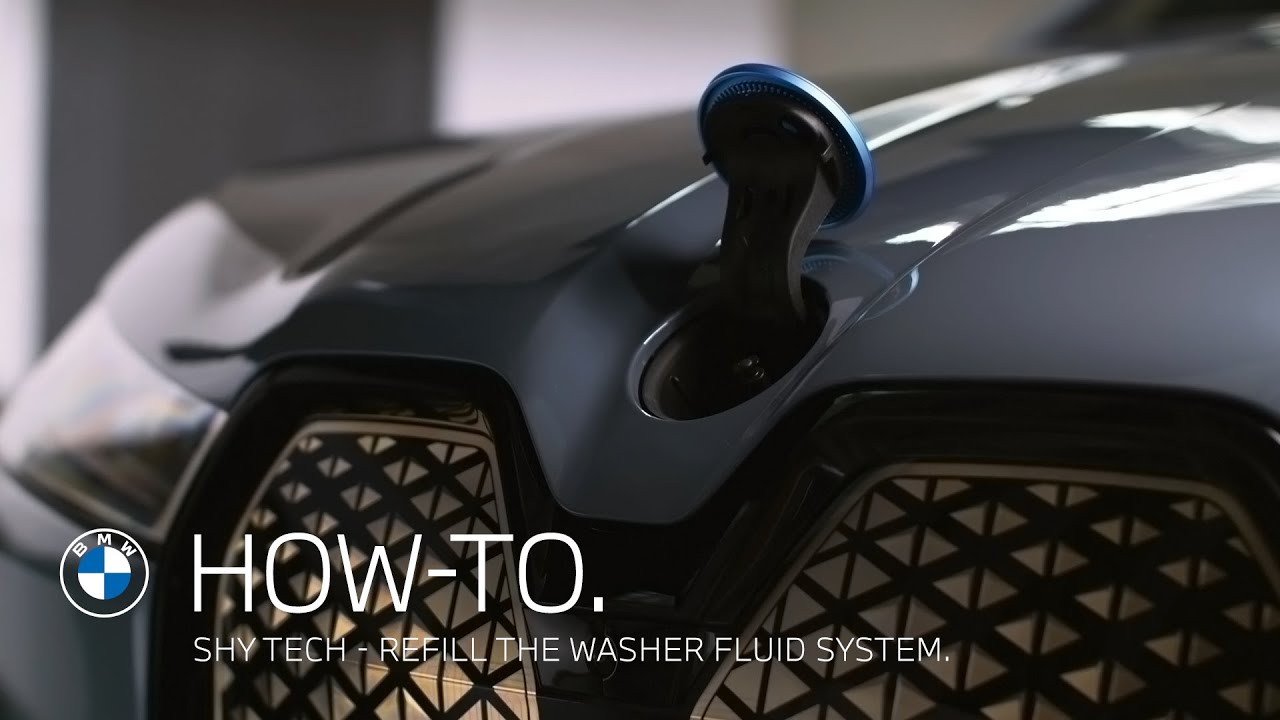




Leave a Reply
You must be logged in to post a comment.